
PHOTOGRAPHY
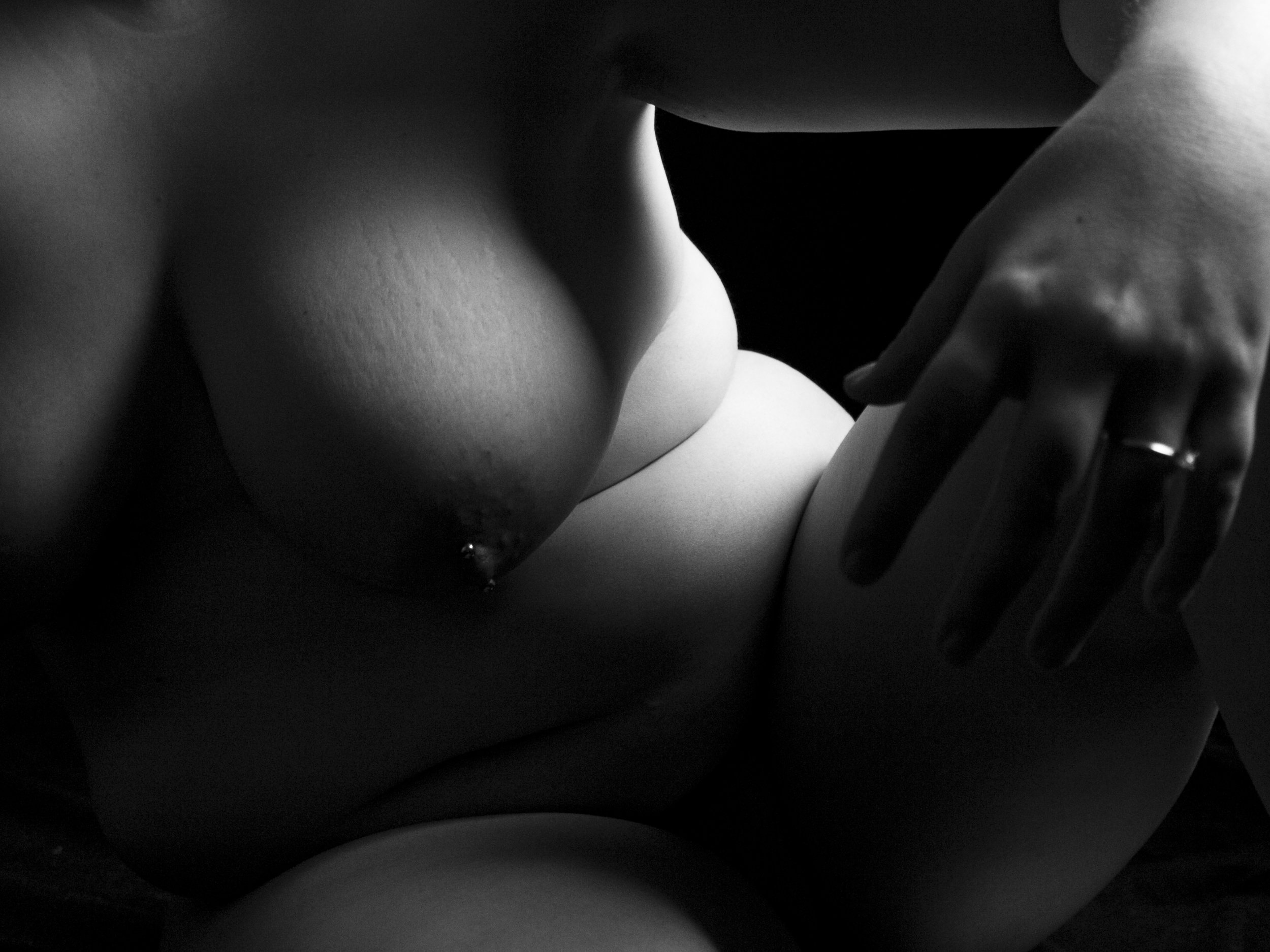
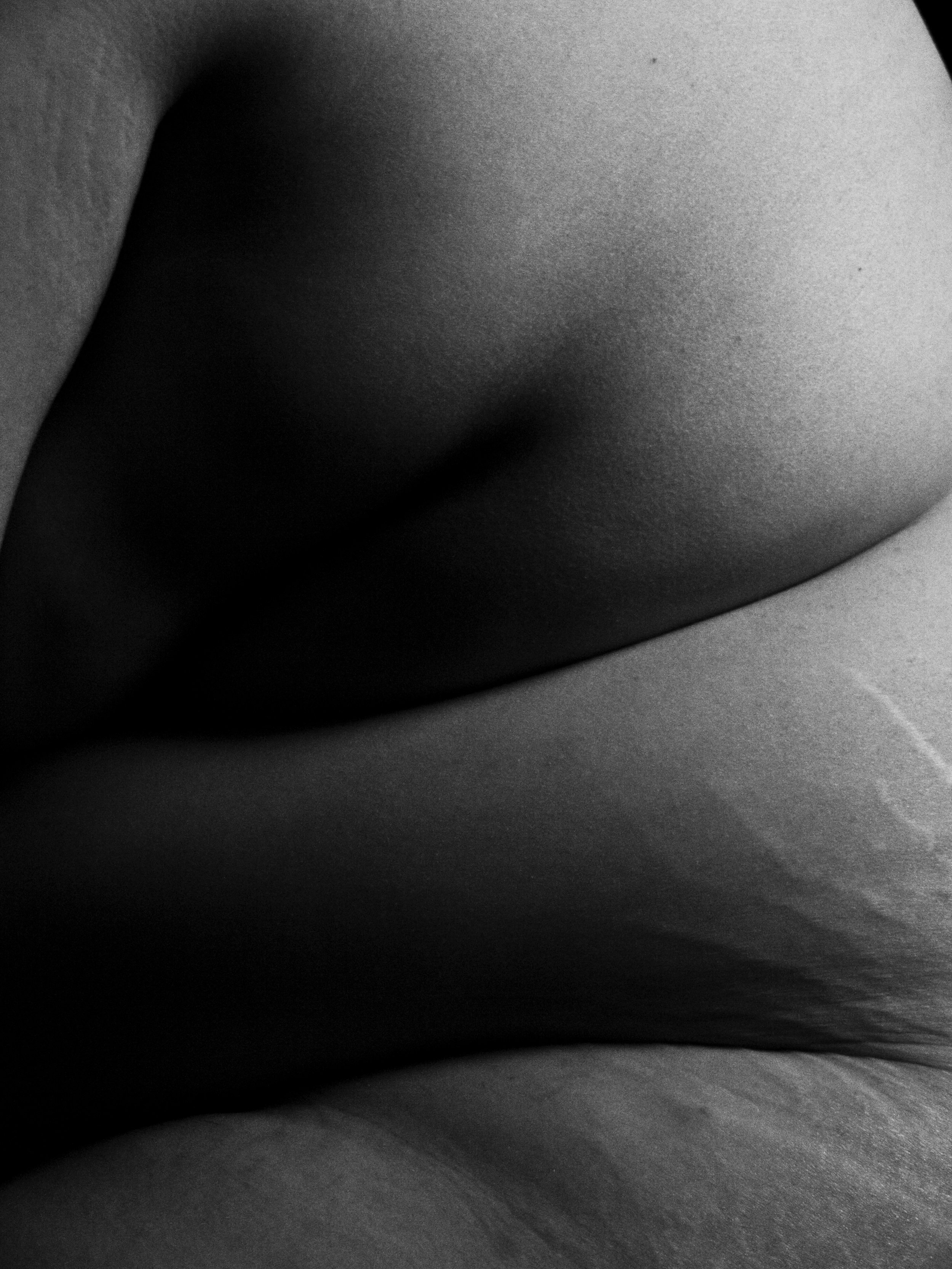
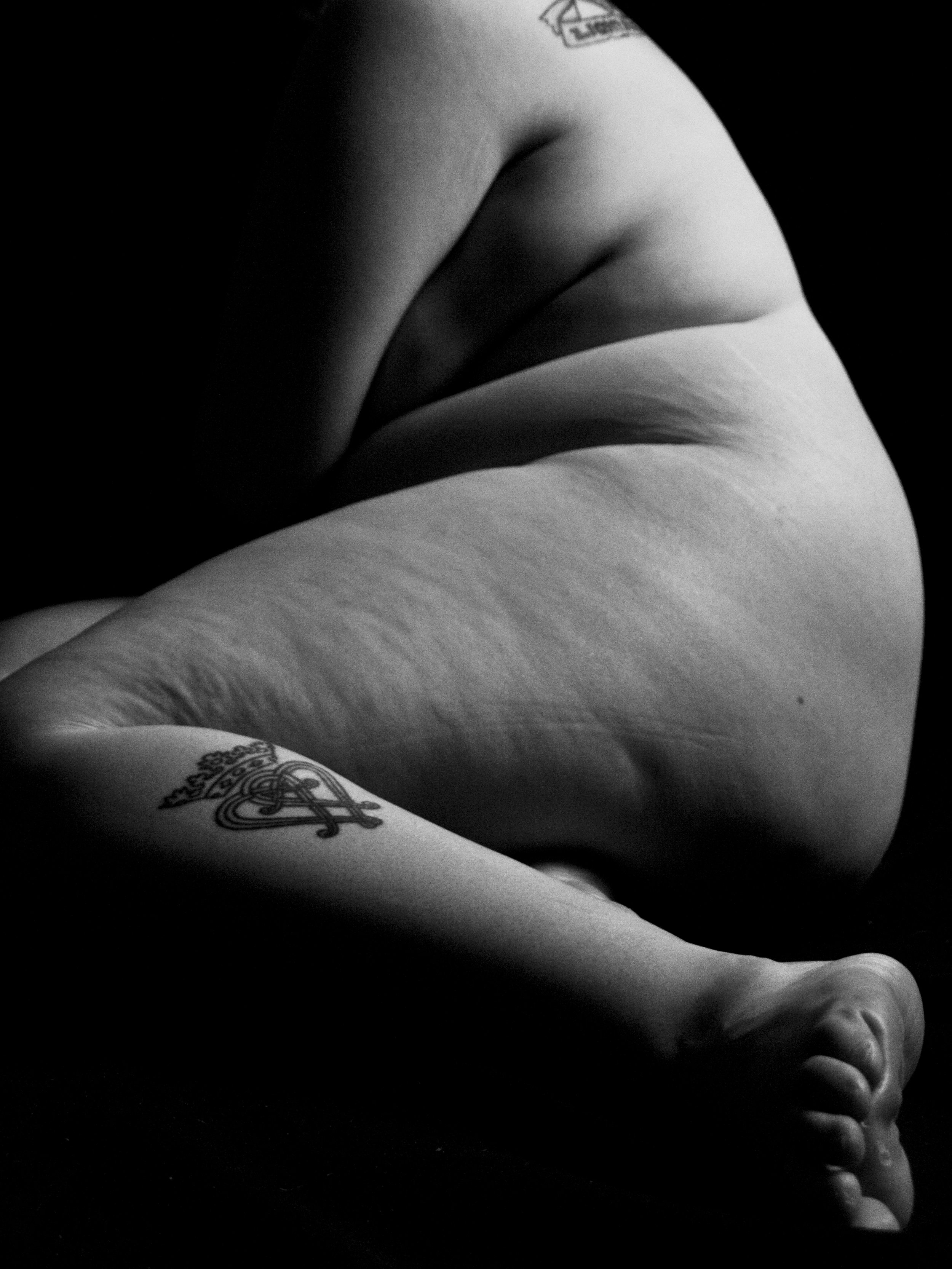
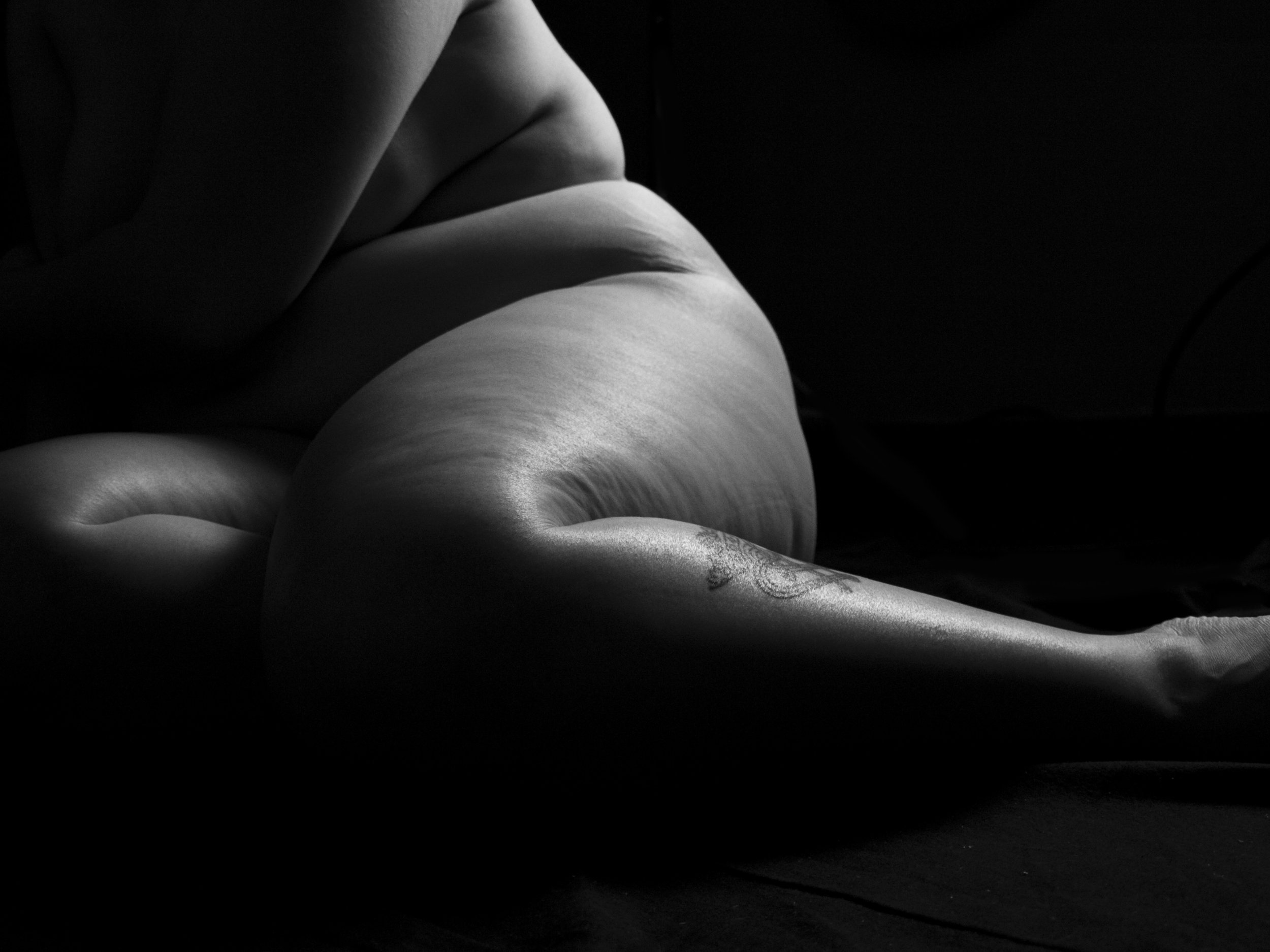
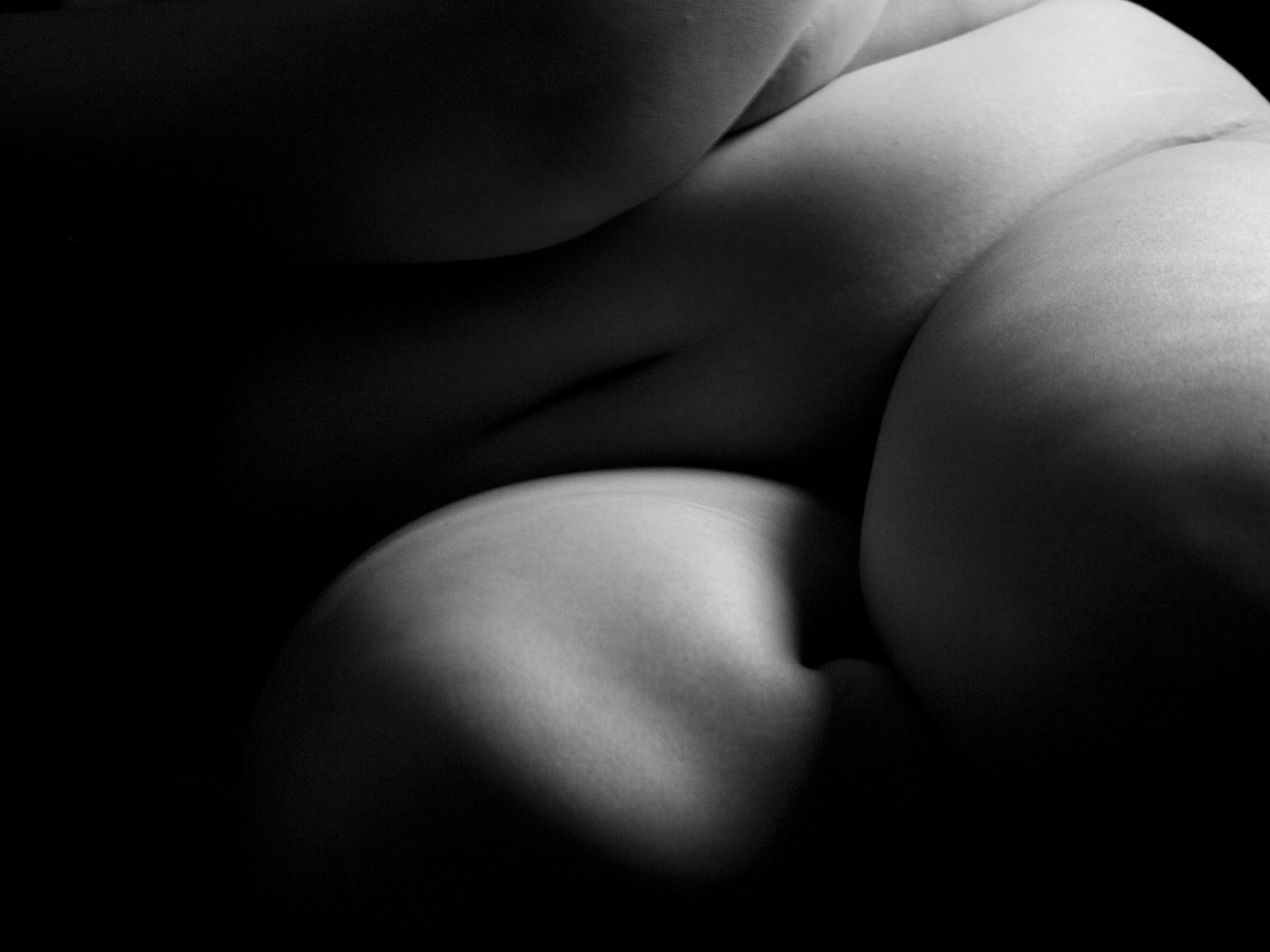
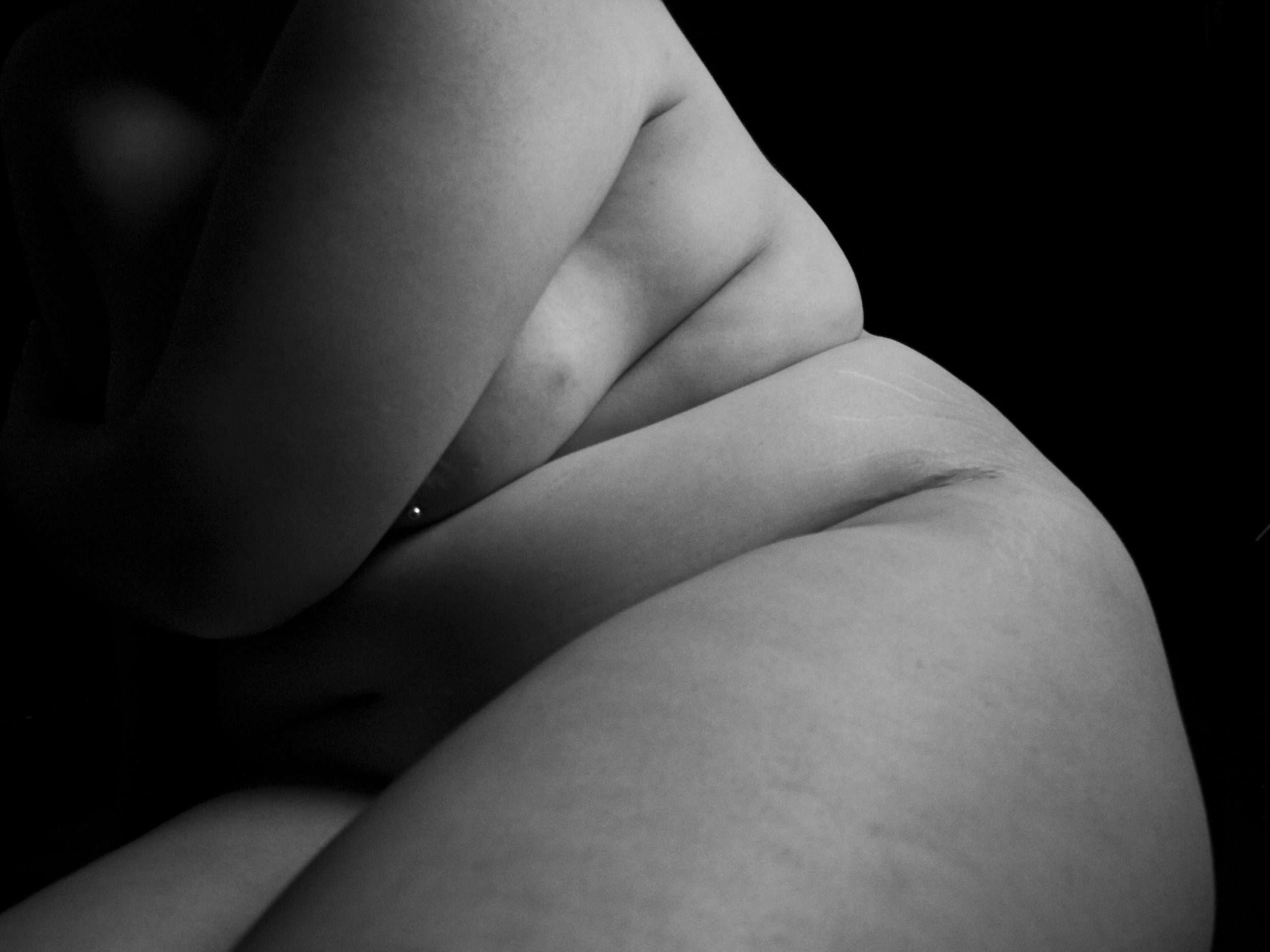
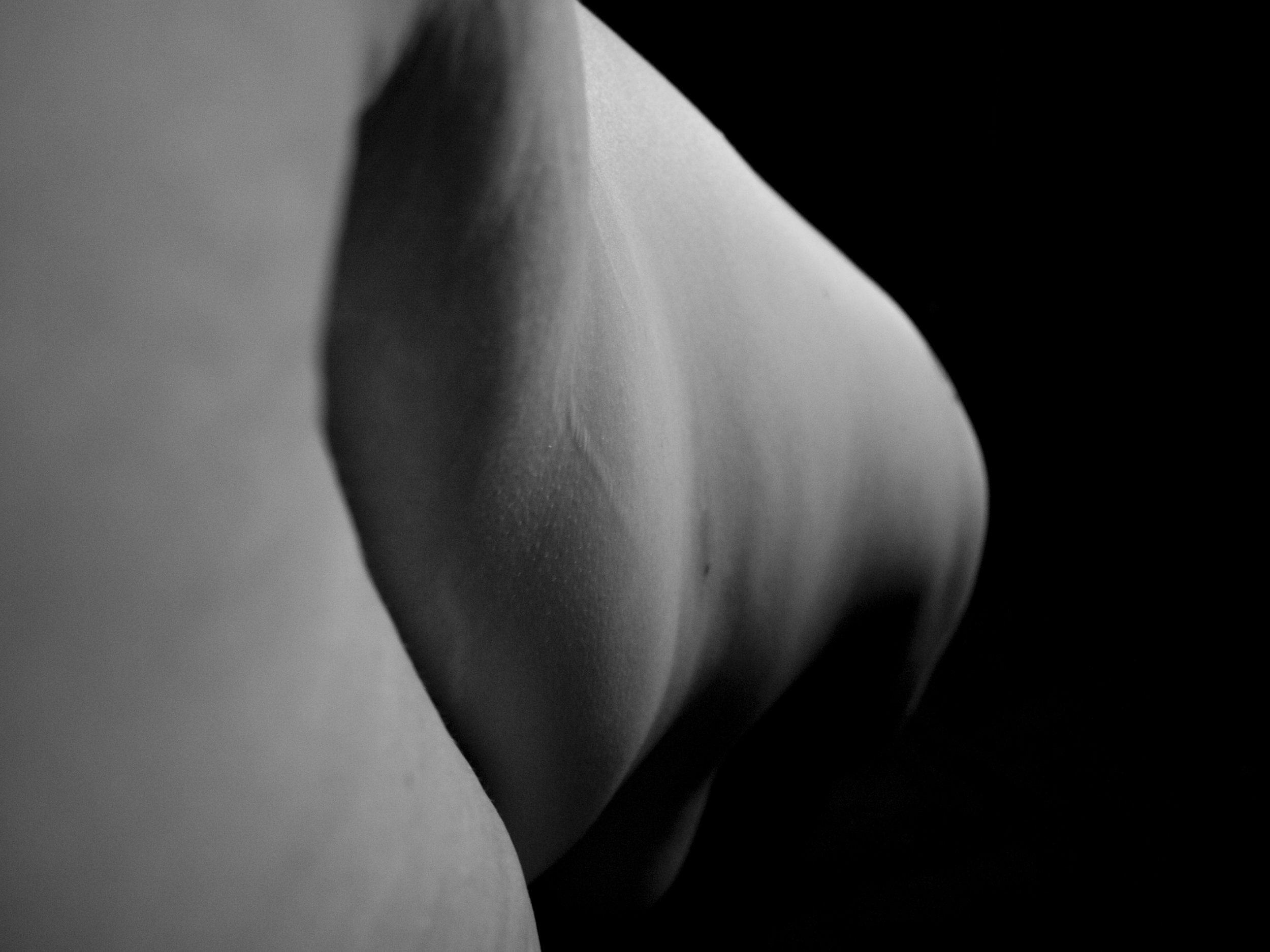
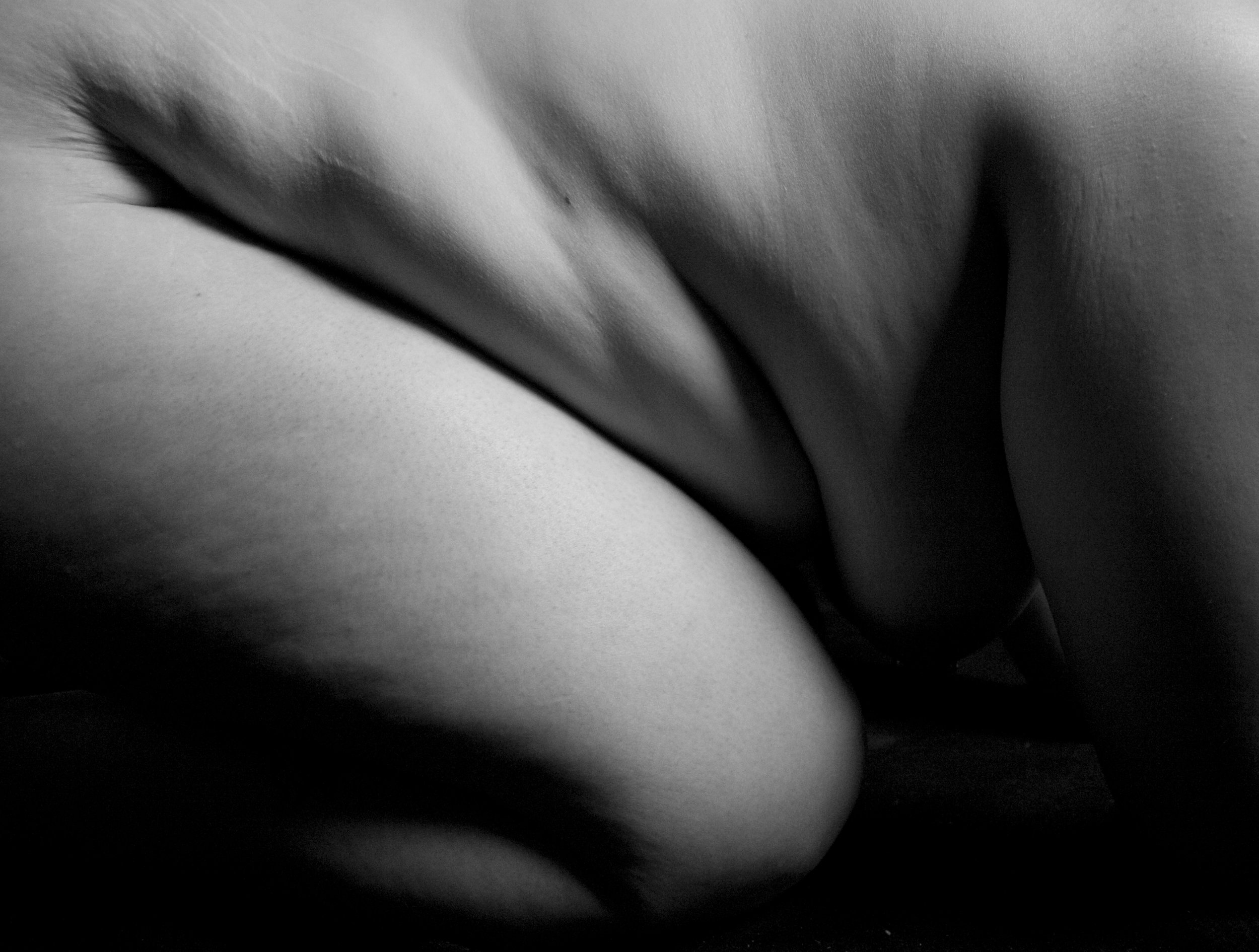
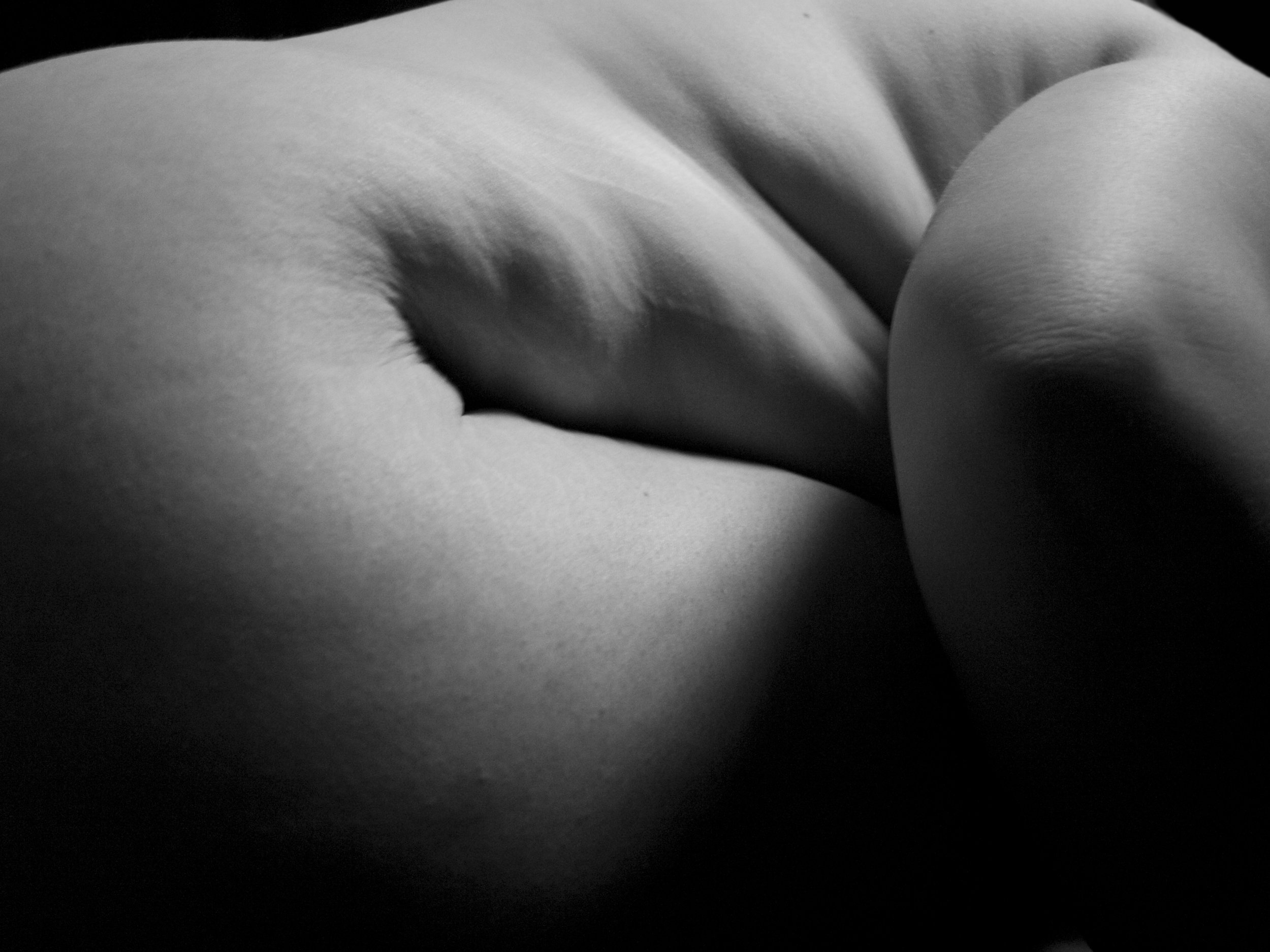
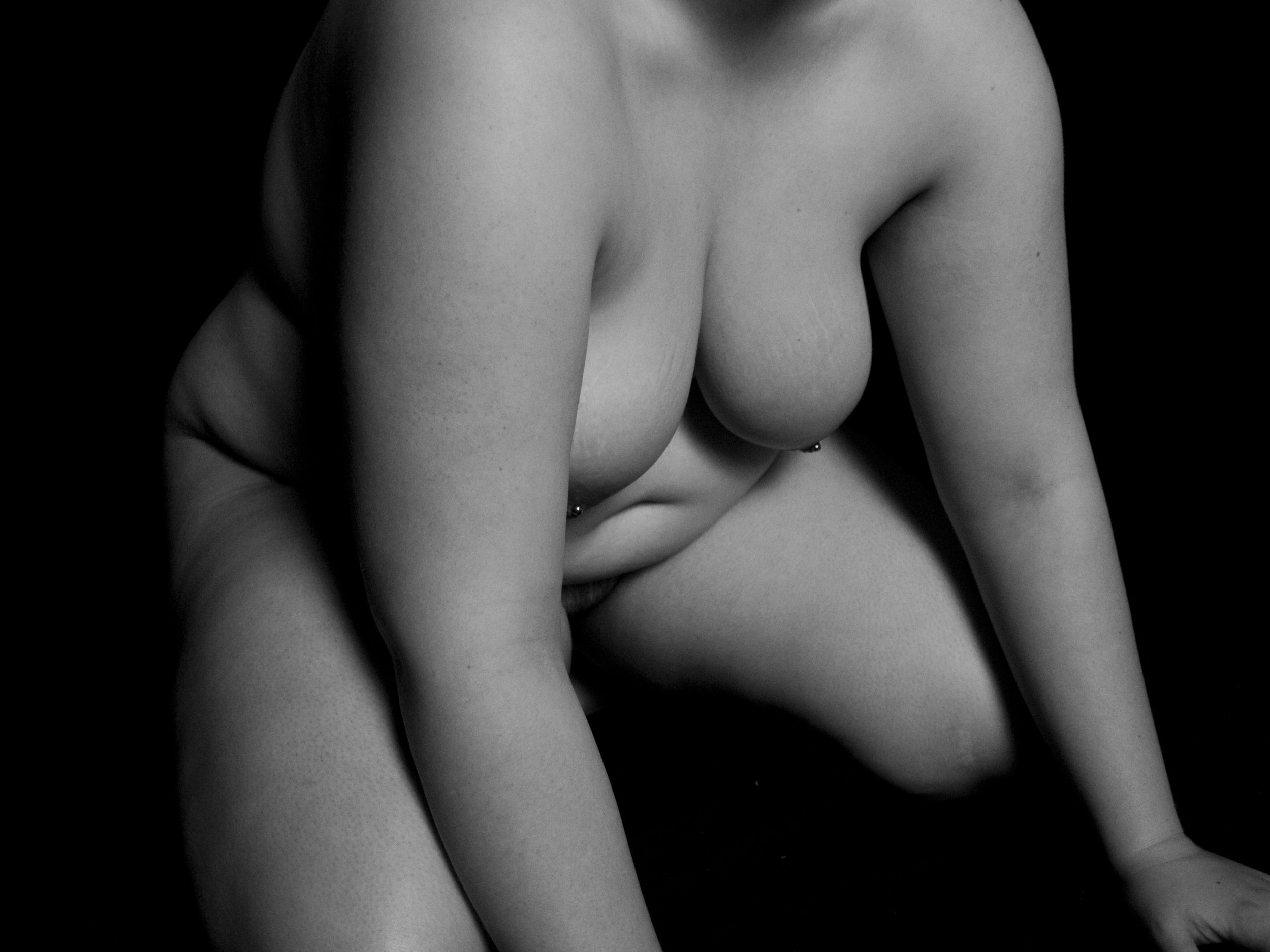
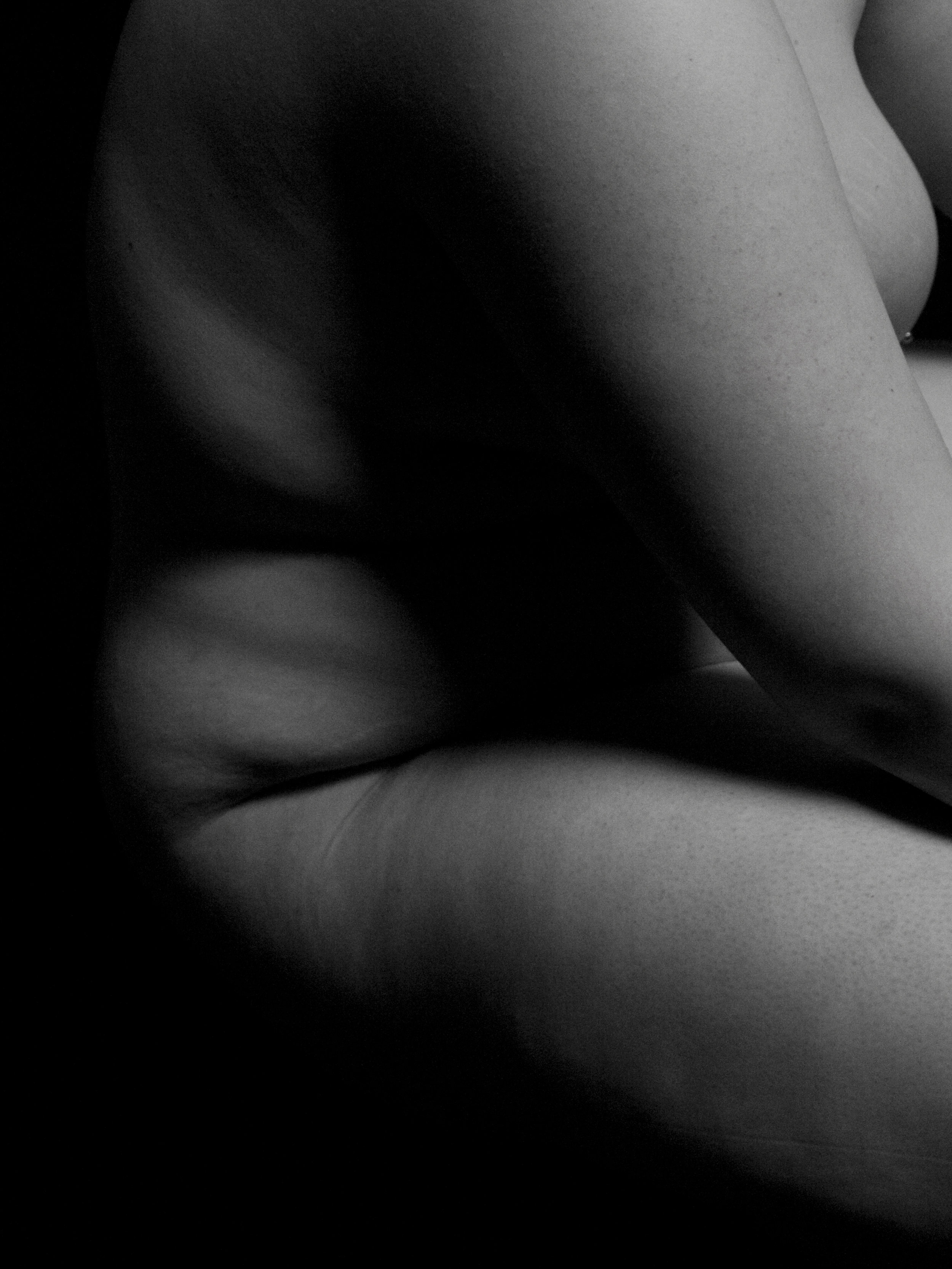
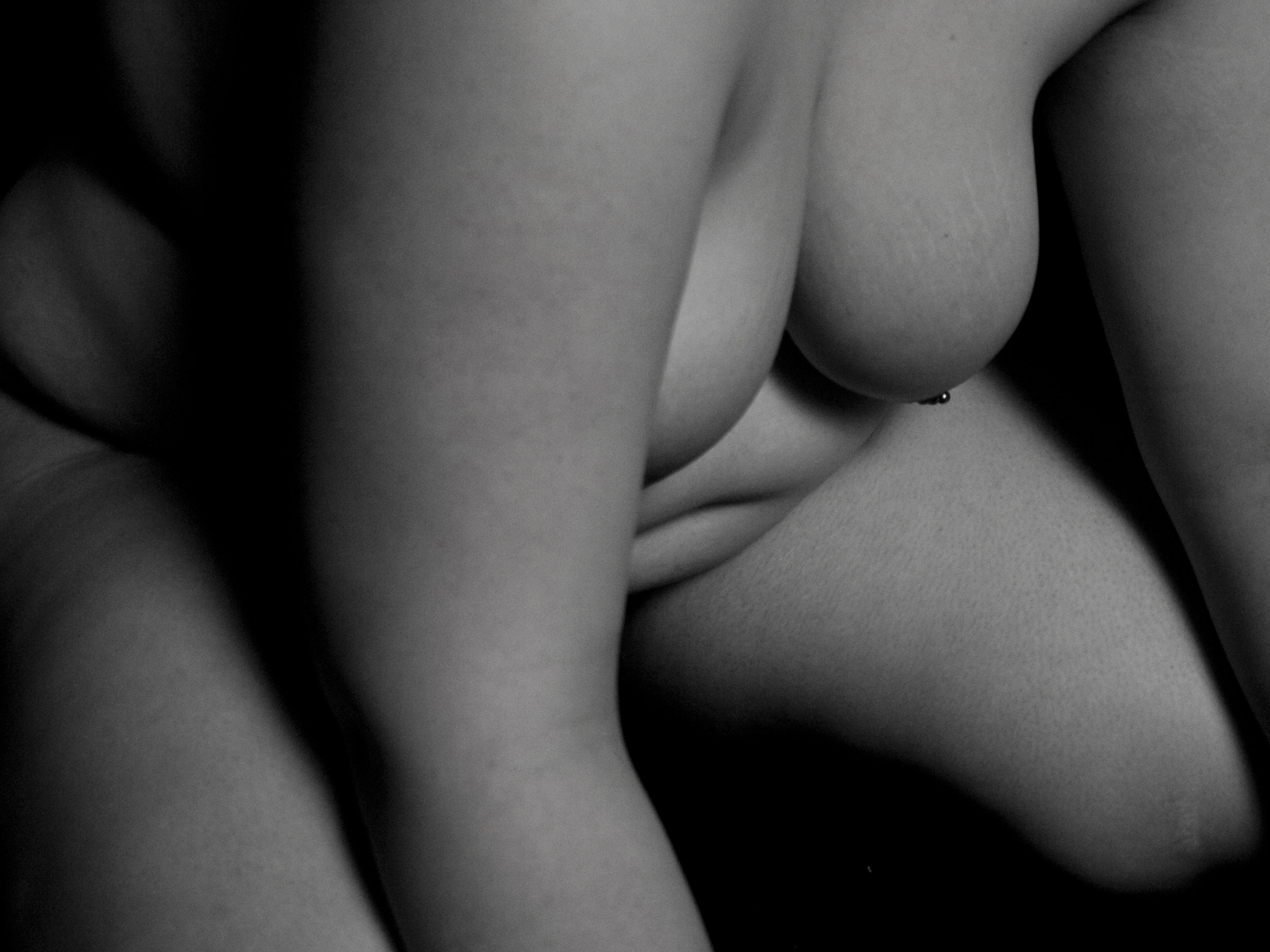


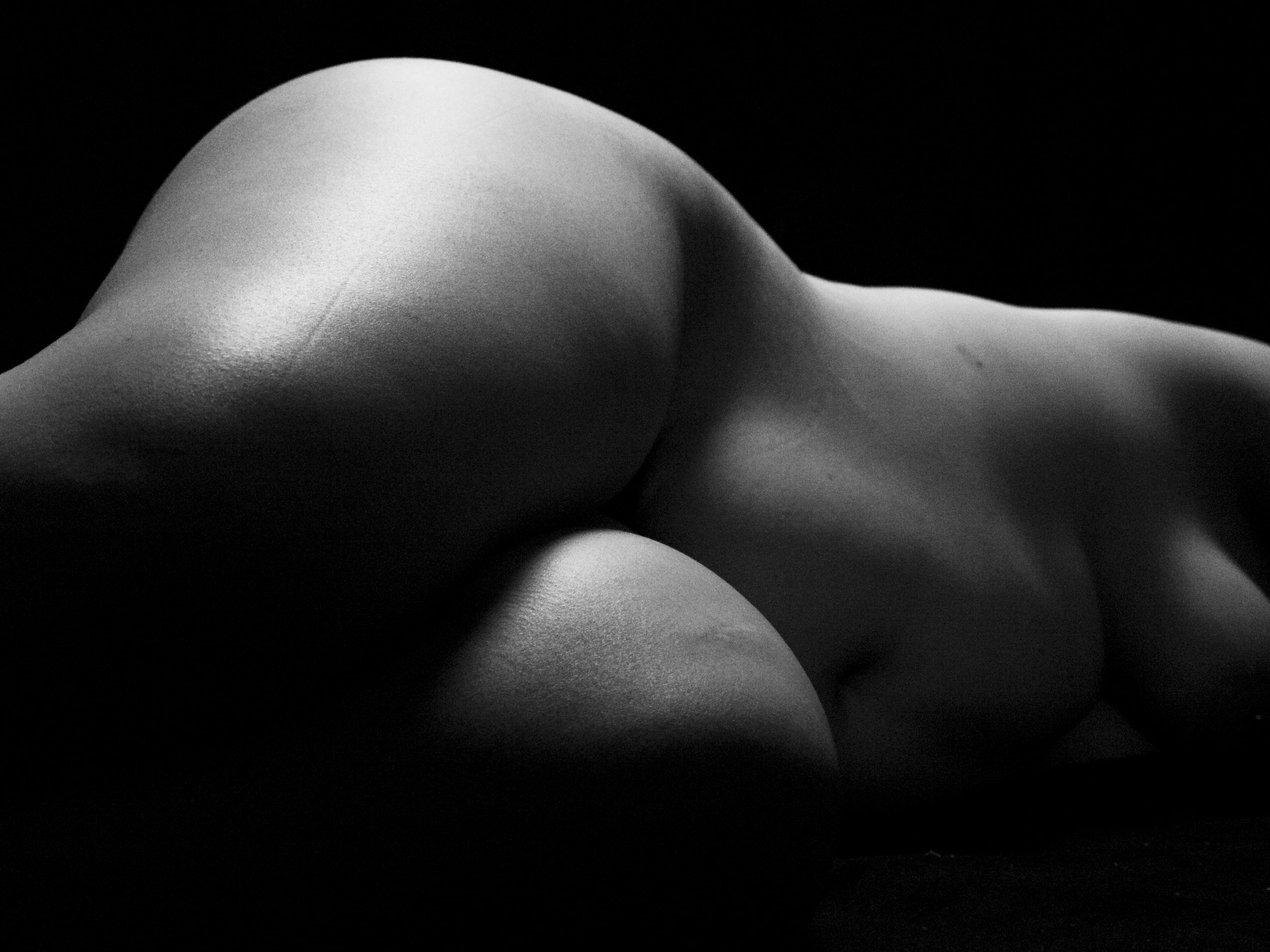
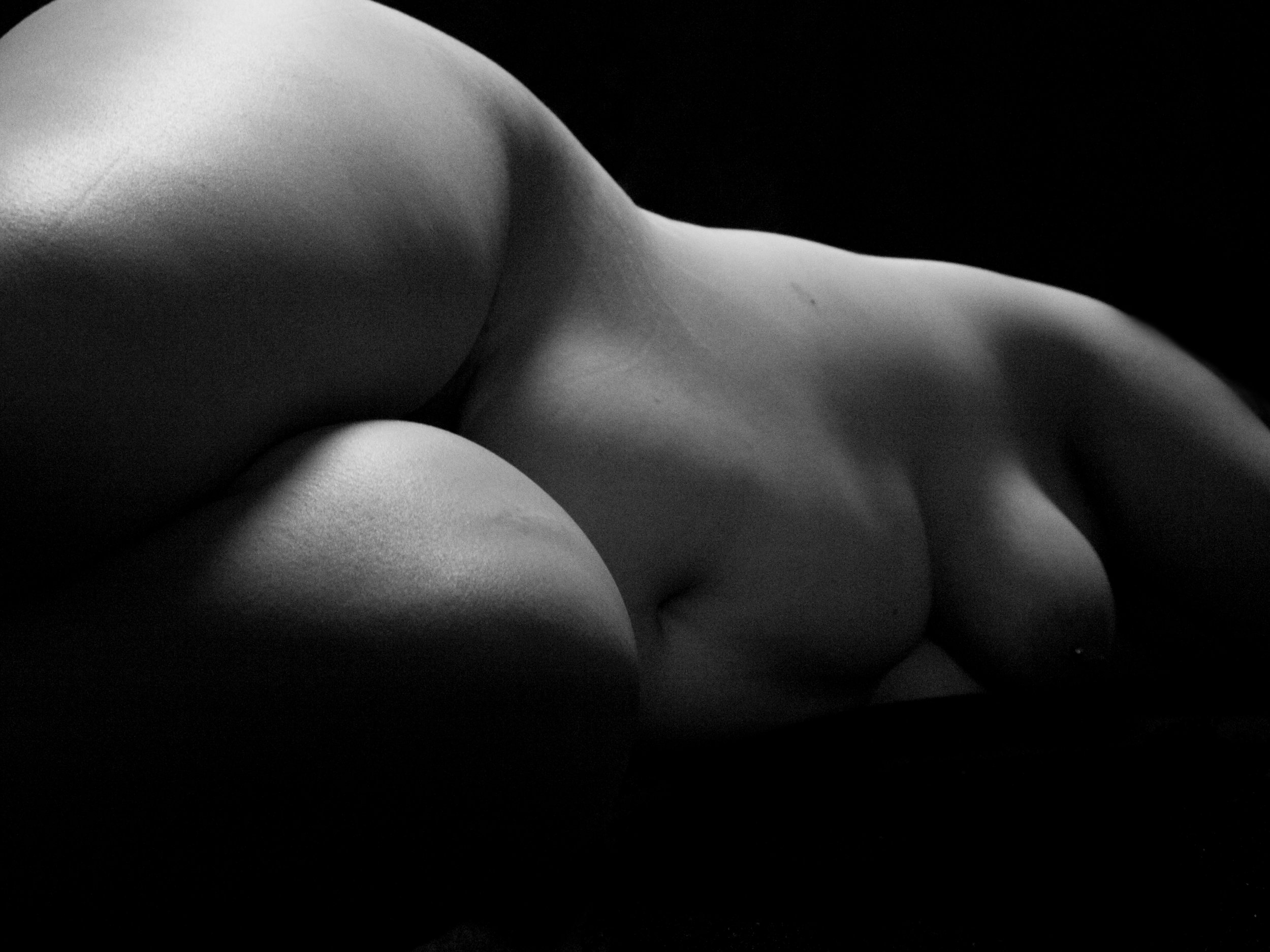


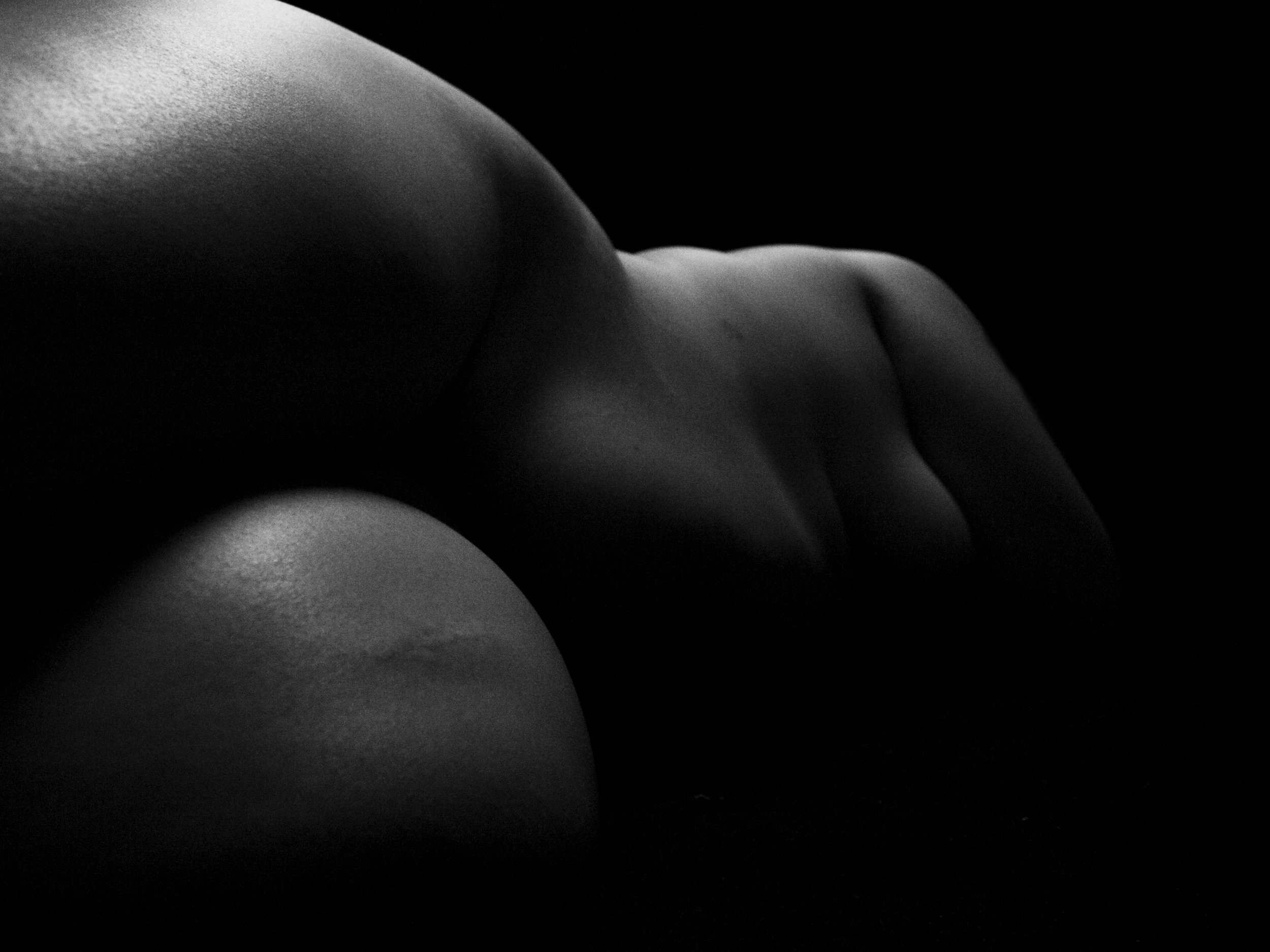
Plush Series 1: Self-Portraits
Inspired by the body landscape photographs of Weston, Penn, and Brandt, this series of images explores the fat body in abstract closeness. Interested in the line between “abject” and “object” I’m putting the fat female body on display in a way that invites the viewer to look closely at imperfections we are told to hate” cellulite, stray hairs, pimples, stretch marks….all natural on the body and all framed and photographed in a formally “beautiful” aesthetic way. By borrowing the high contrast, chiaroscuro lighting that is often used to photograph the female by hiding imperfections, here I am instead highlighting those imperfections.
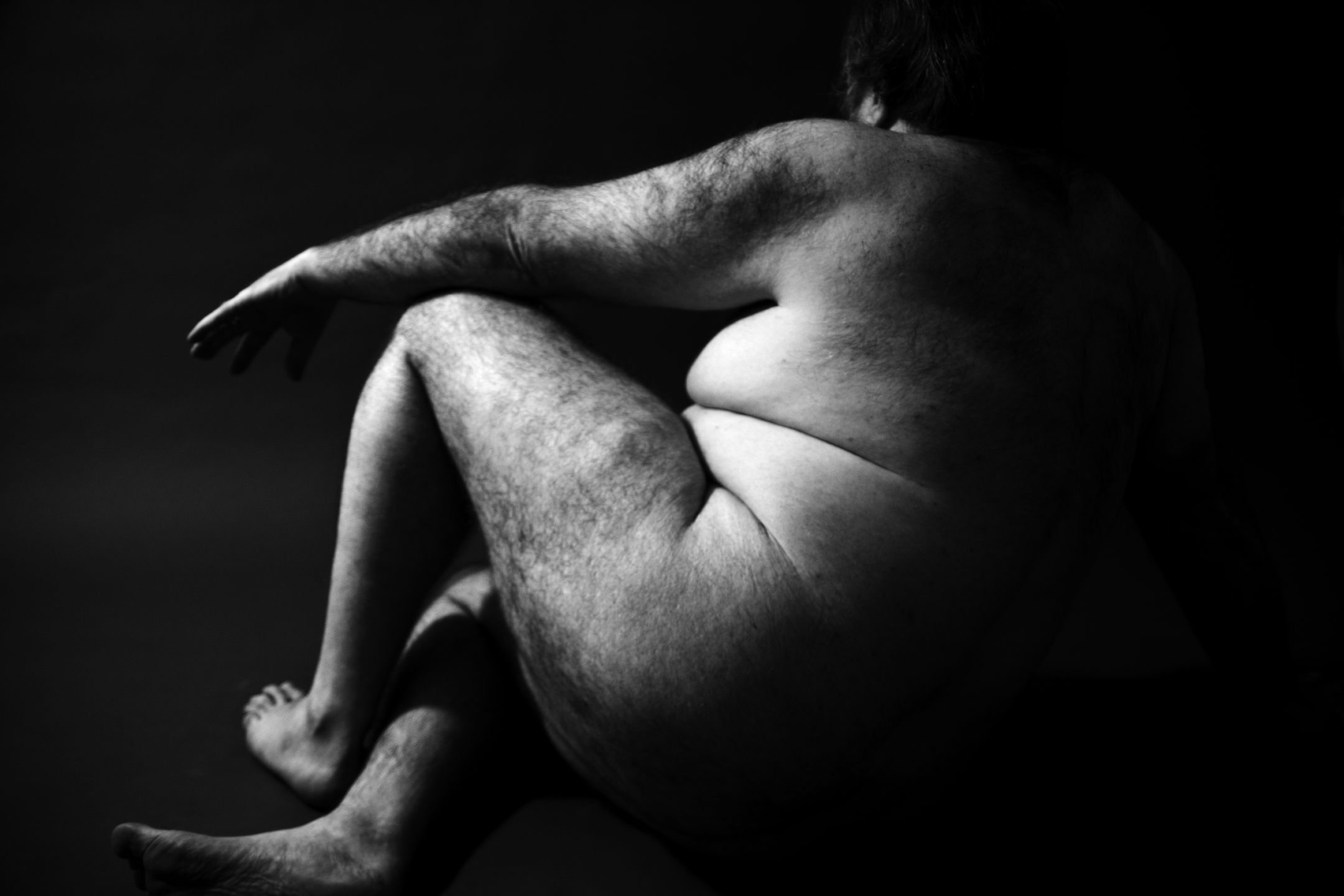
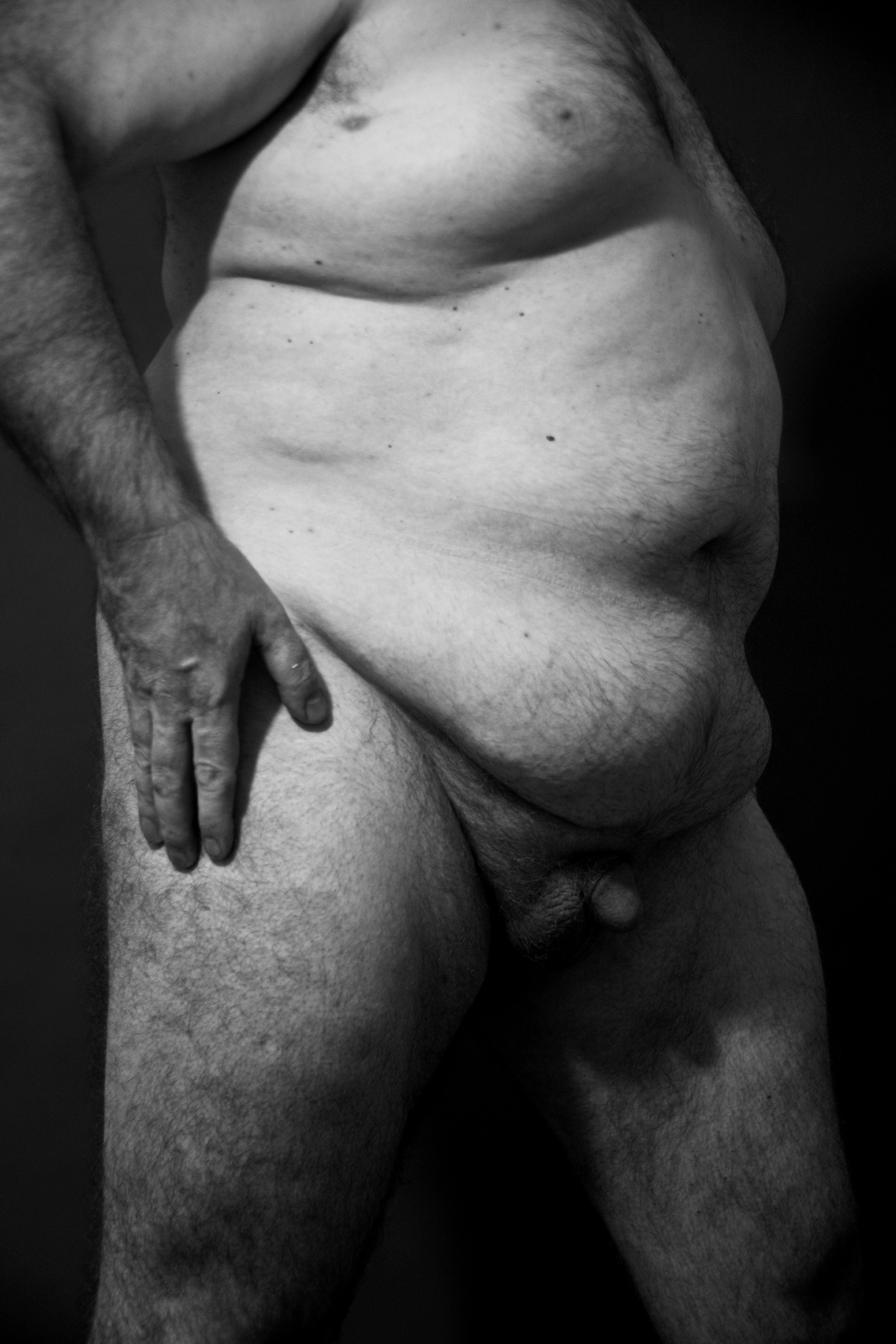
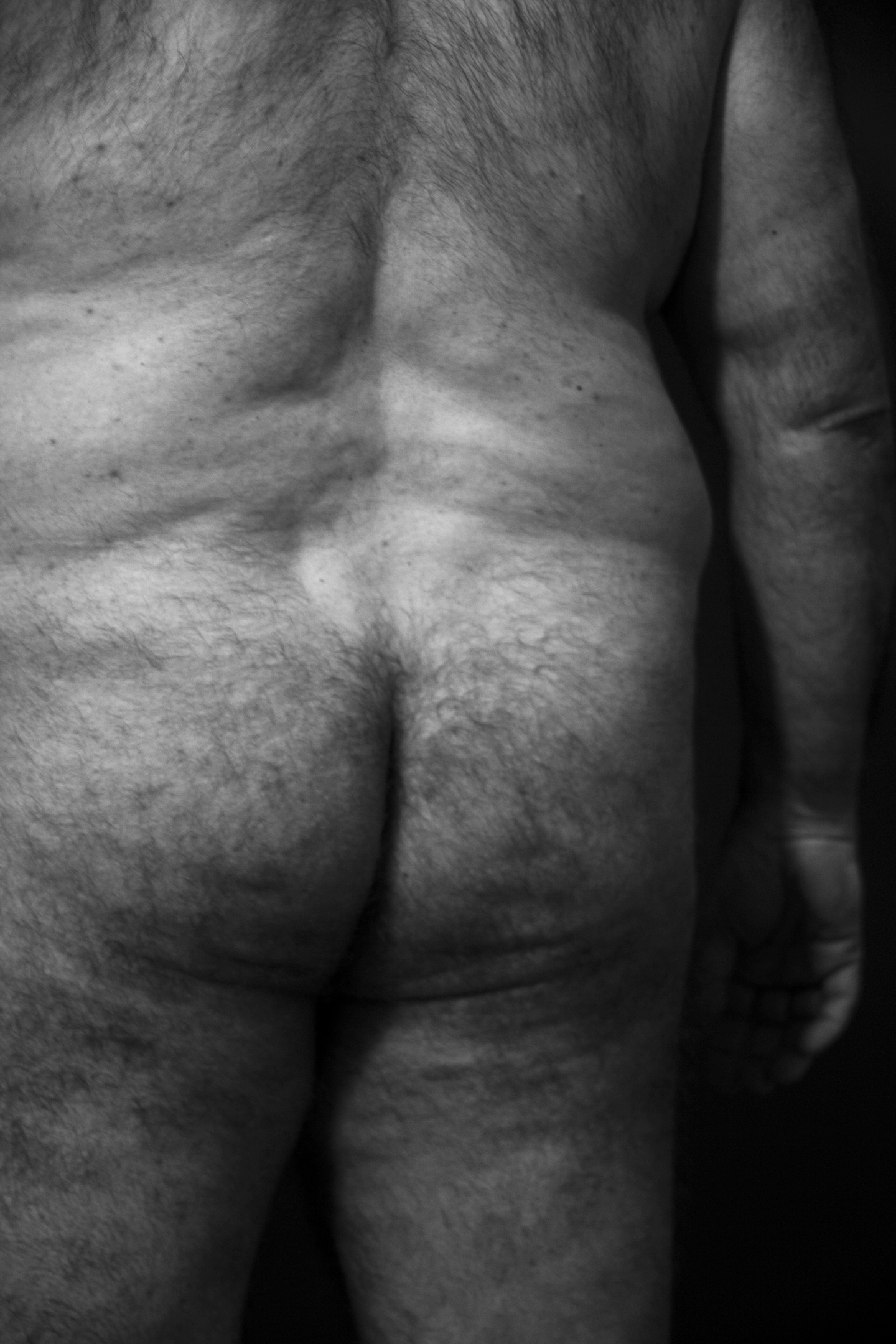
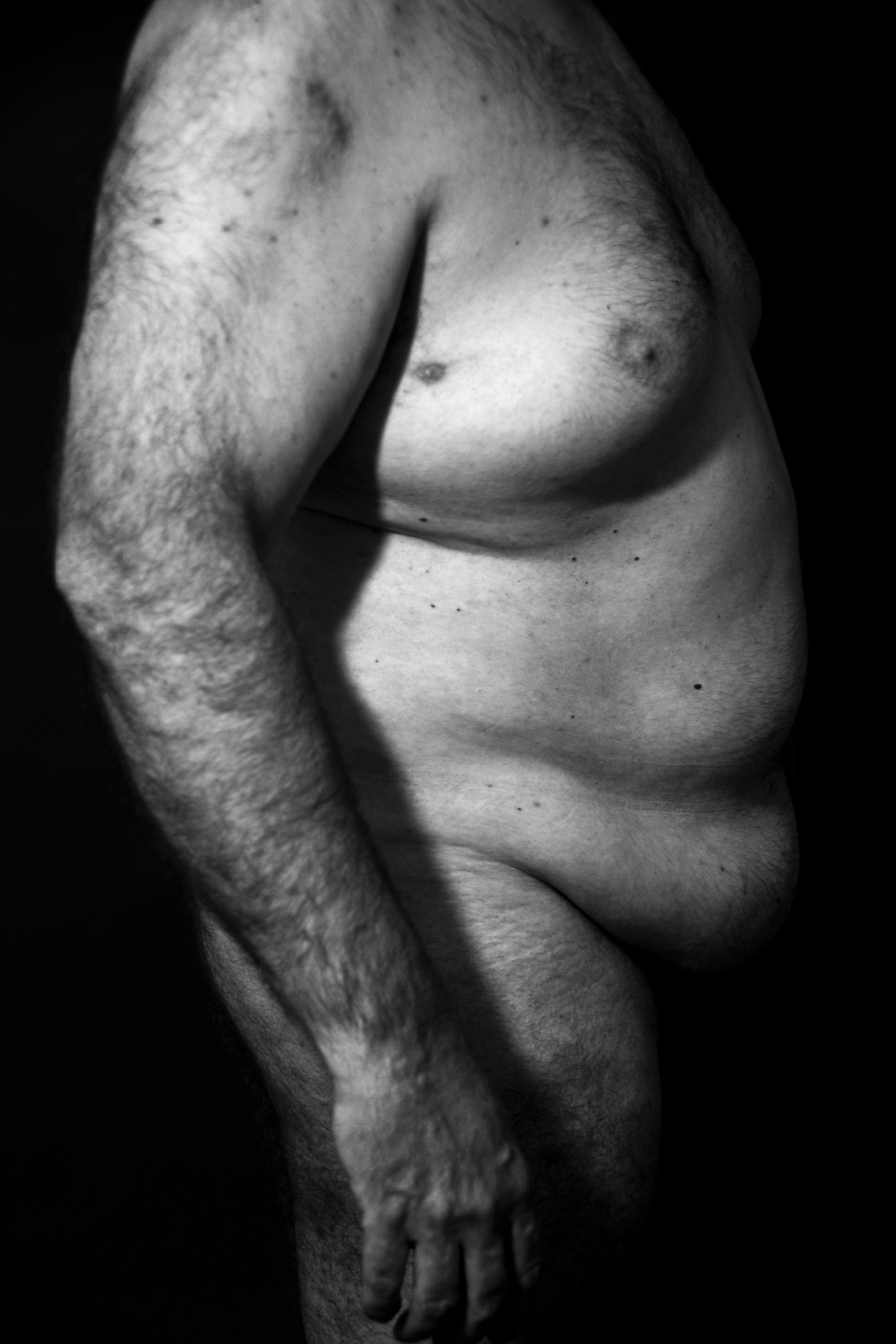


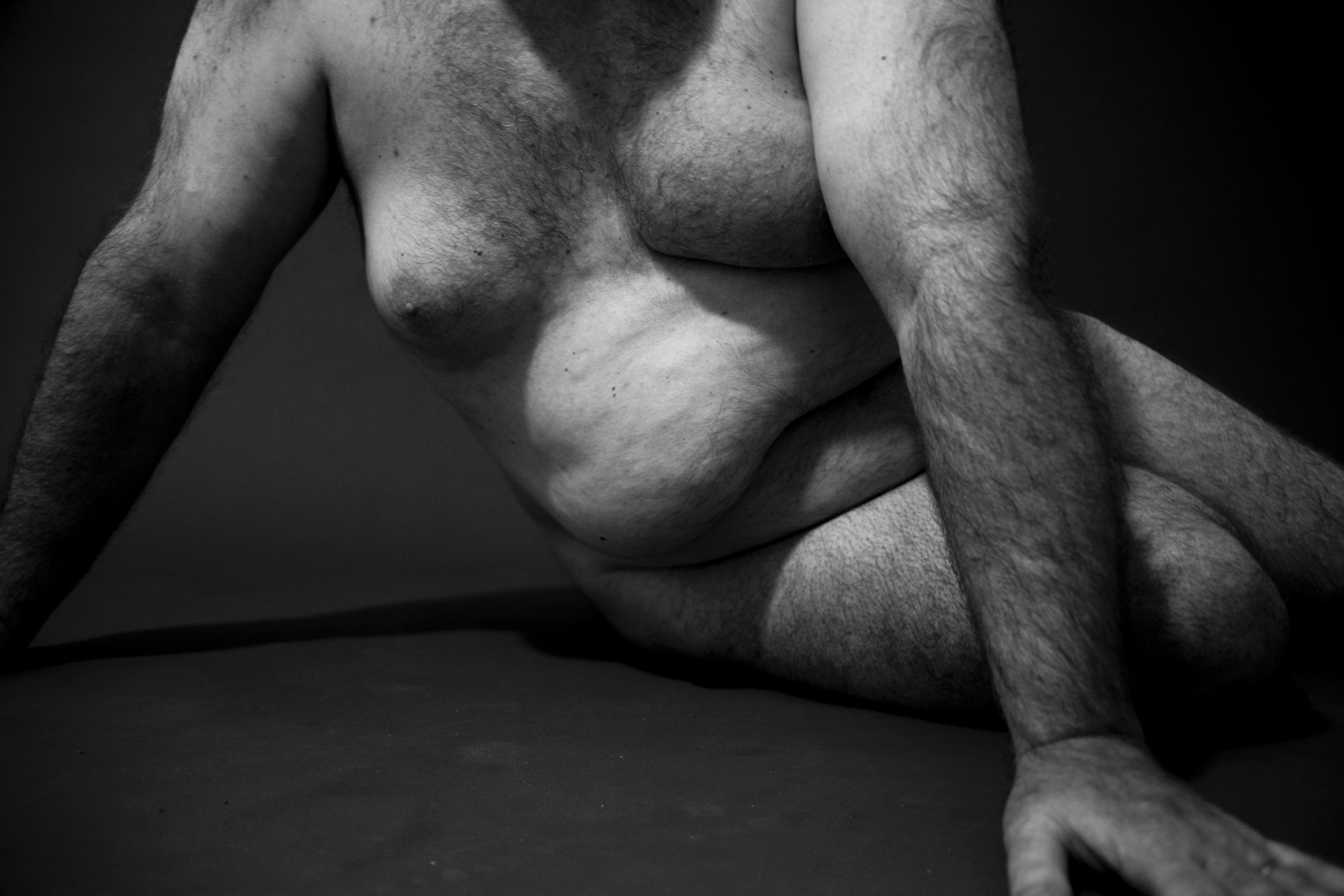
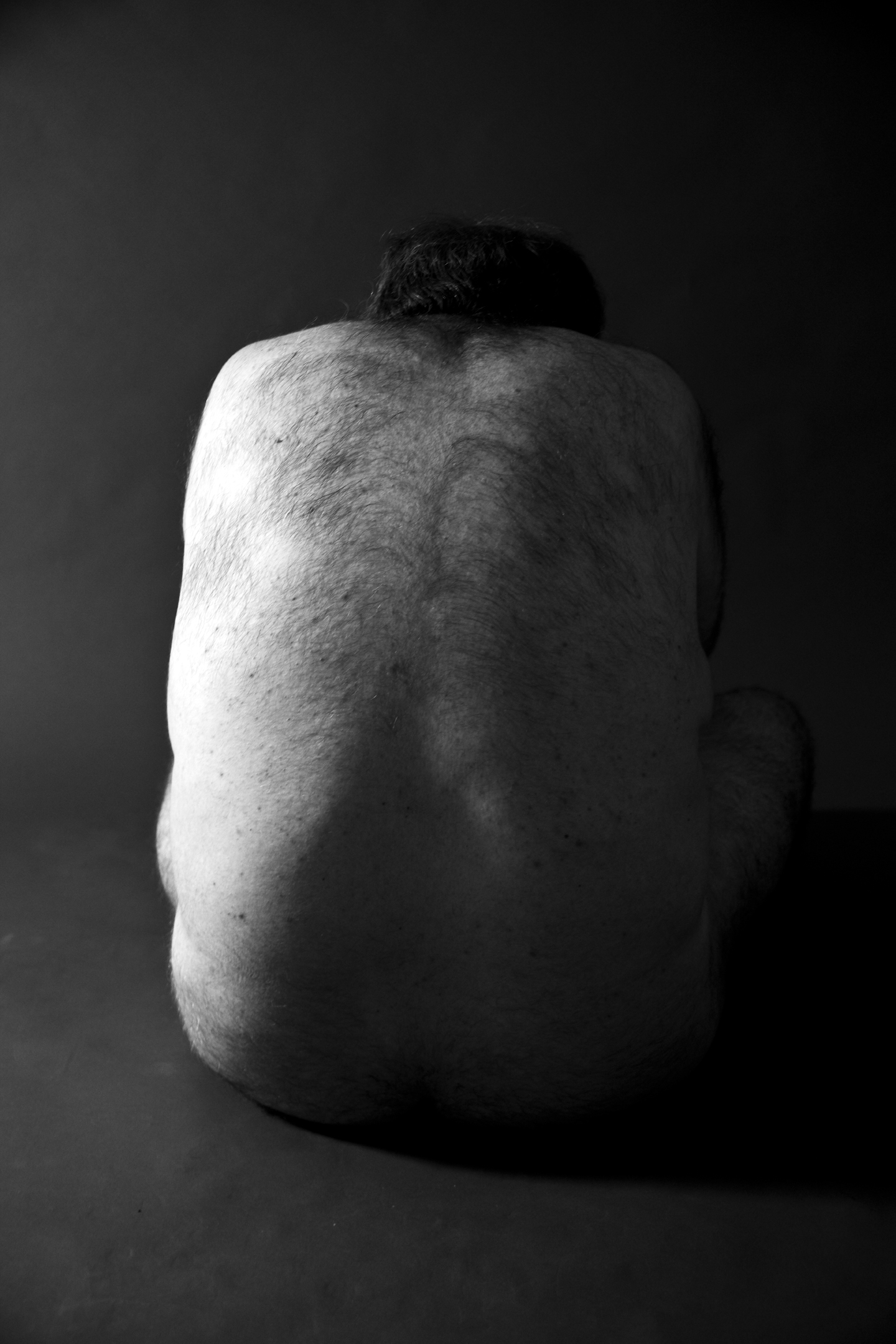
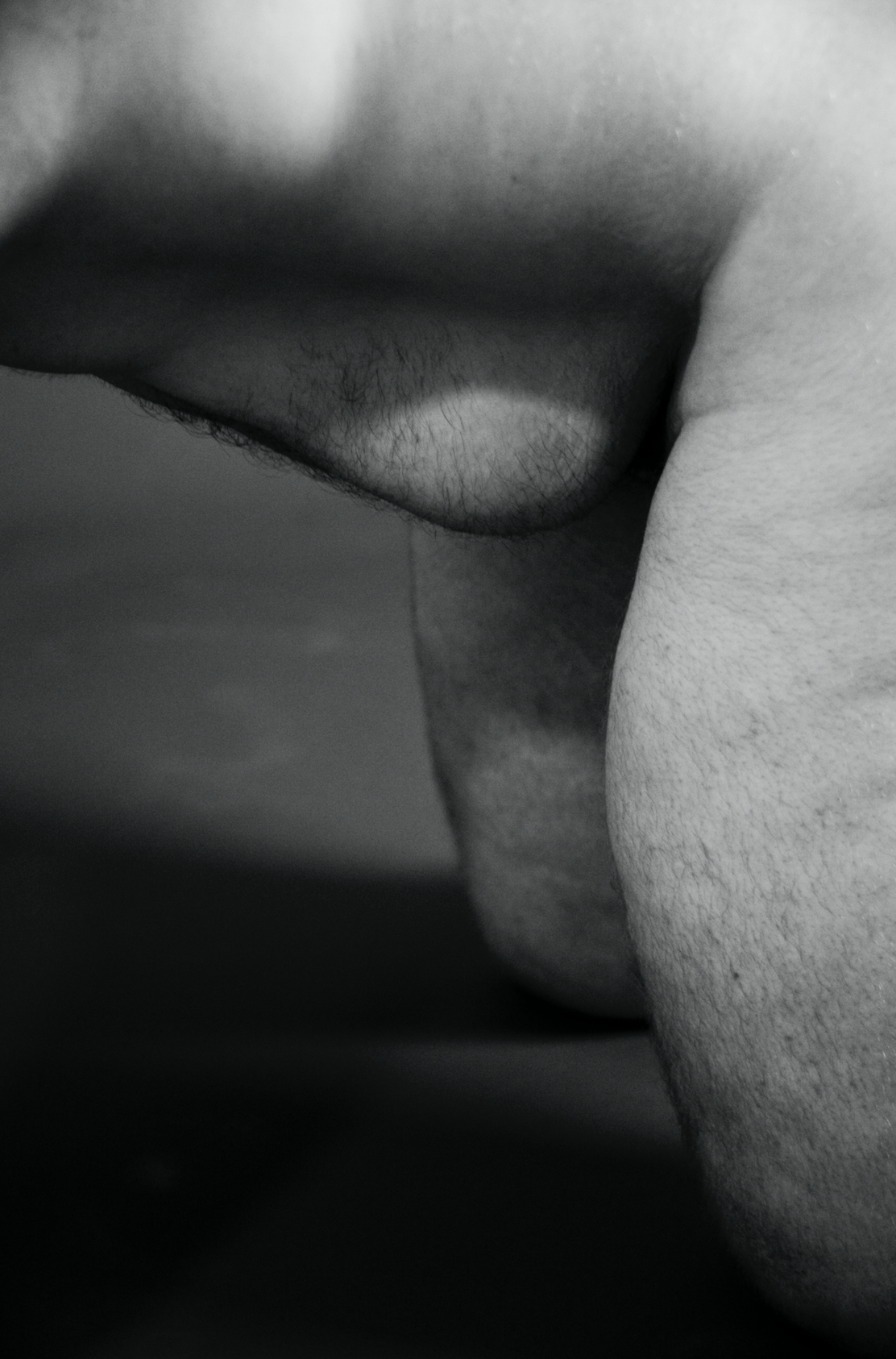

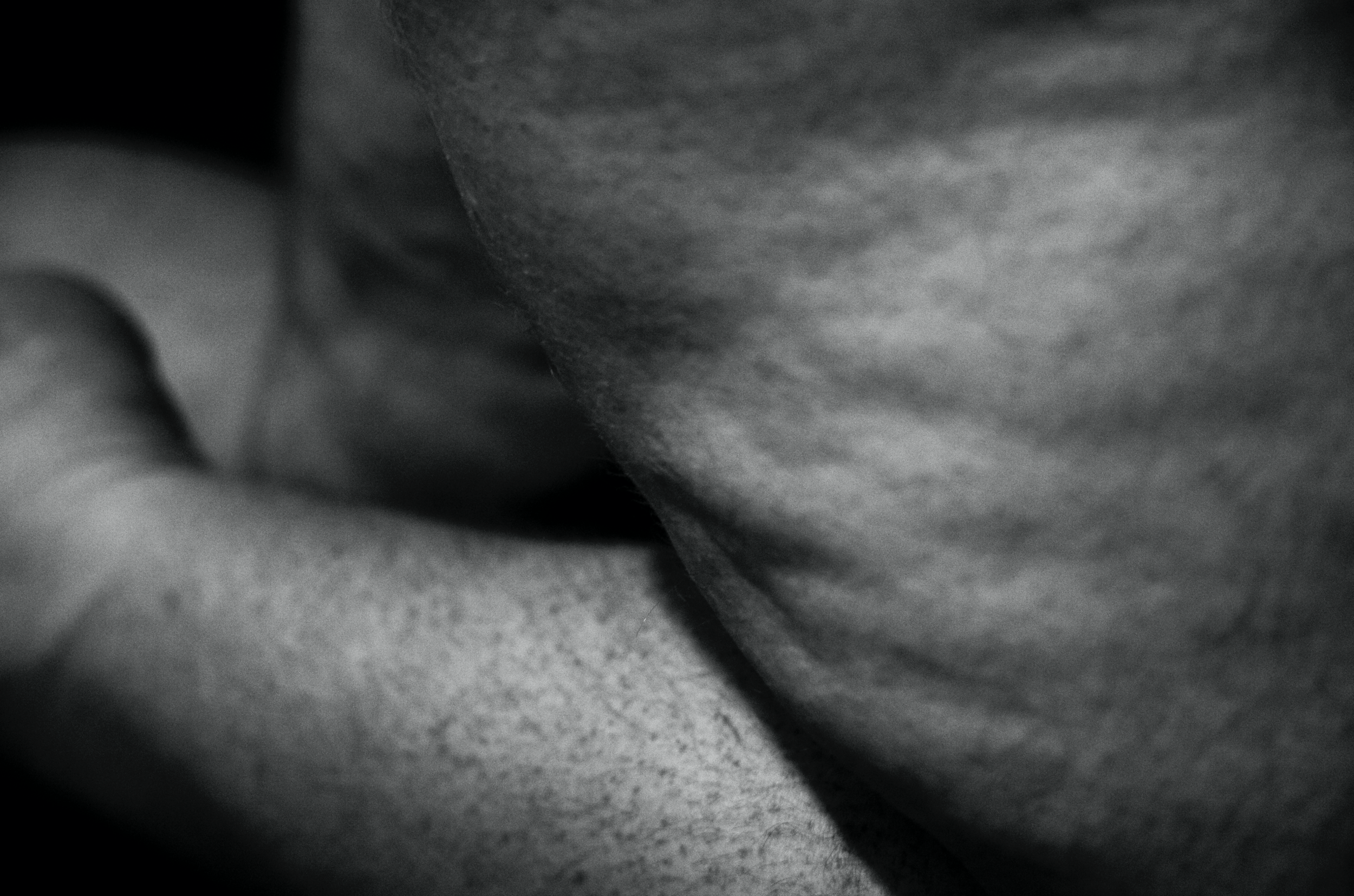
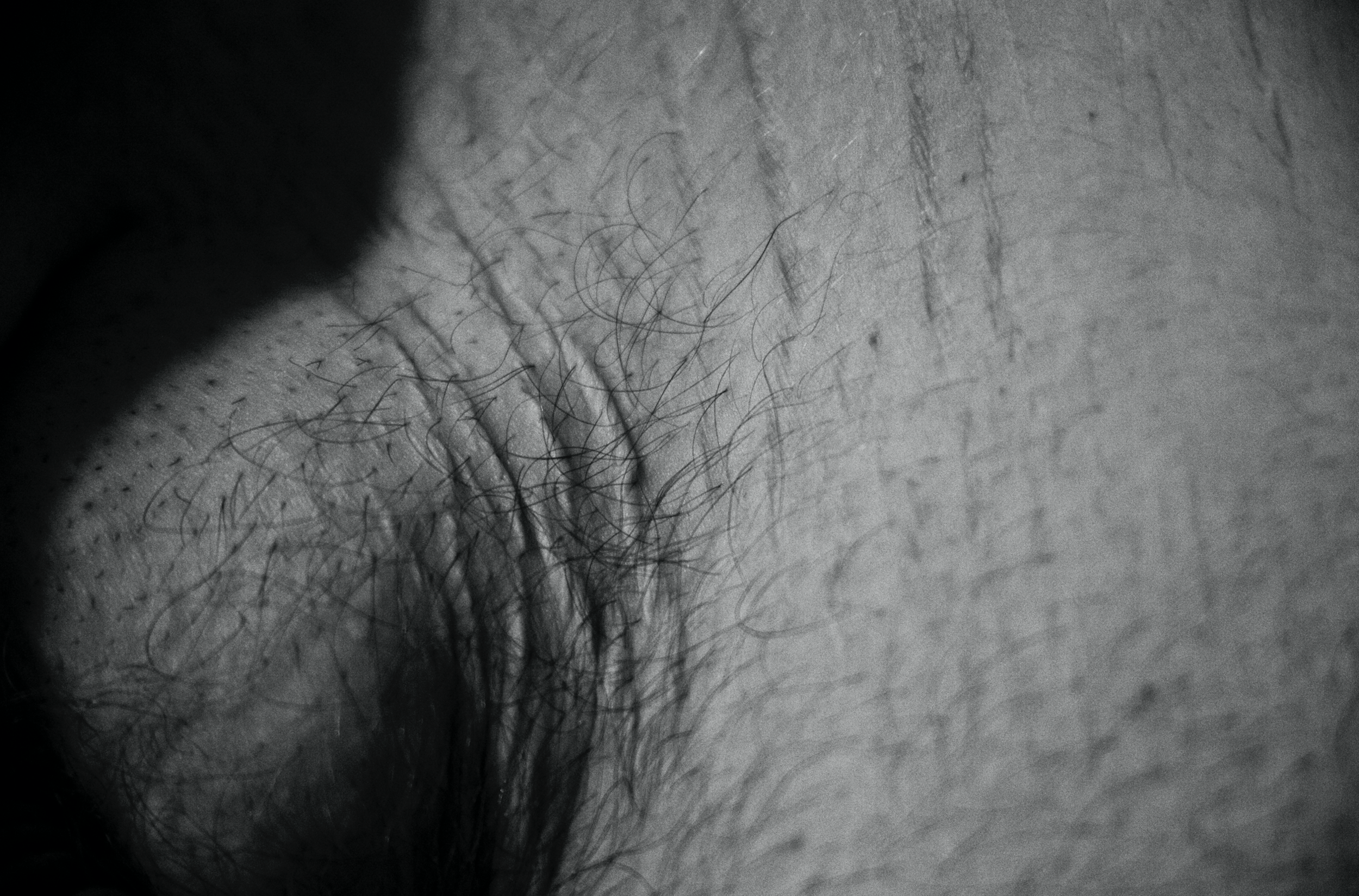
Plush Series 2: Male Portraits
In this continuation of the Plush Series, I wanted to explore the fat male form as well. Men often feel pressures about their bodies, and so it seemed fitting to photograph men in a similar fashion, focusing on parts of the fat body that are often associated with feelings of shame or disgust. By reframing these “abject” bodies in a formal aesthetic that uses visual language of beauty, I’m hoping to push back against notions that fat bodies cannot be beautiful bodies.

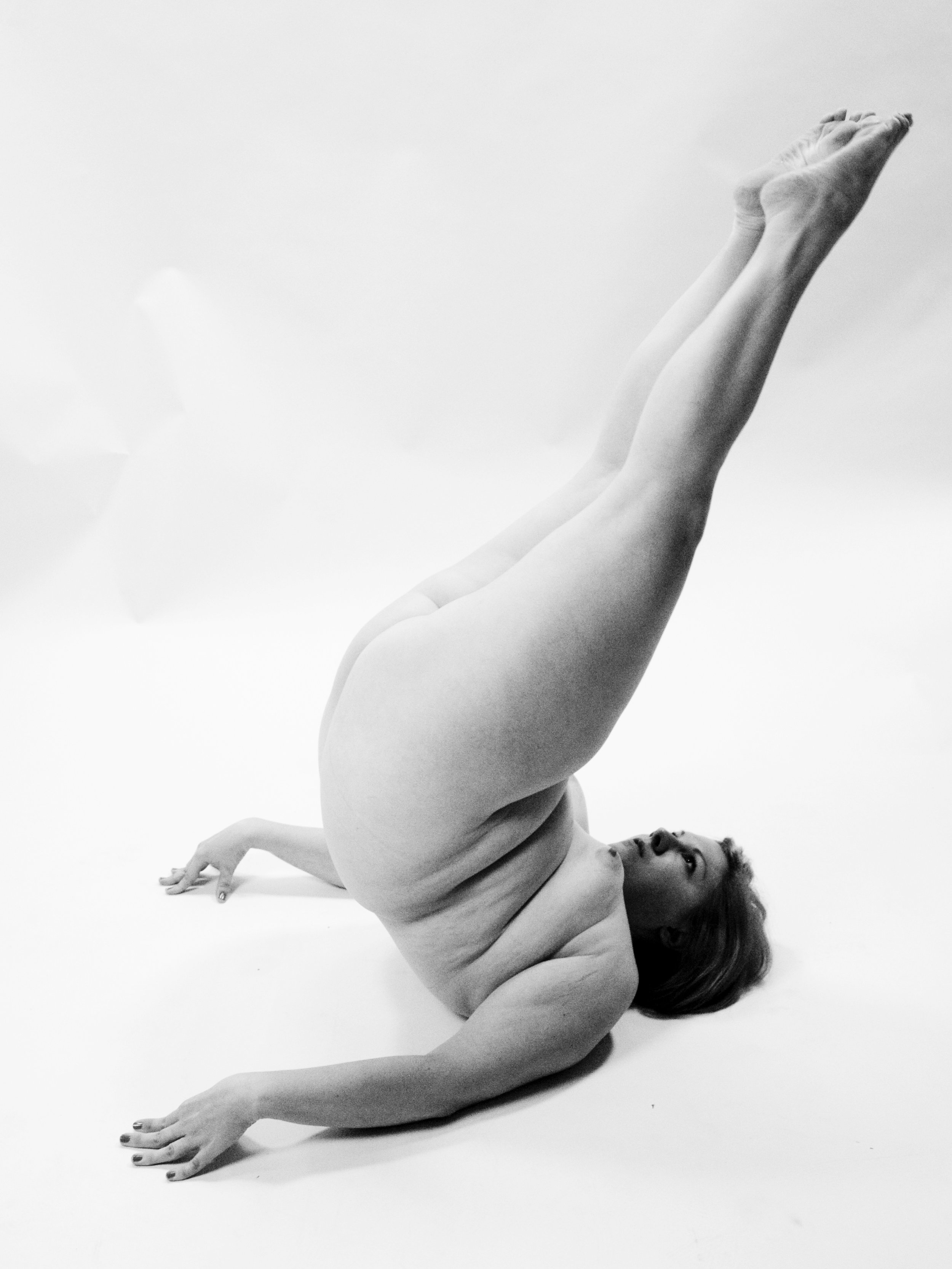
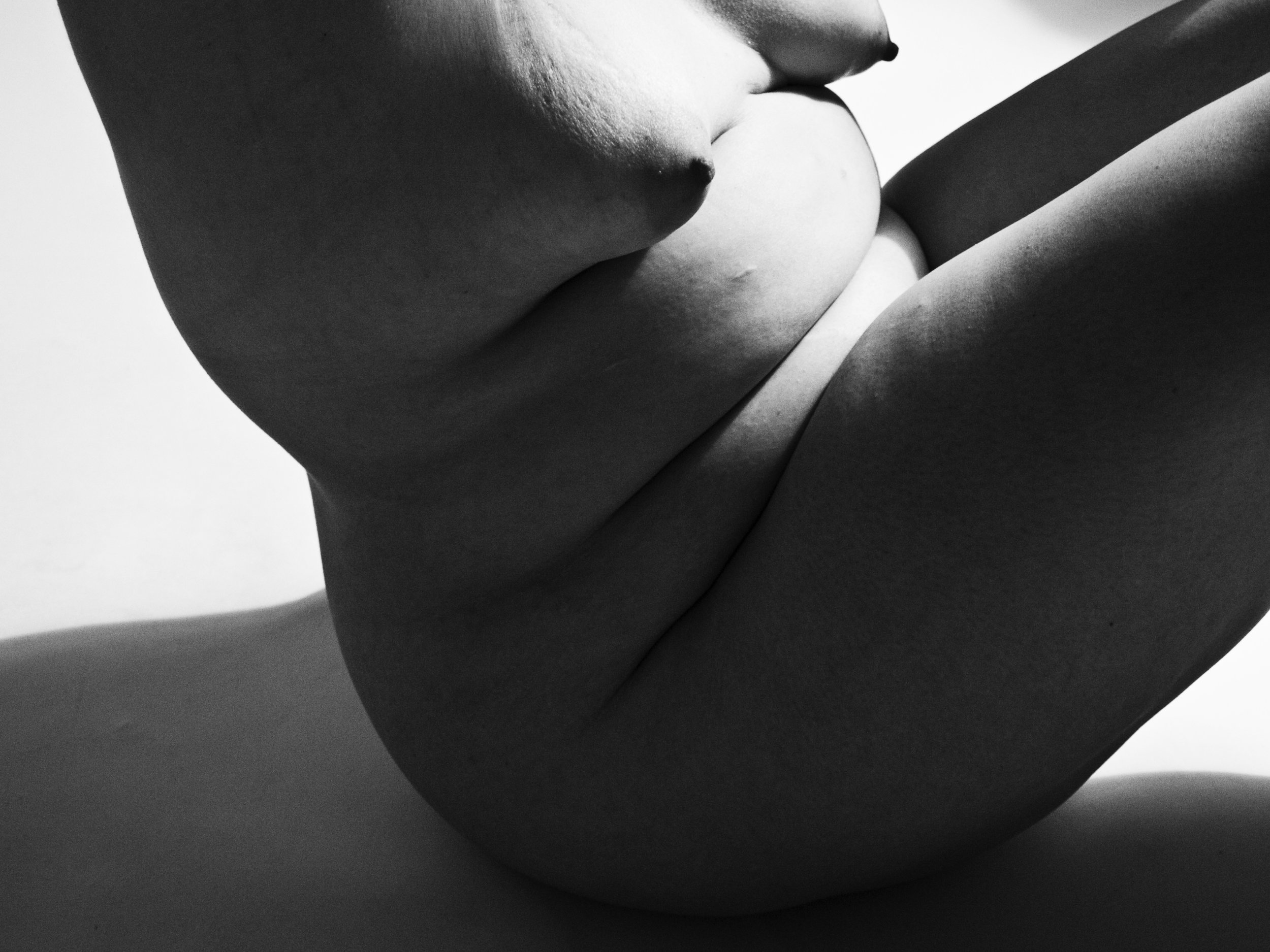

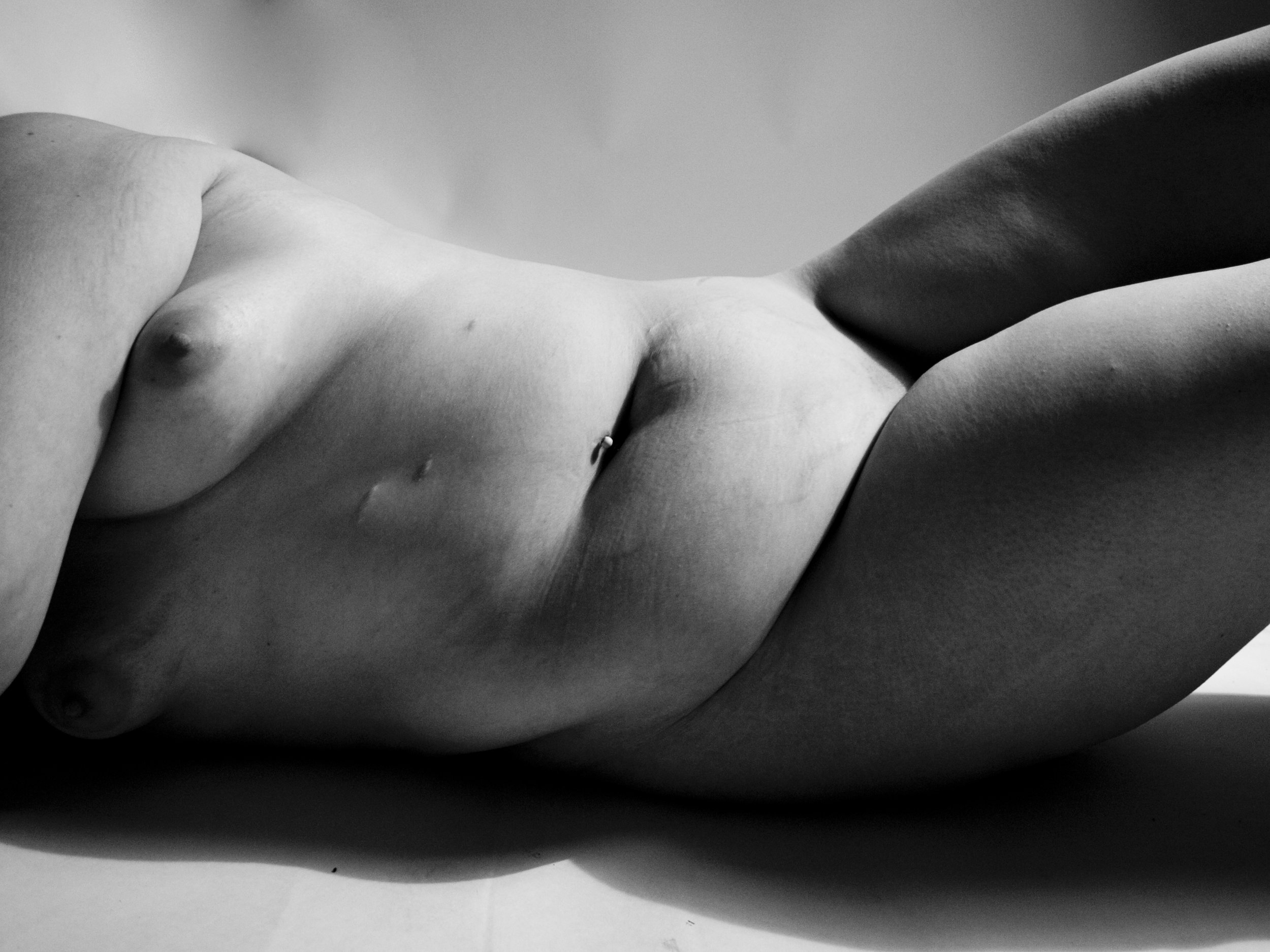
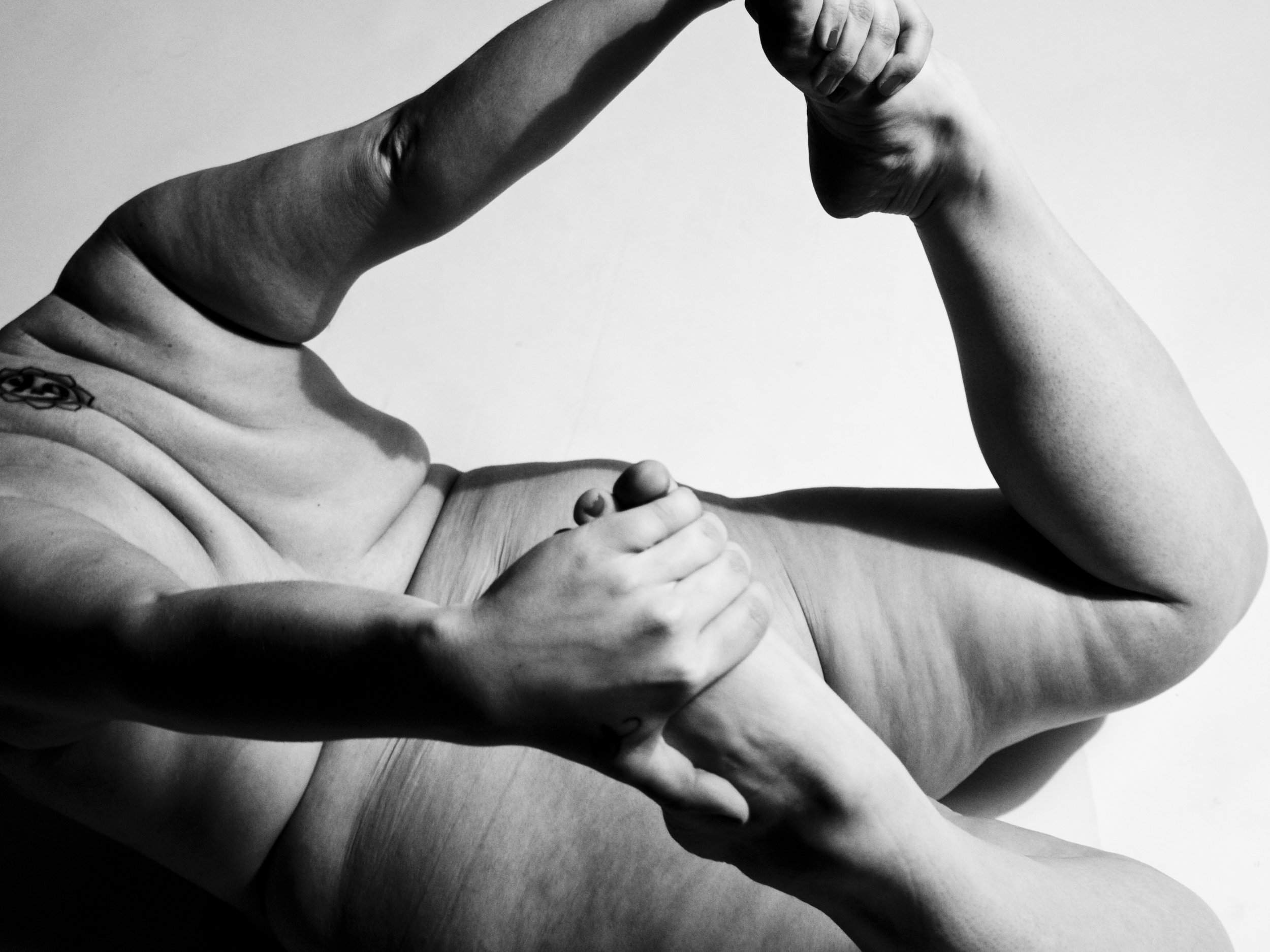

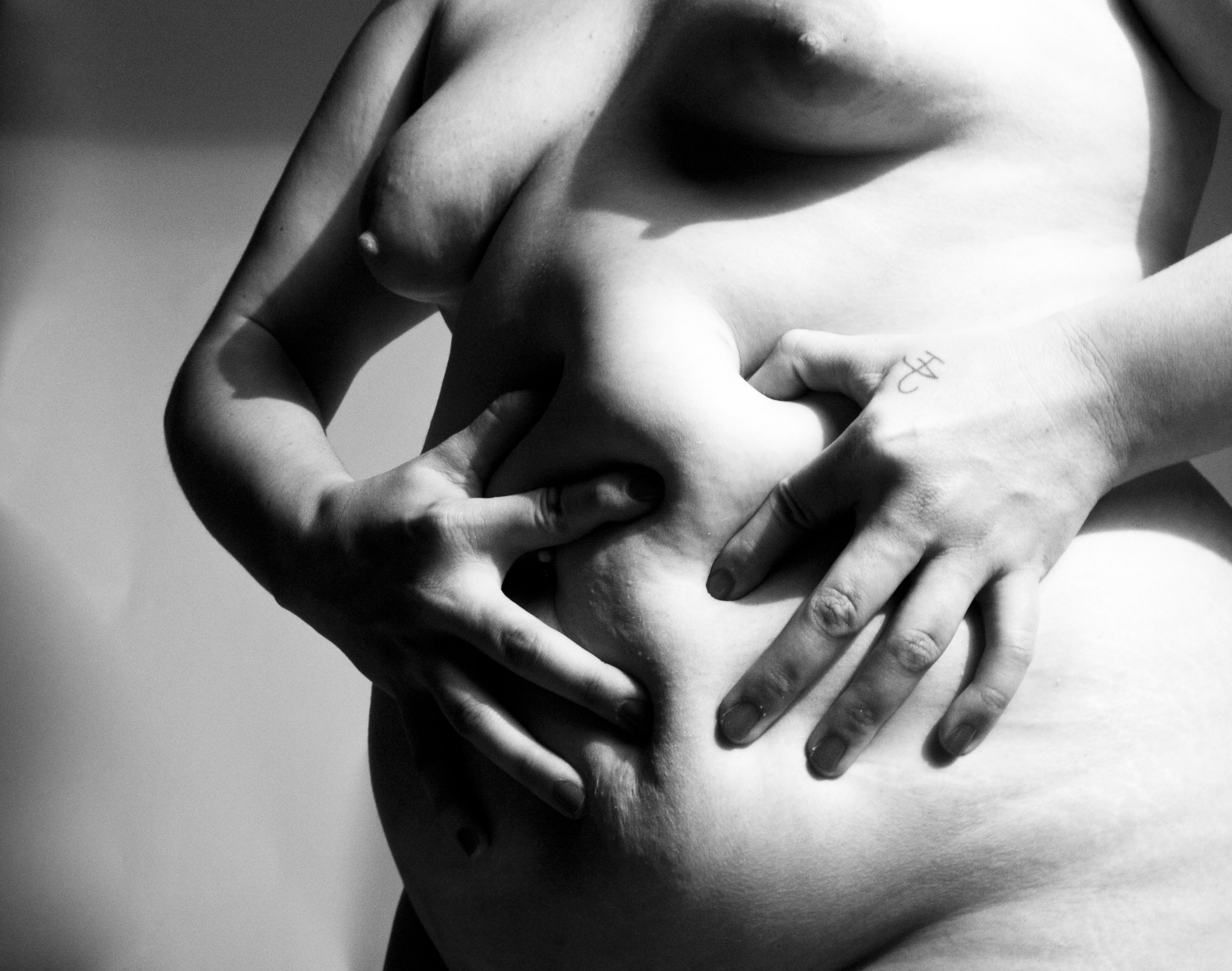
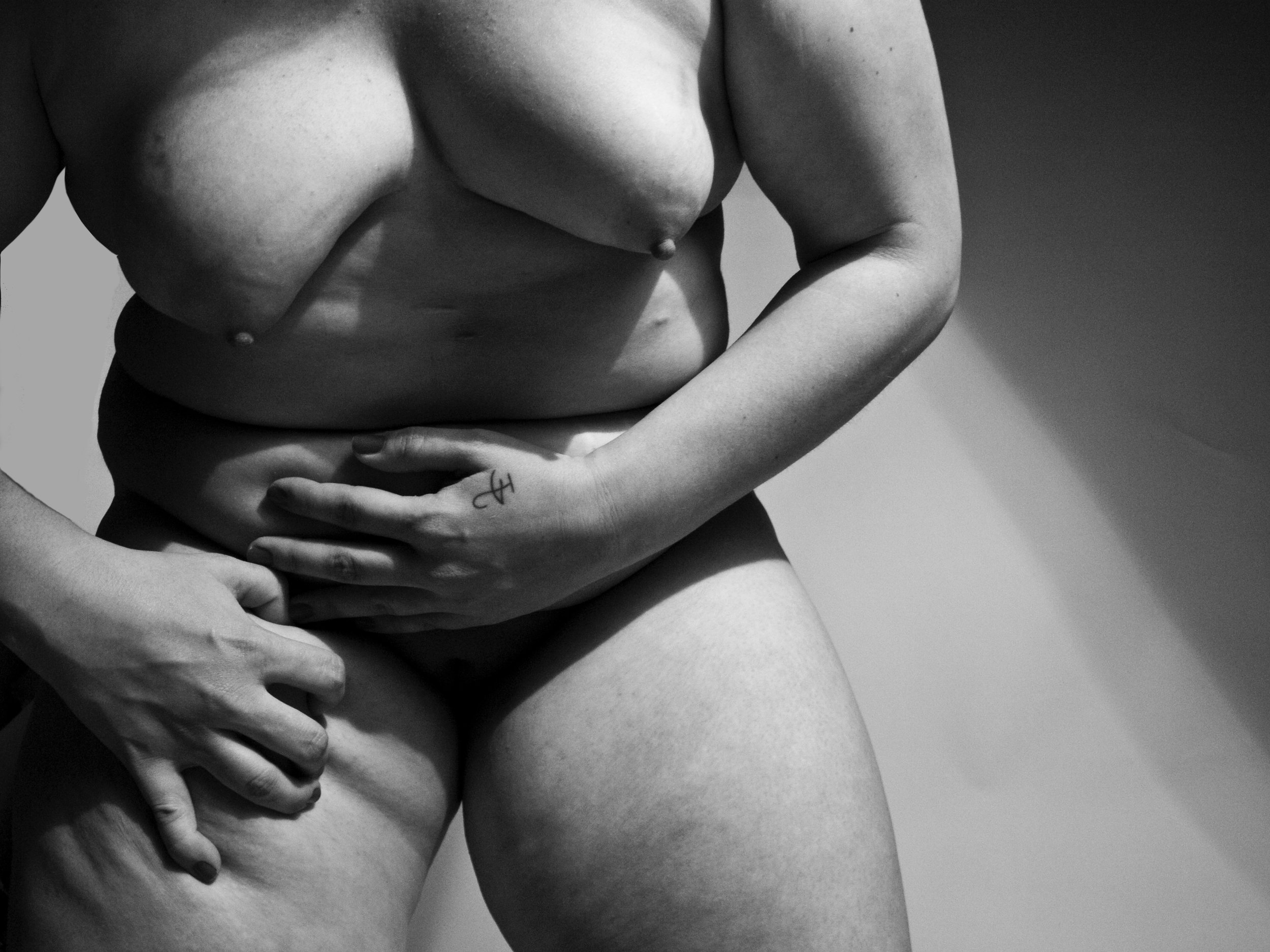
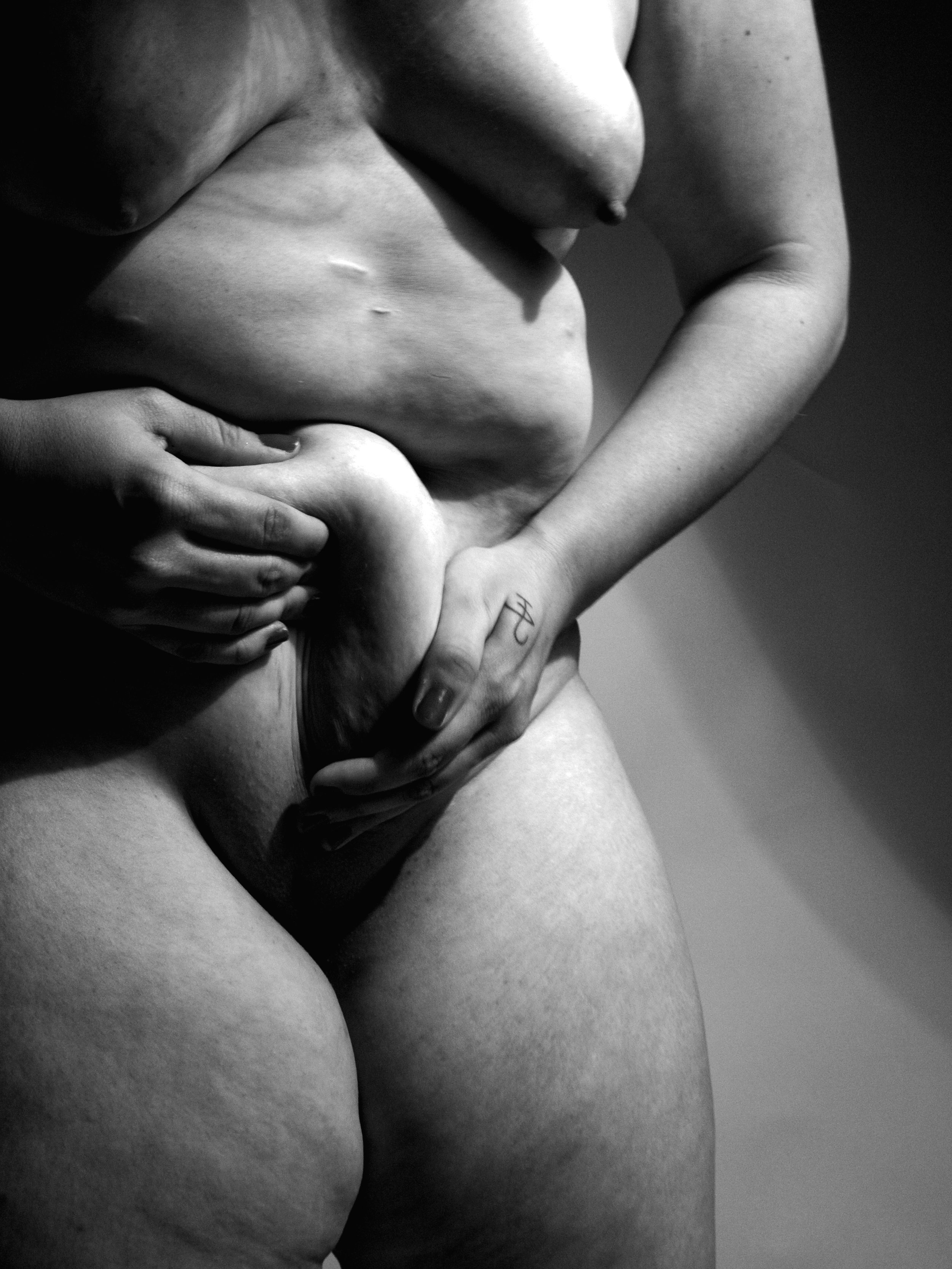
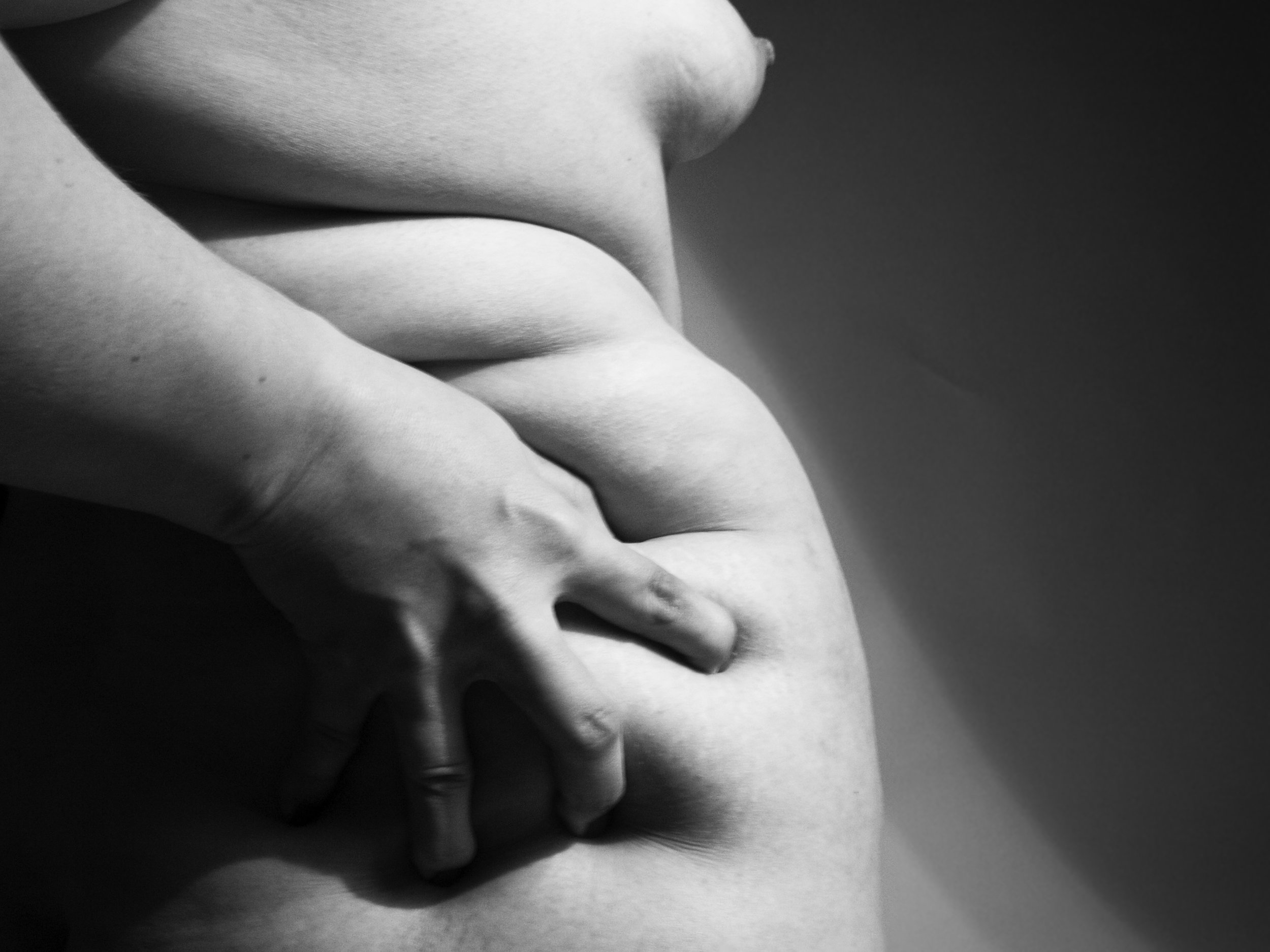
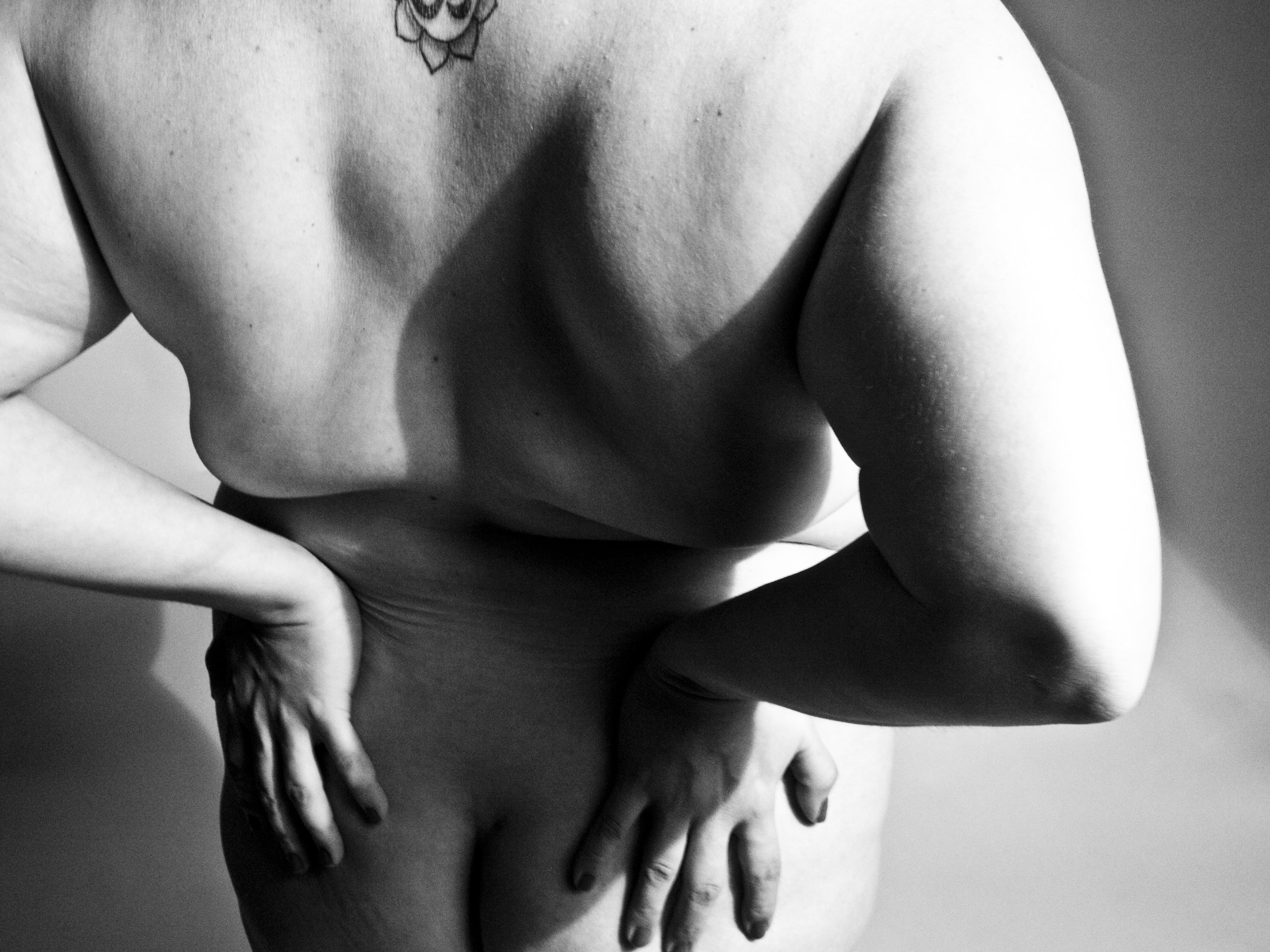
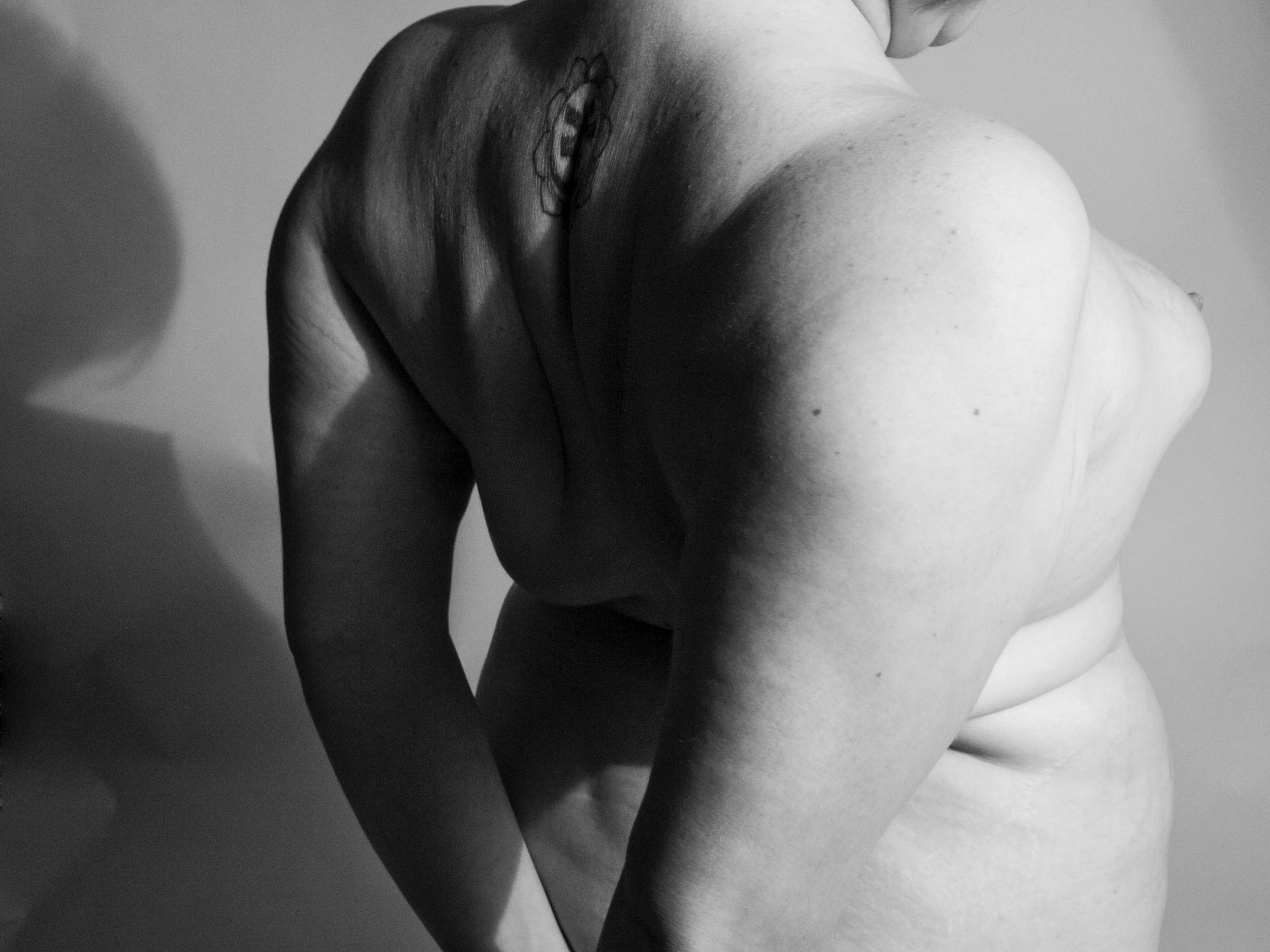
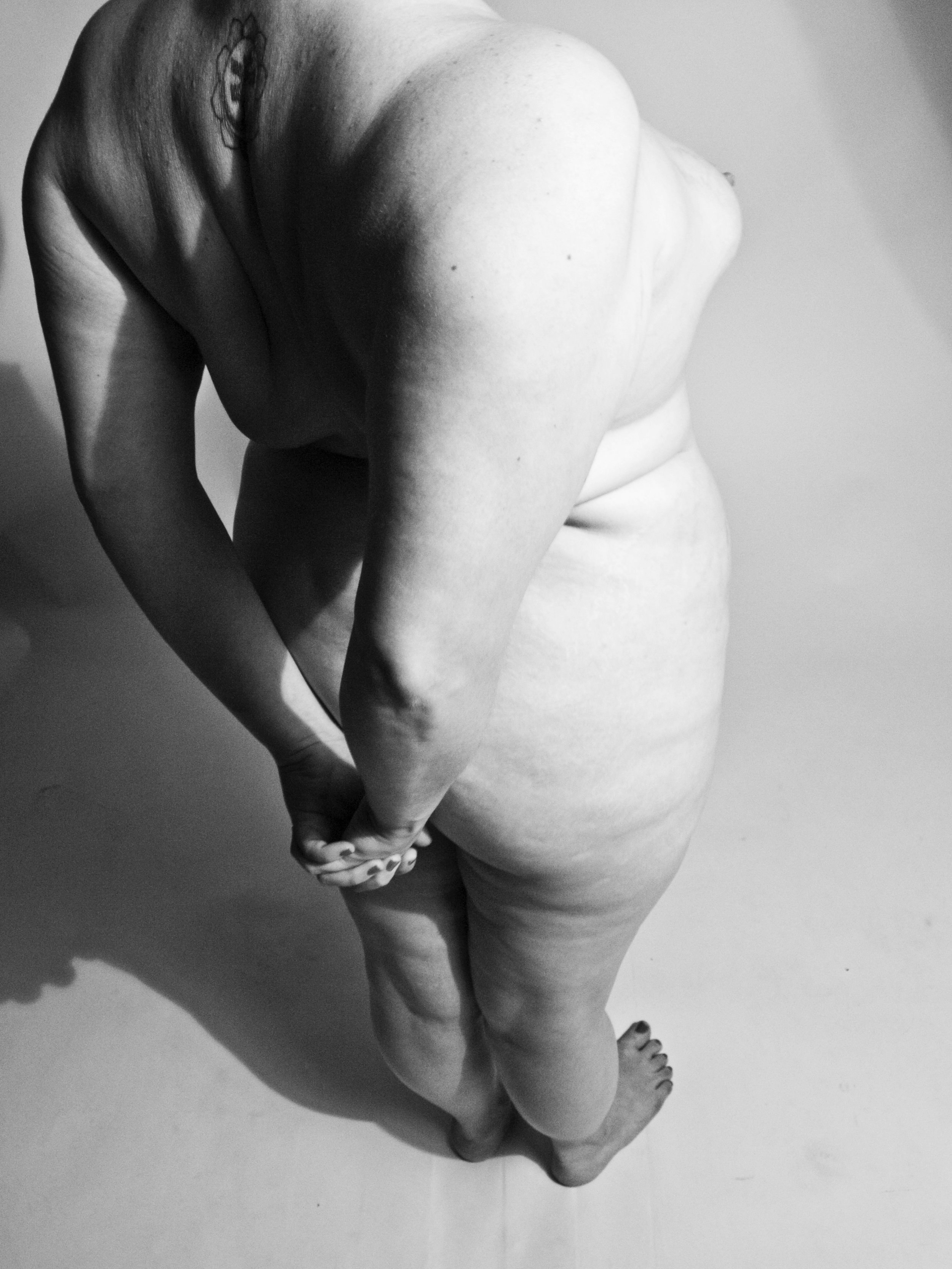
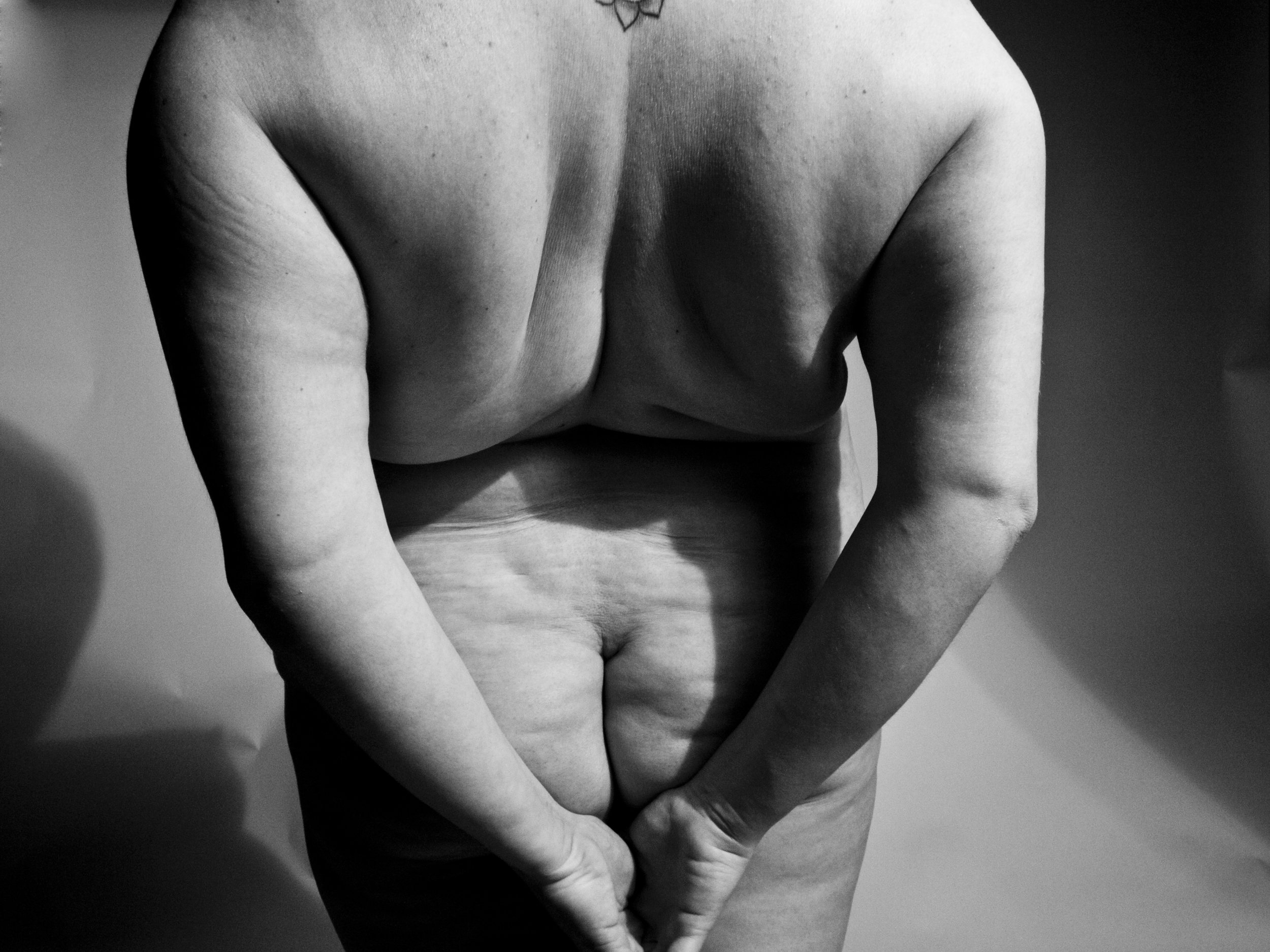
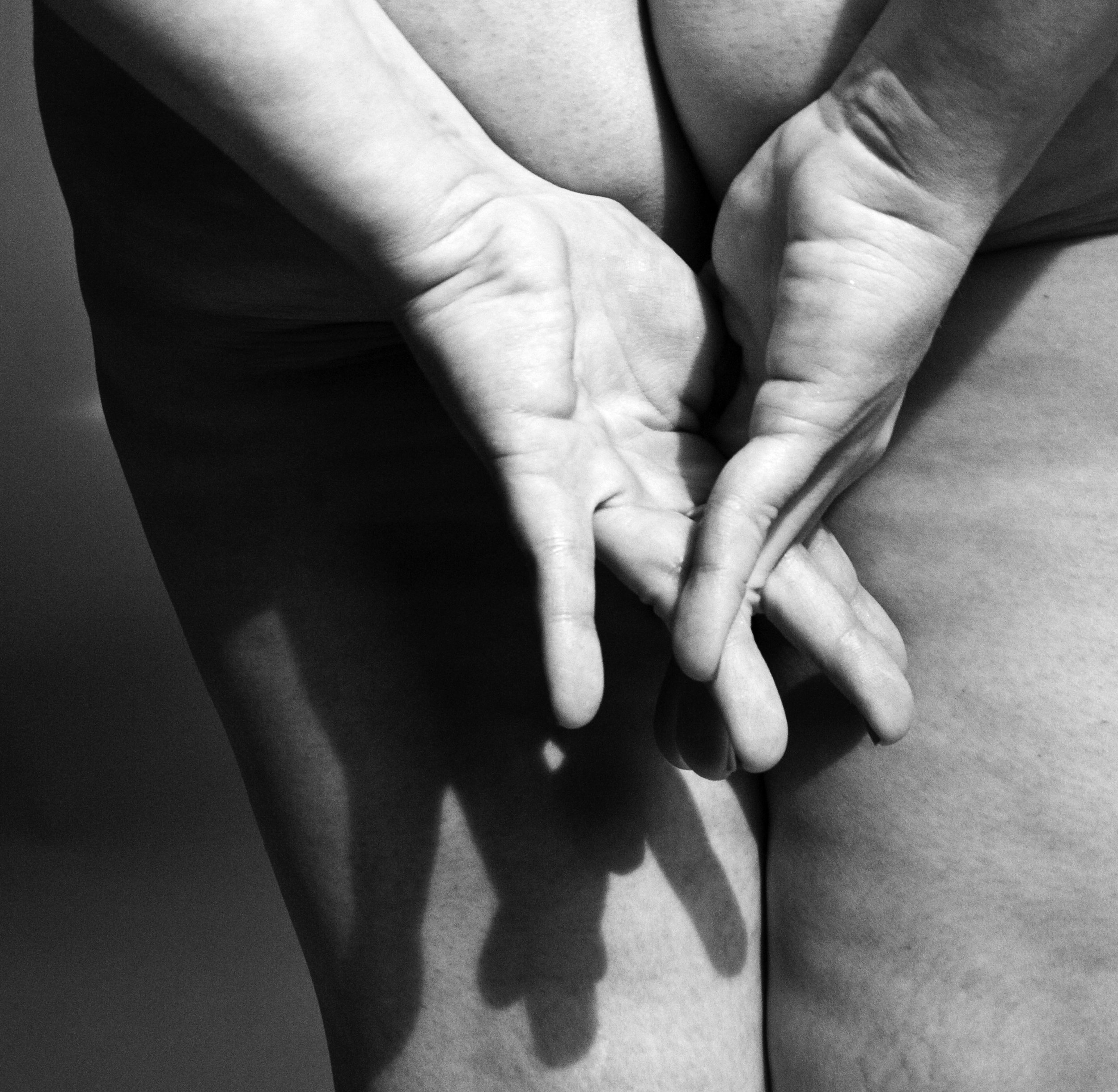
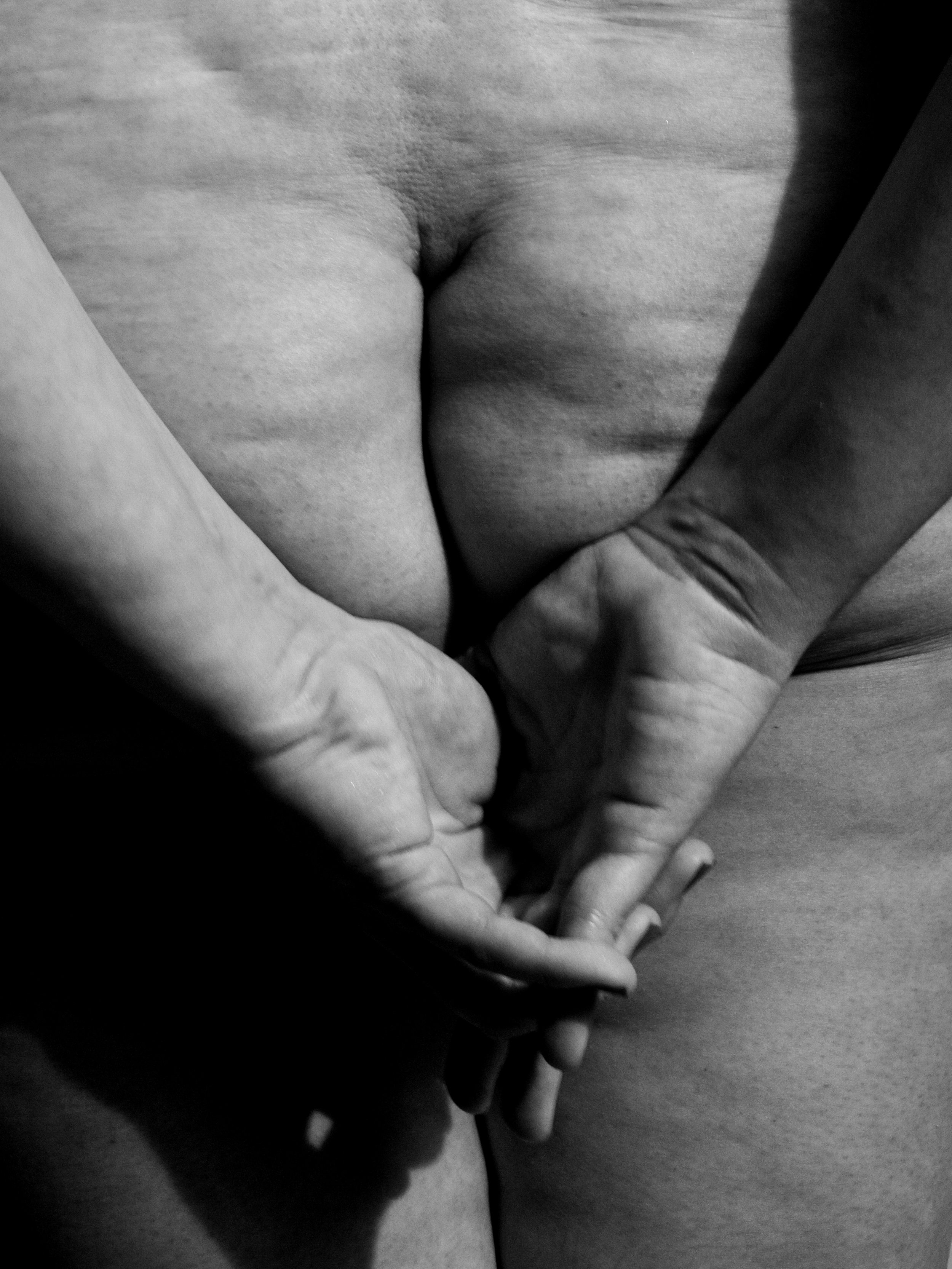
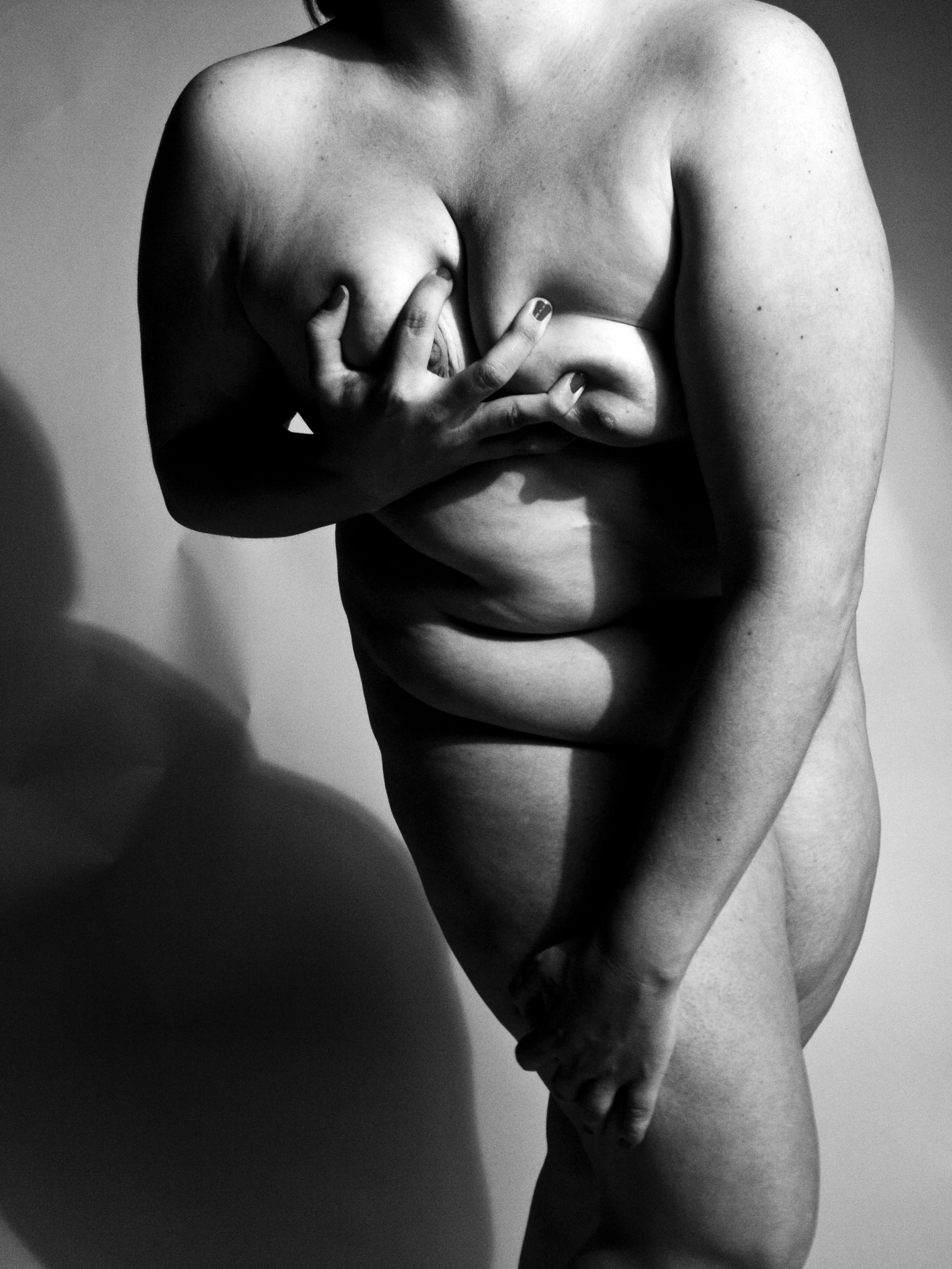
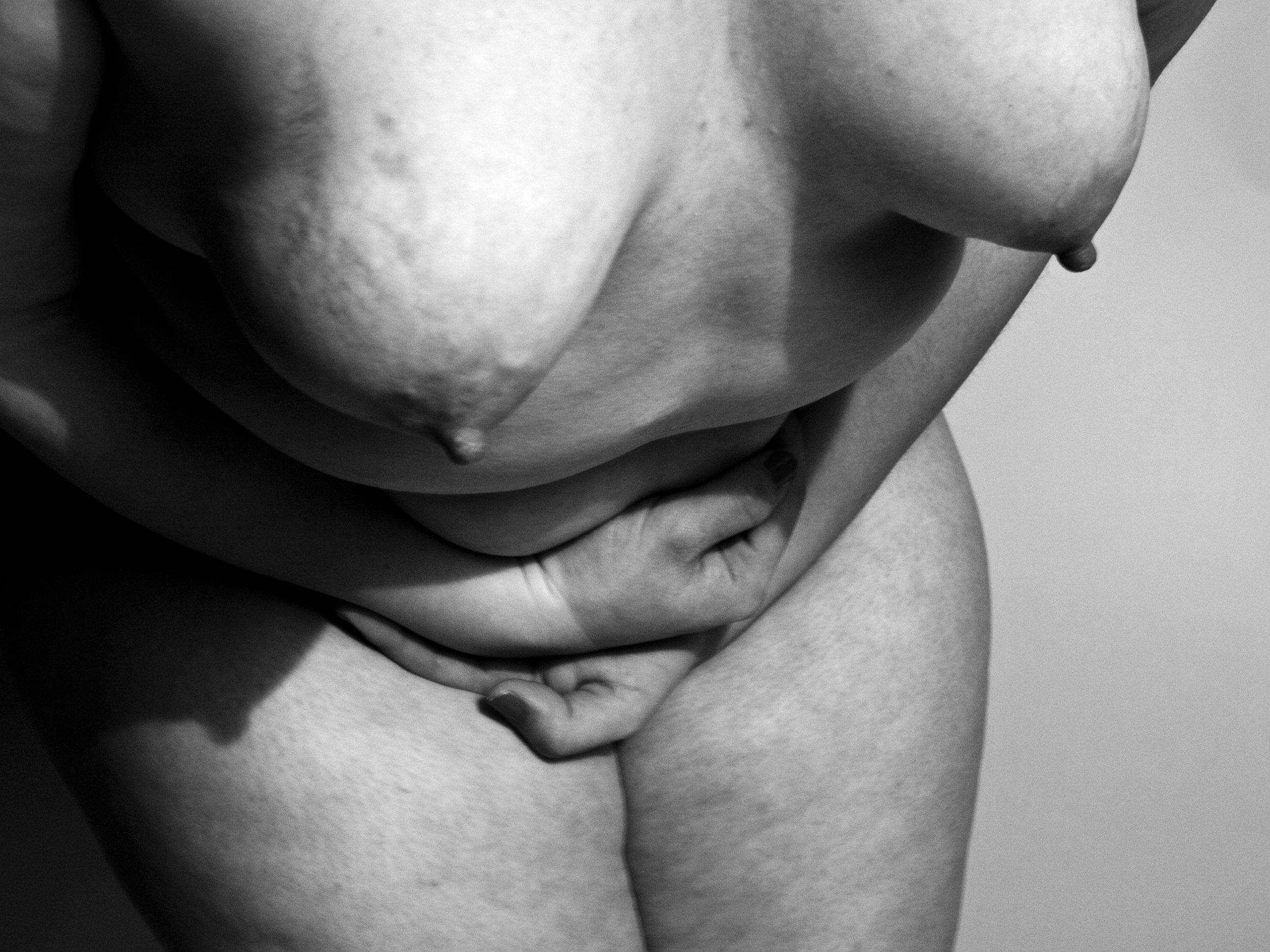
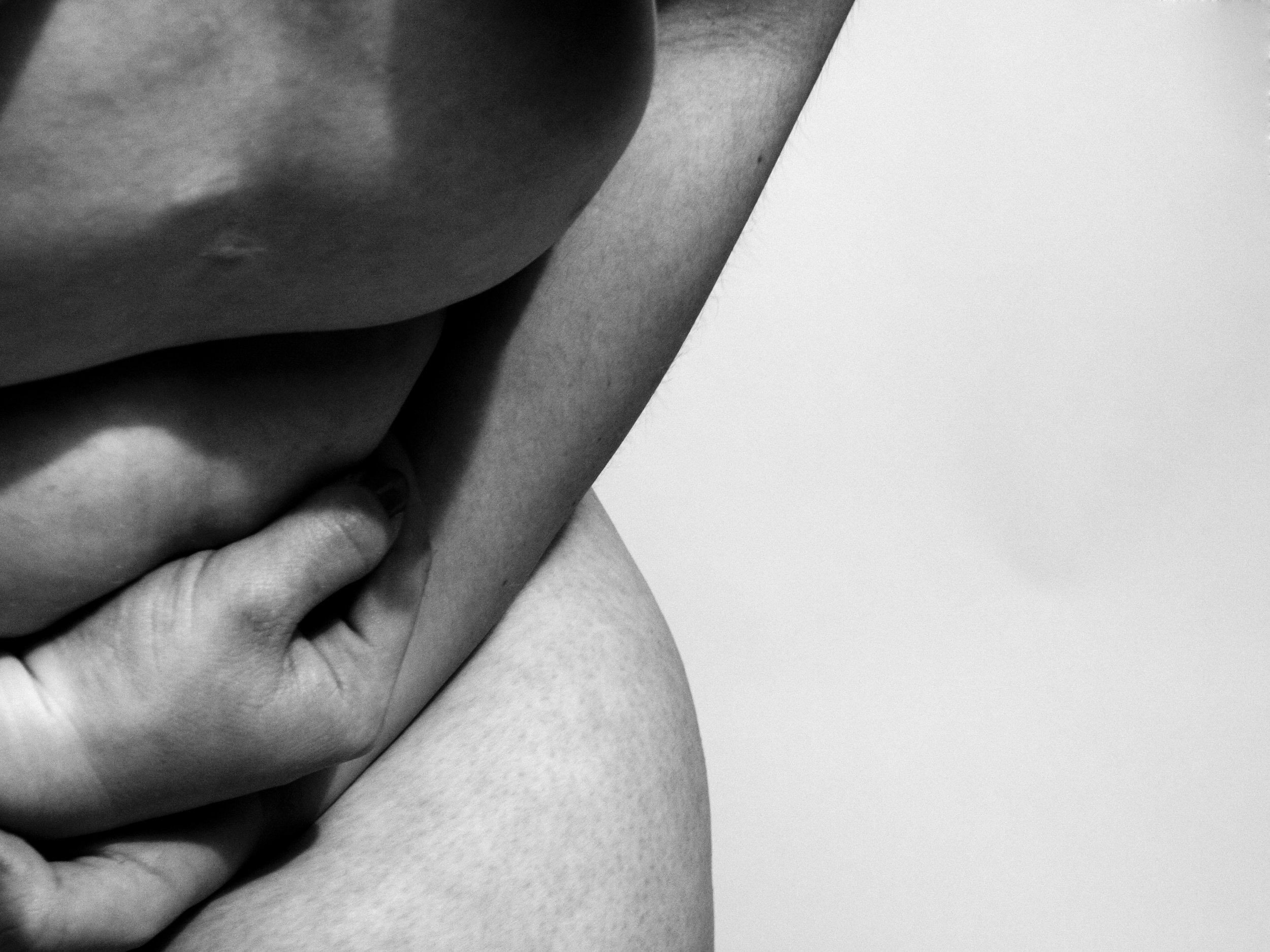
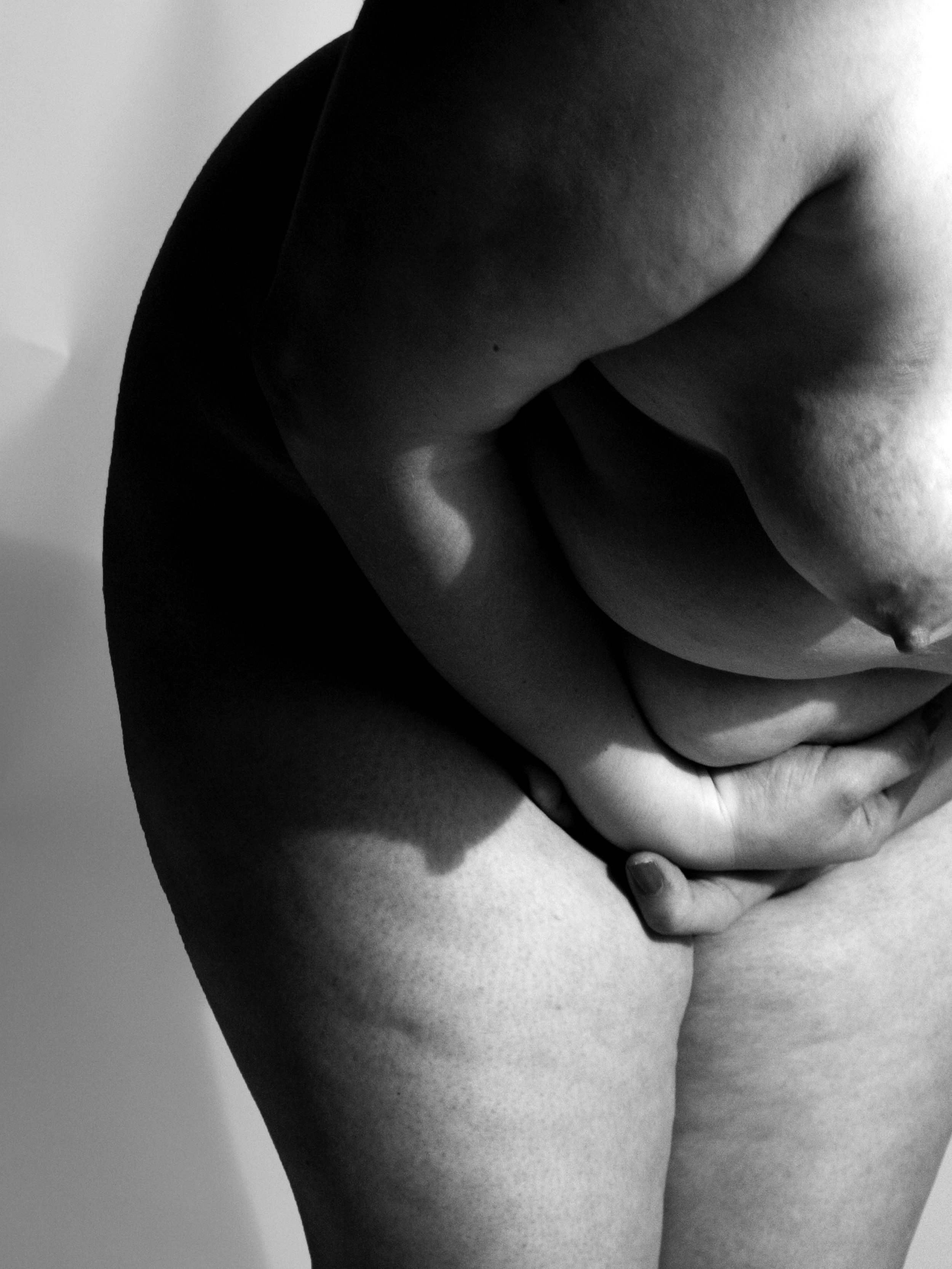
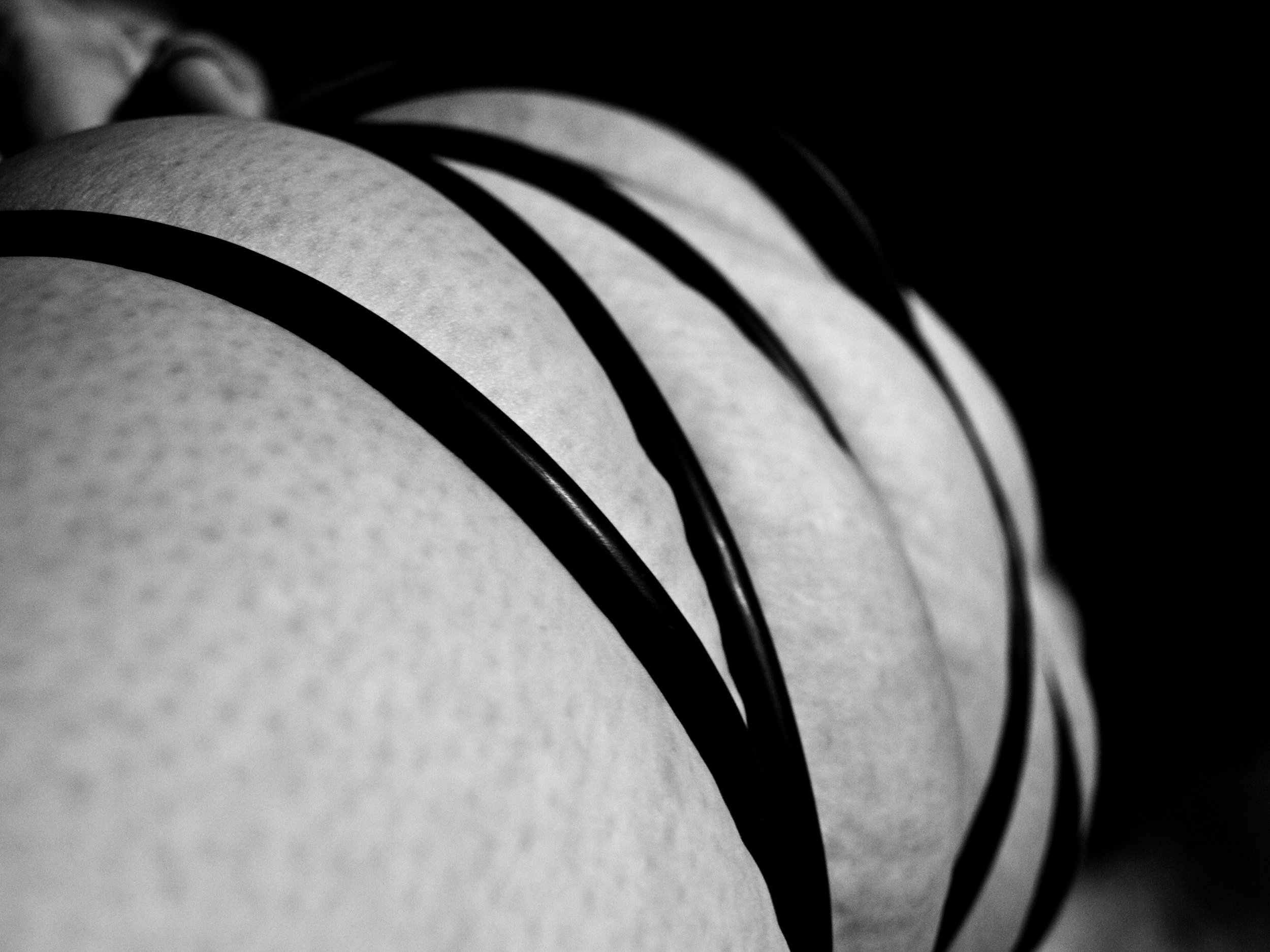
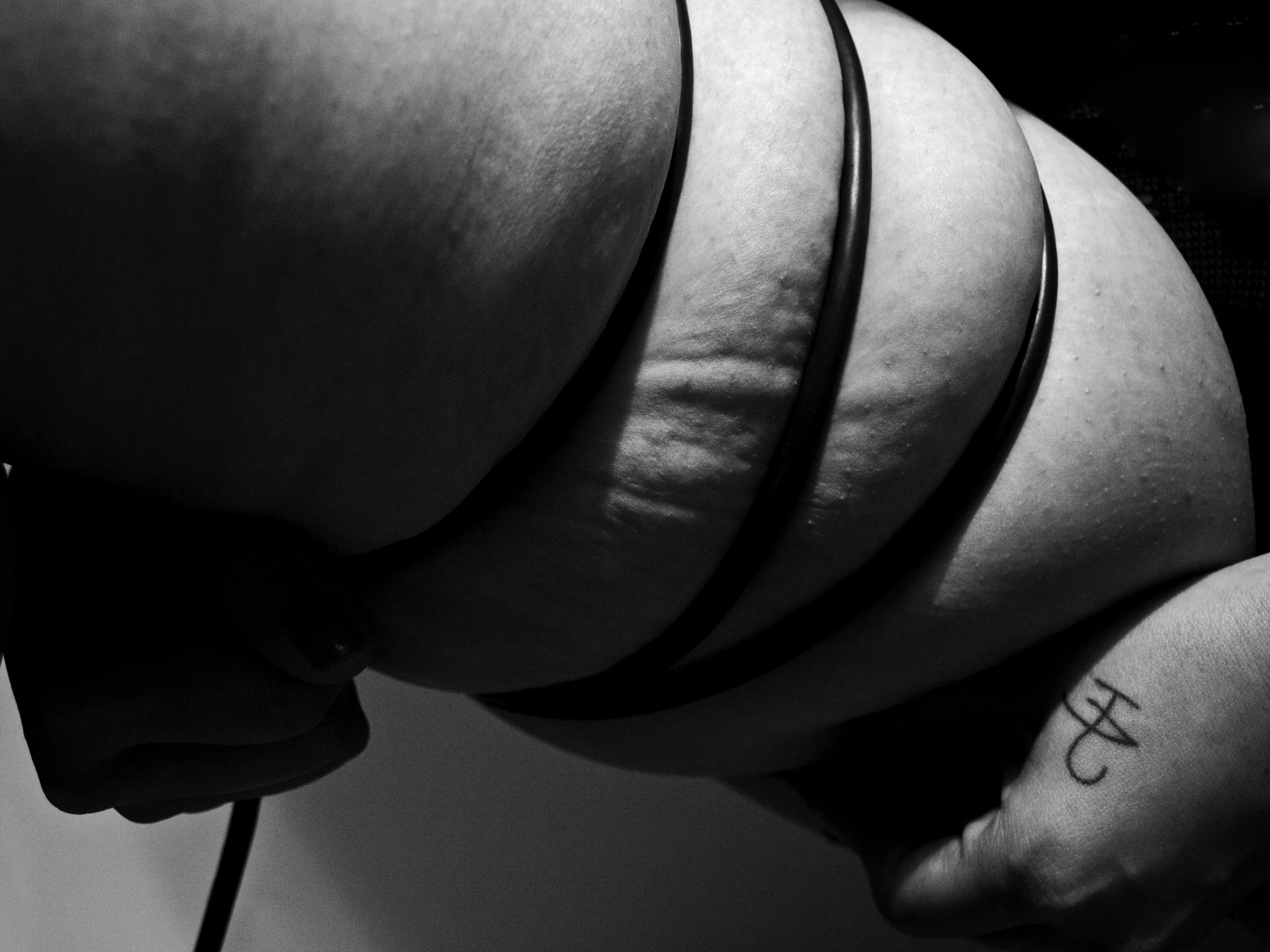
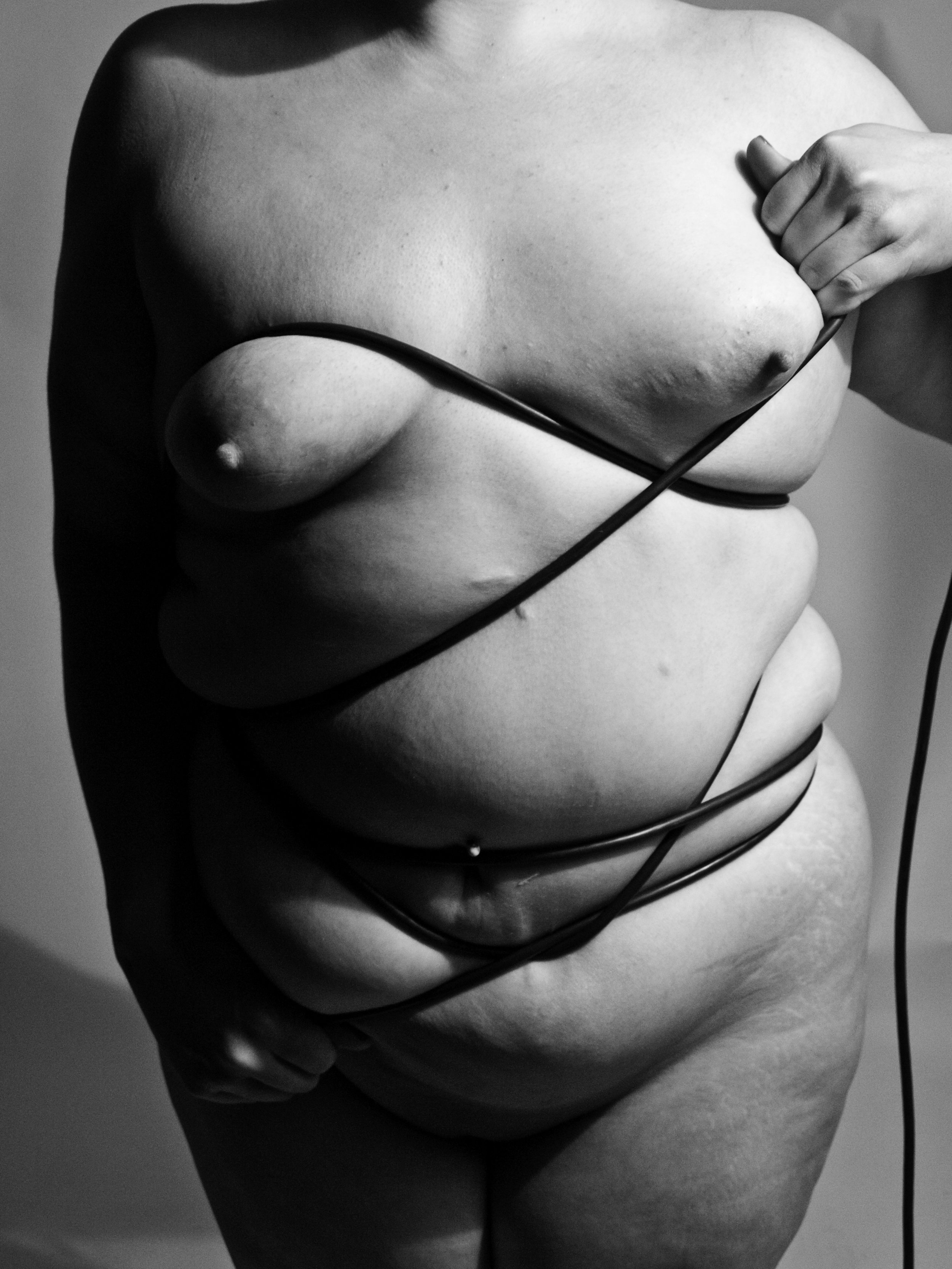


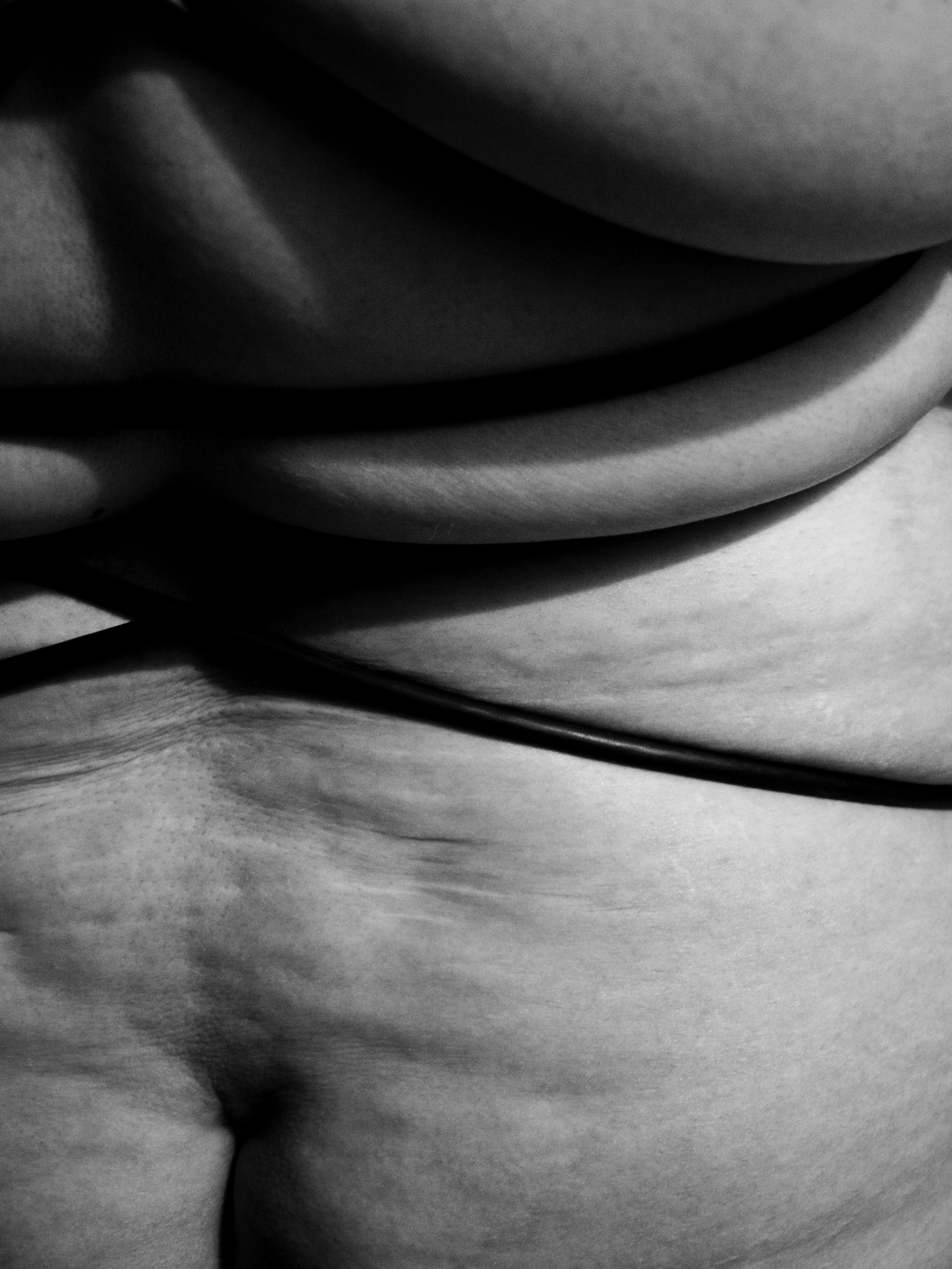
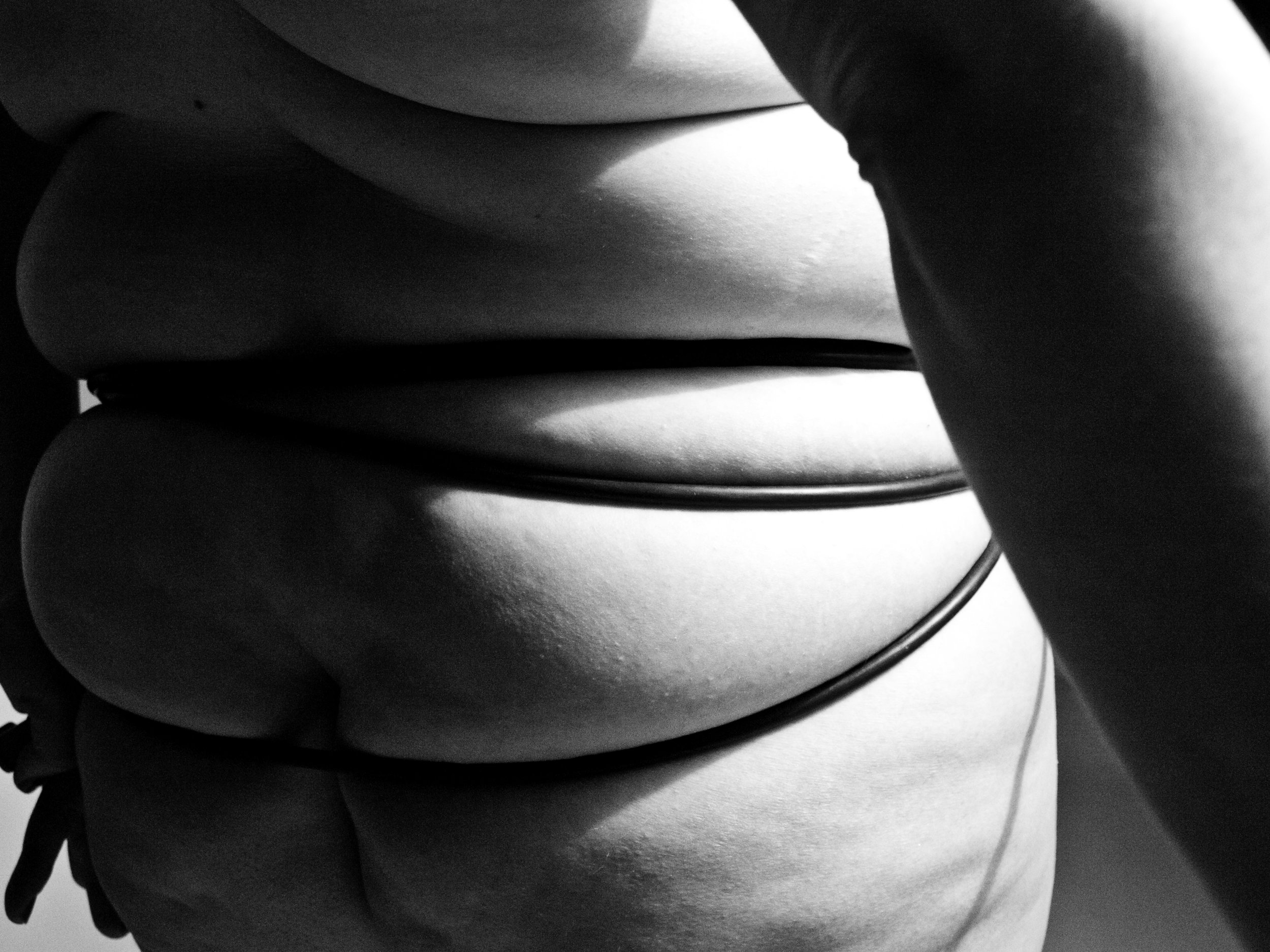
Abundance
Continuing with the Plush Series, in this body of work I’m playing more with using the fat female form as a sculptural, pliable object to model, adjust, and interact with. By having the model use her hands, her position, and additional items like cords, to sculpt her flesh, I’m exploring how the line between the female body as both abject and object can be ever more blurred. The images begin to evoke a sense of fetish and angst as the form of the body is further interrupted or distorted. I wanted to explore shapes and configurations only possible due to the abundance of adipose and flesh.
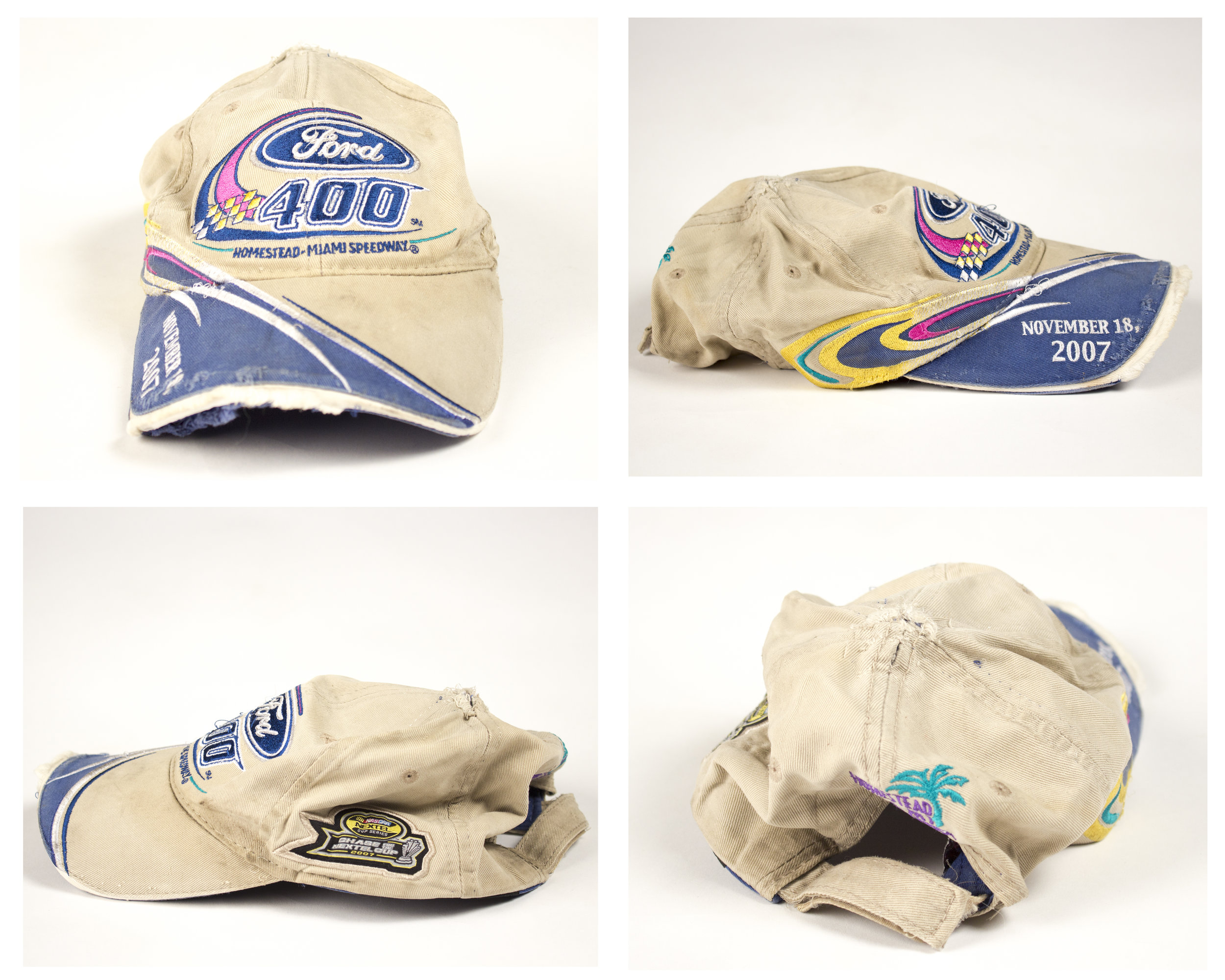
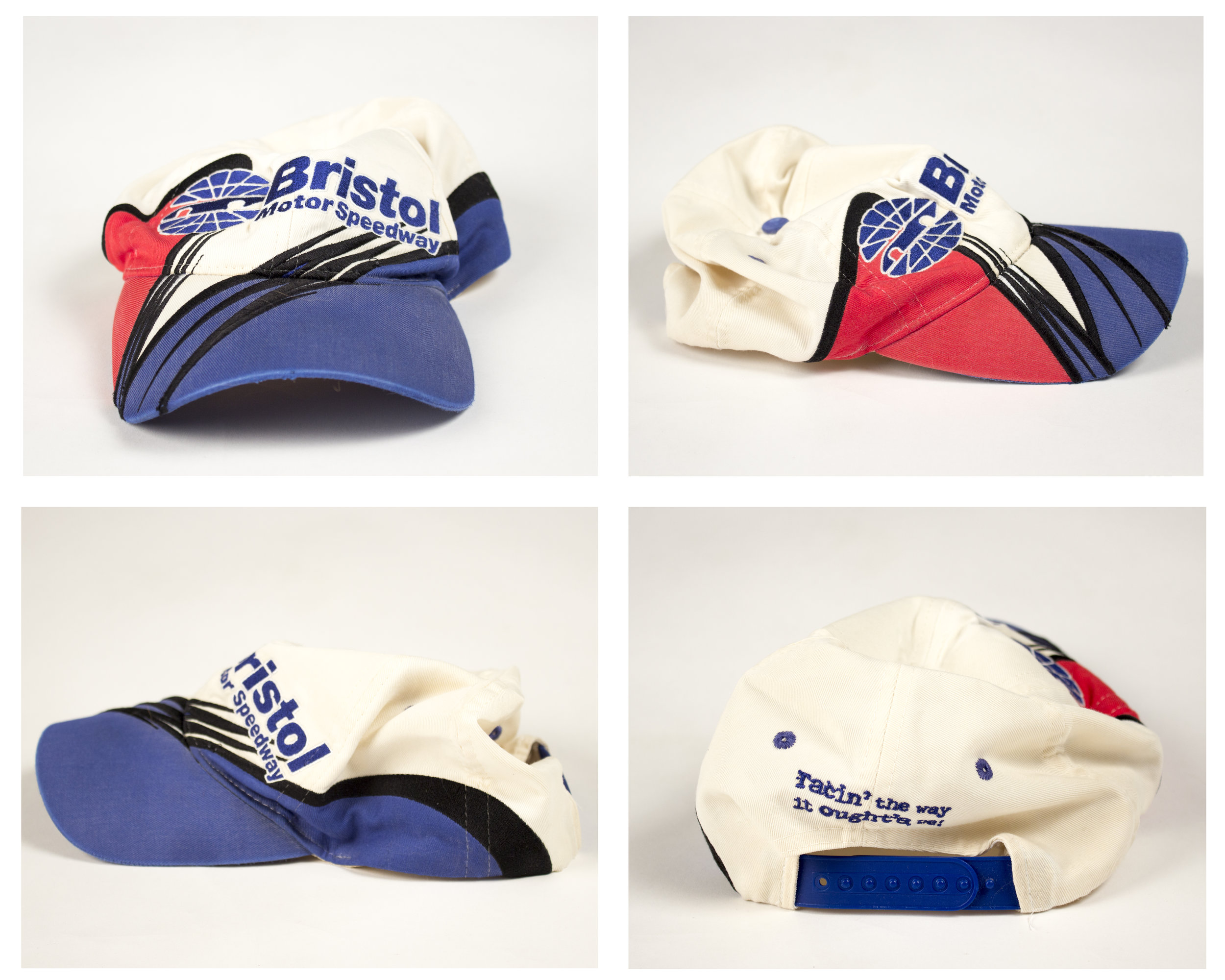
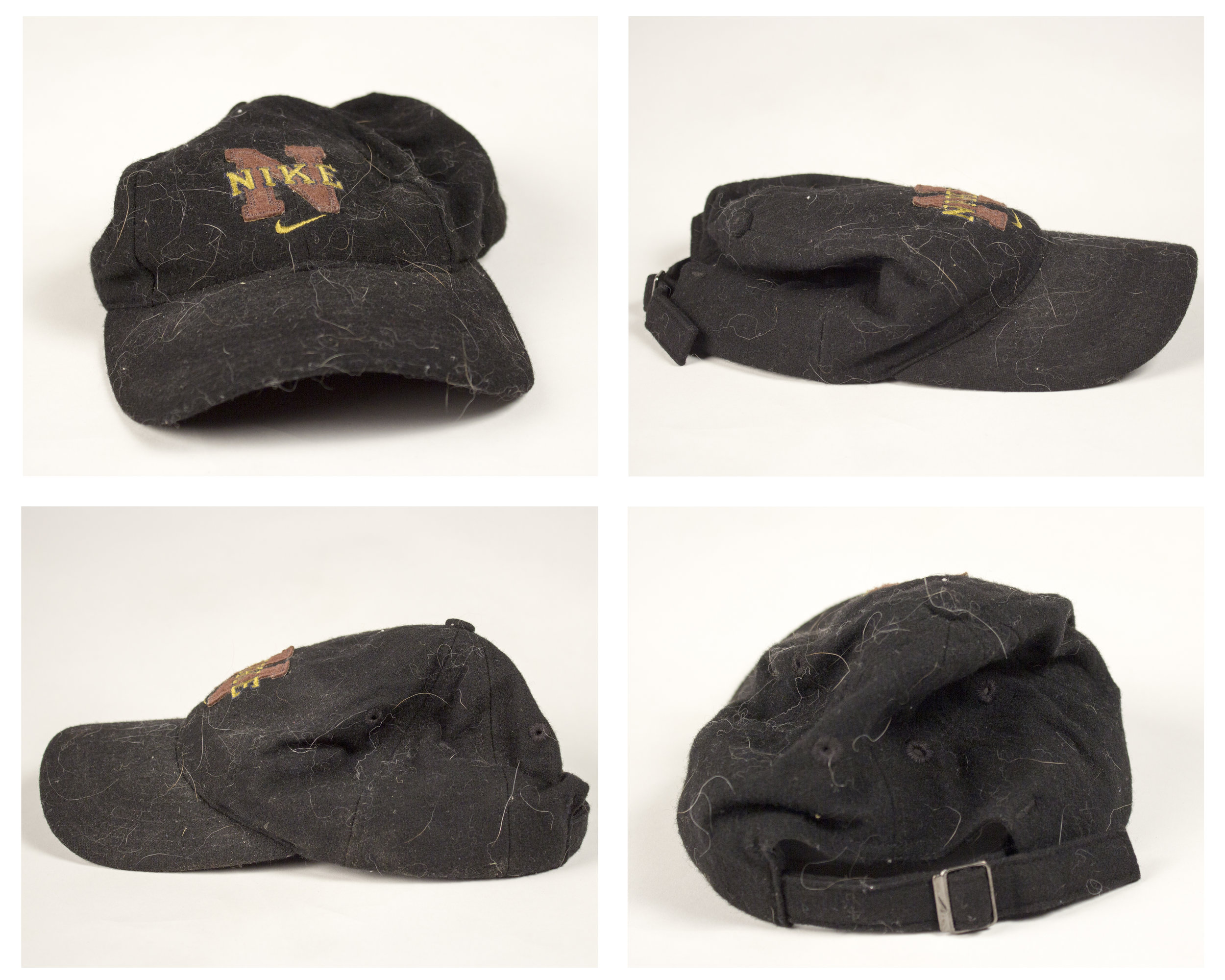
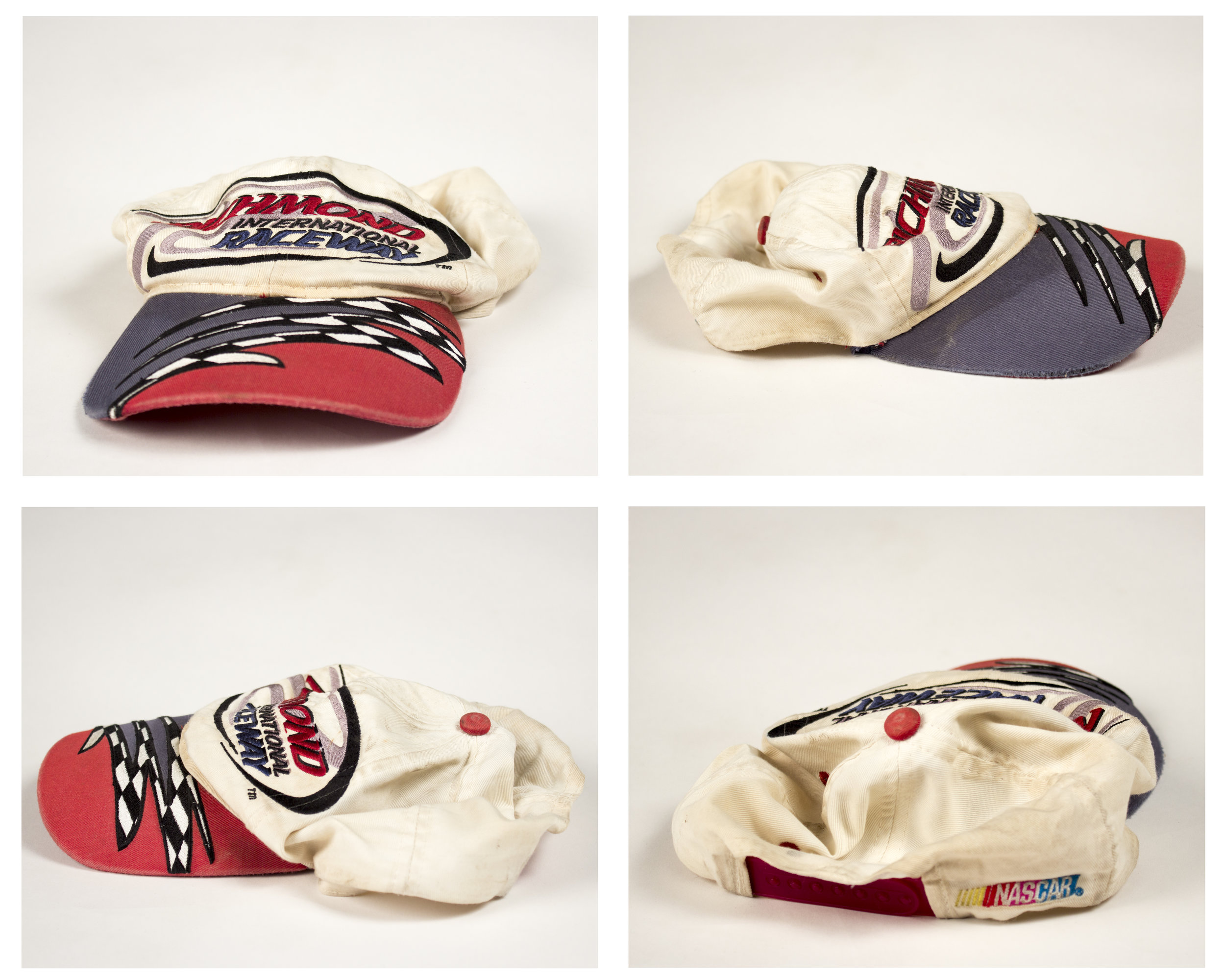
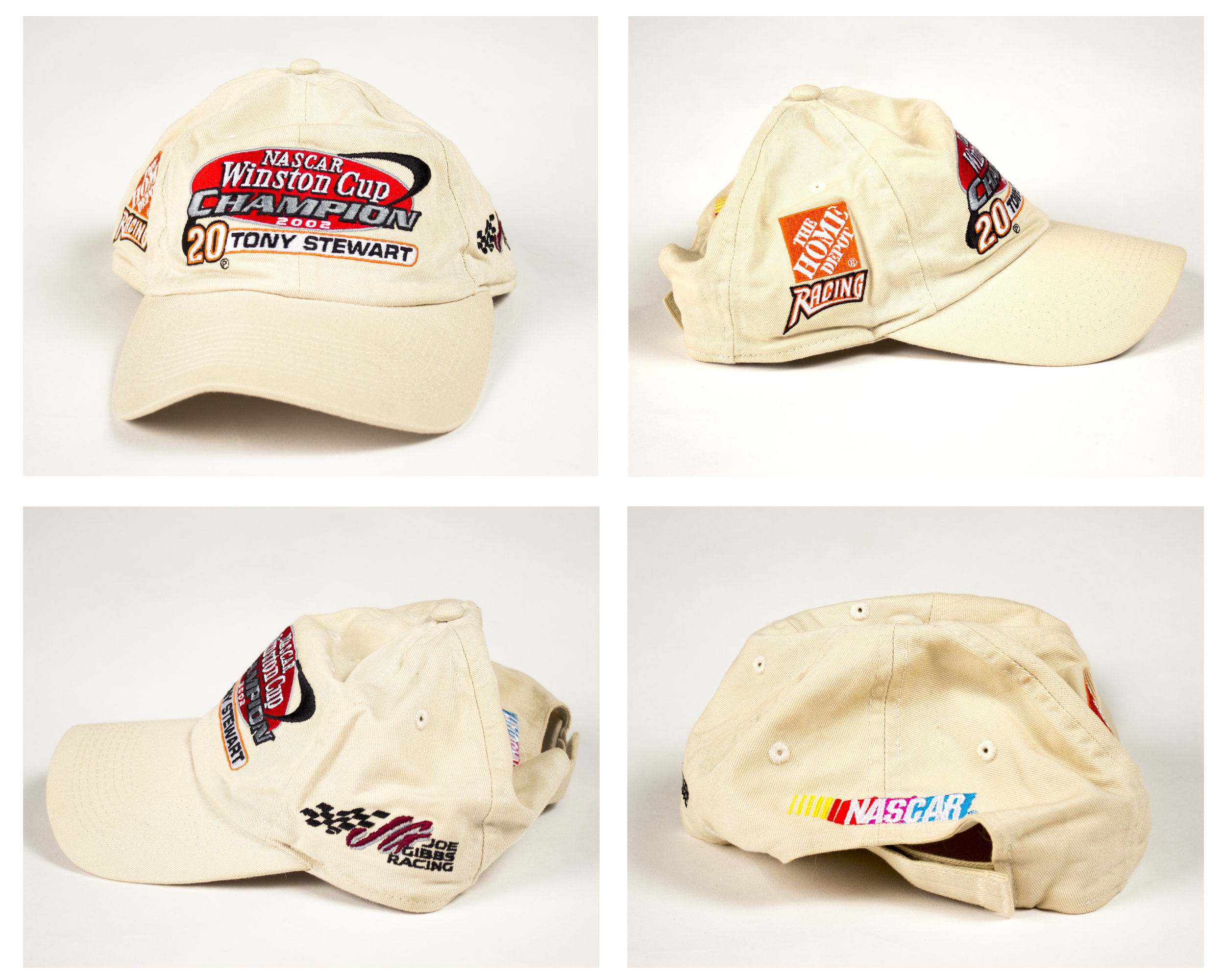
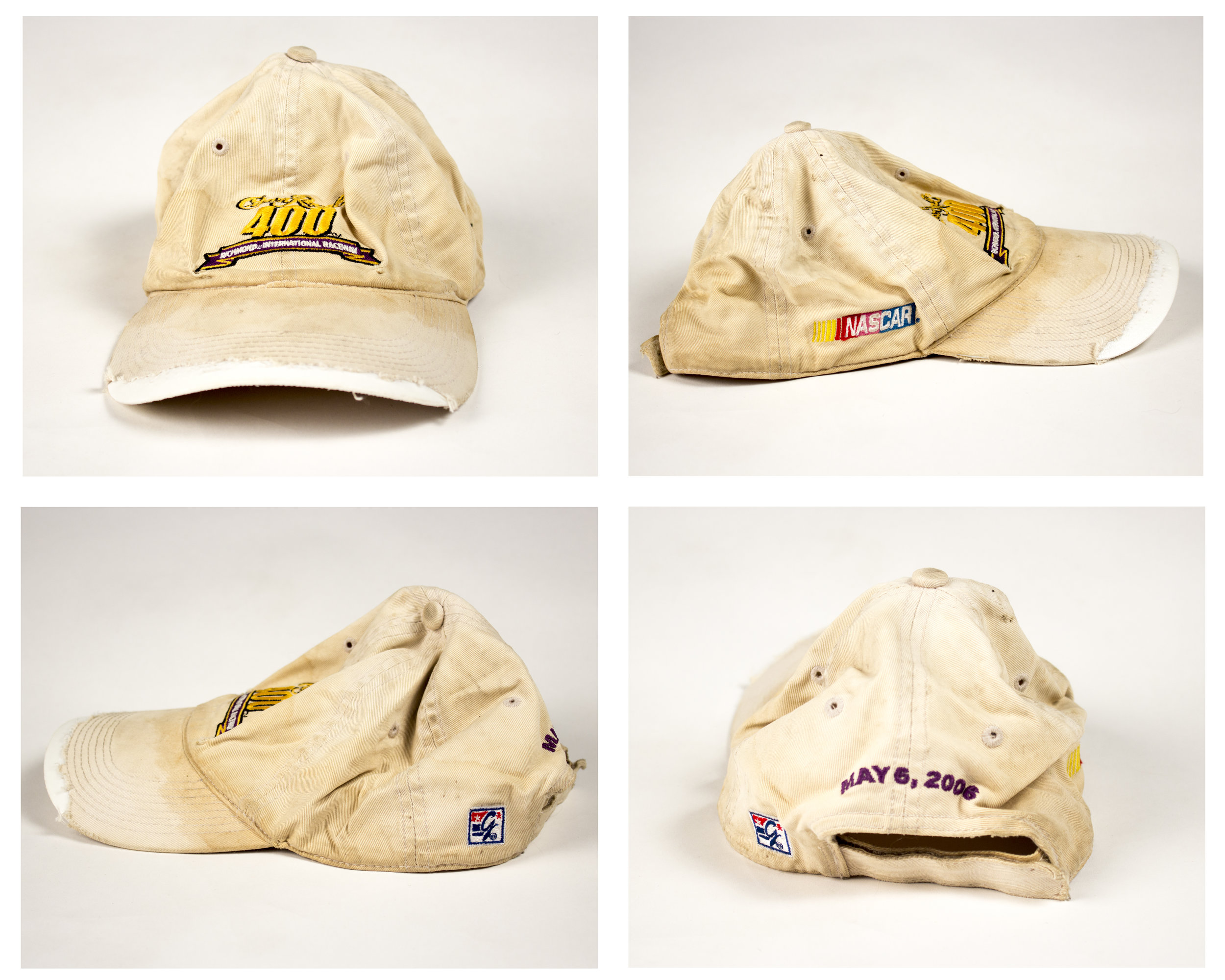
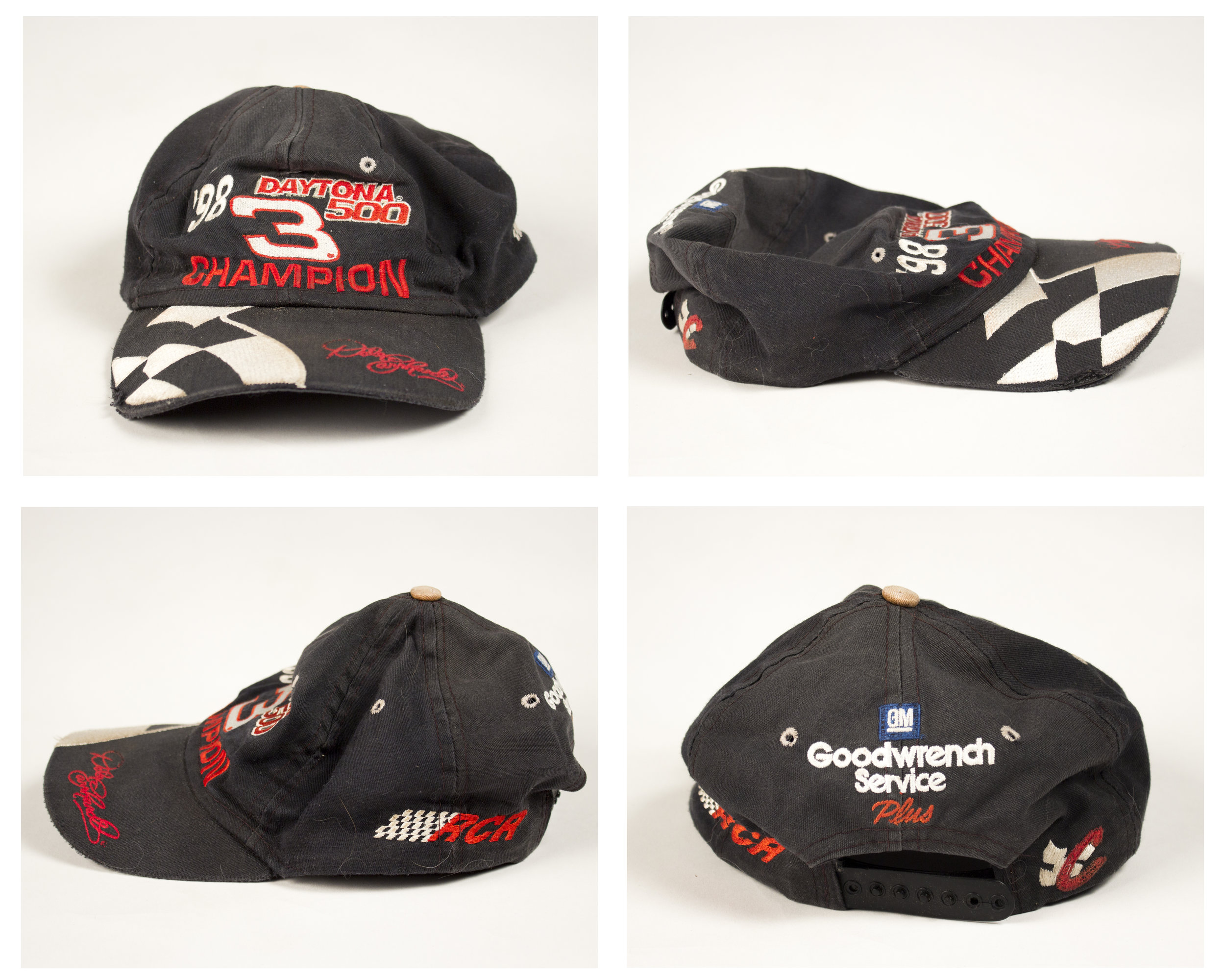
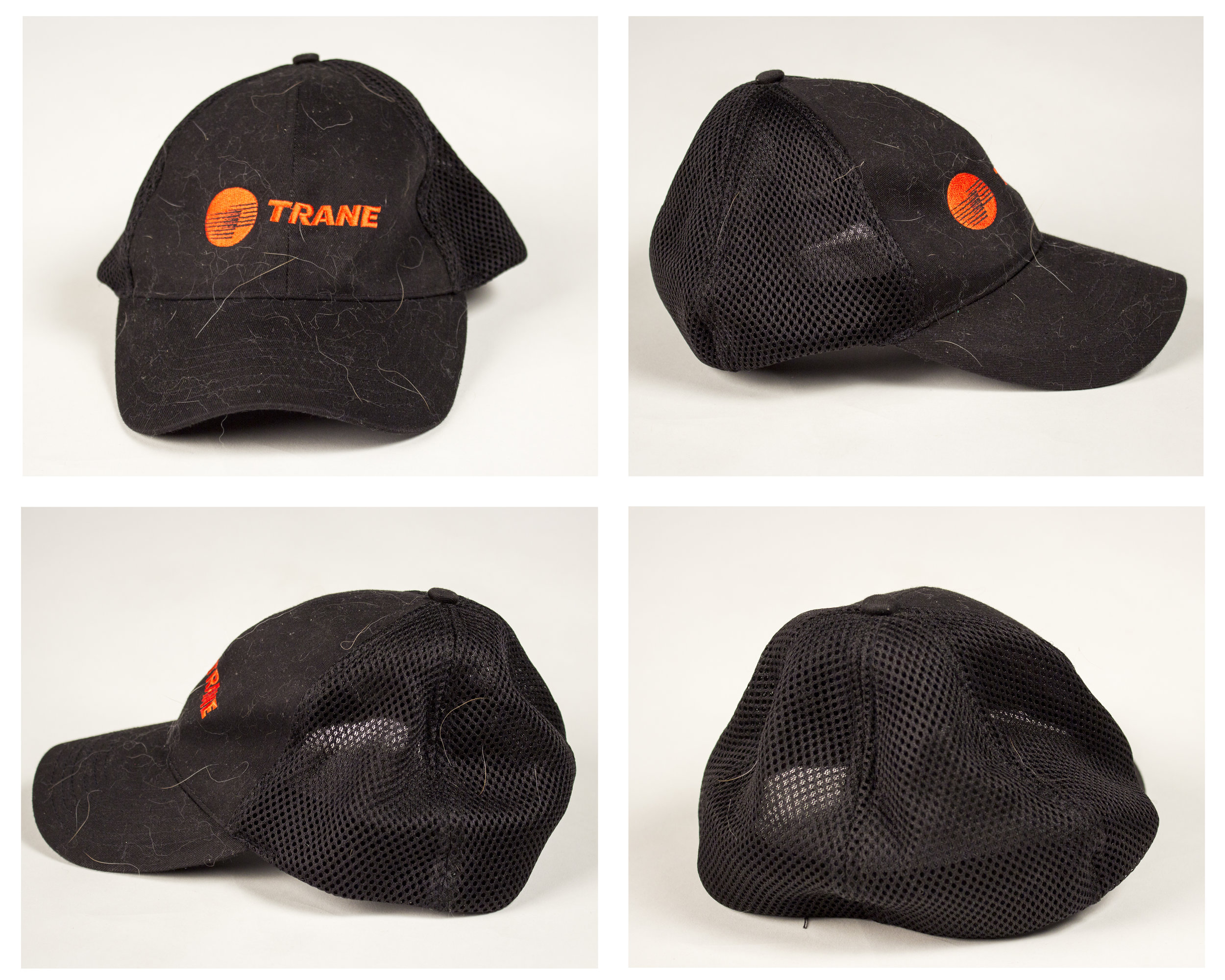
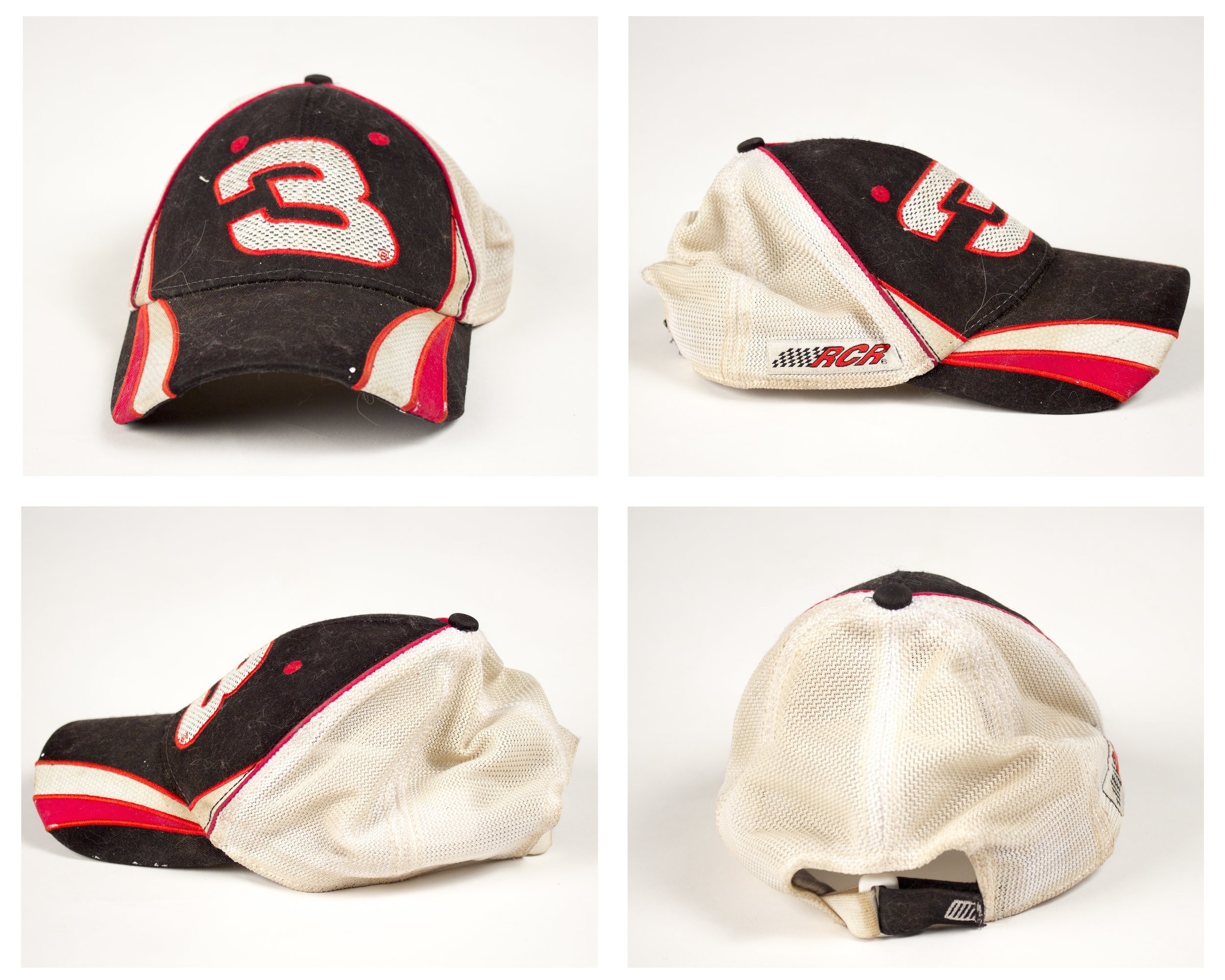
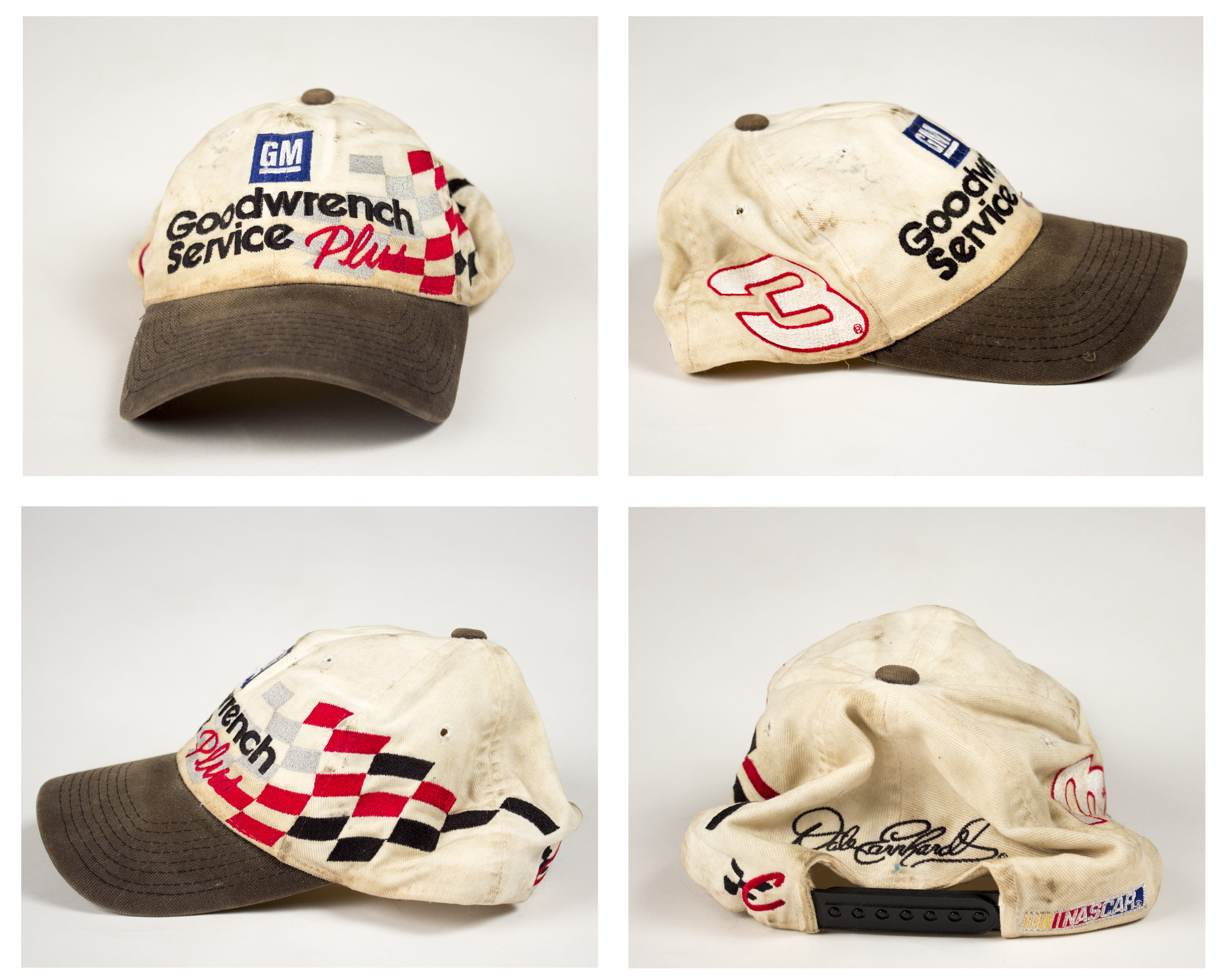
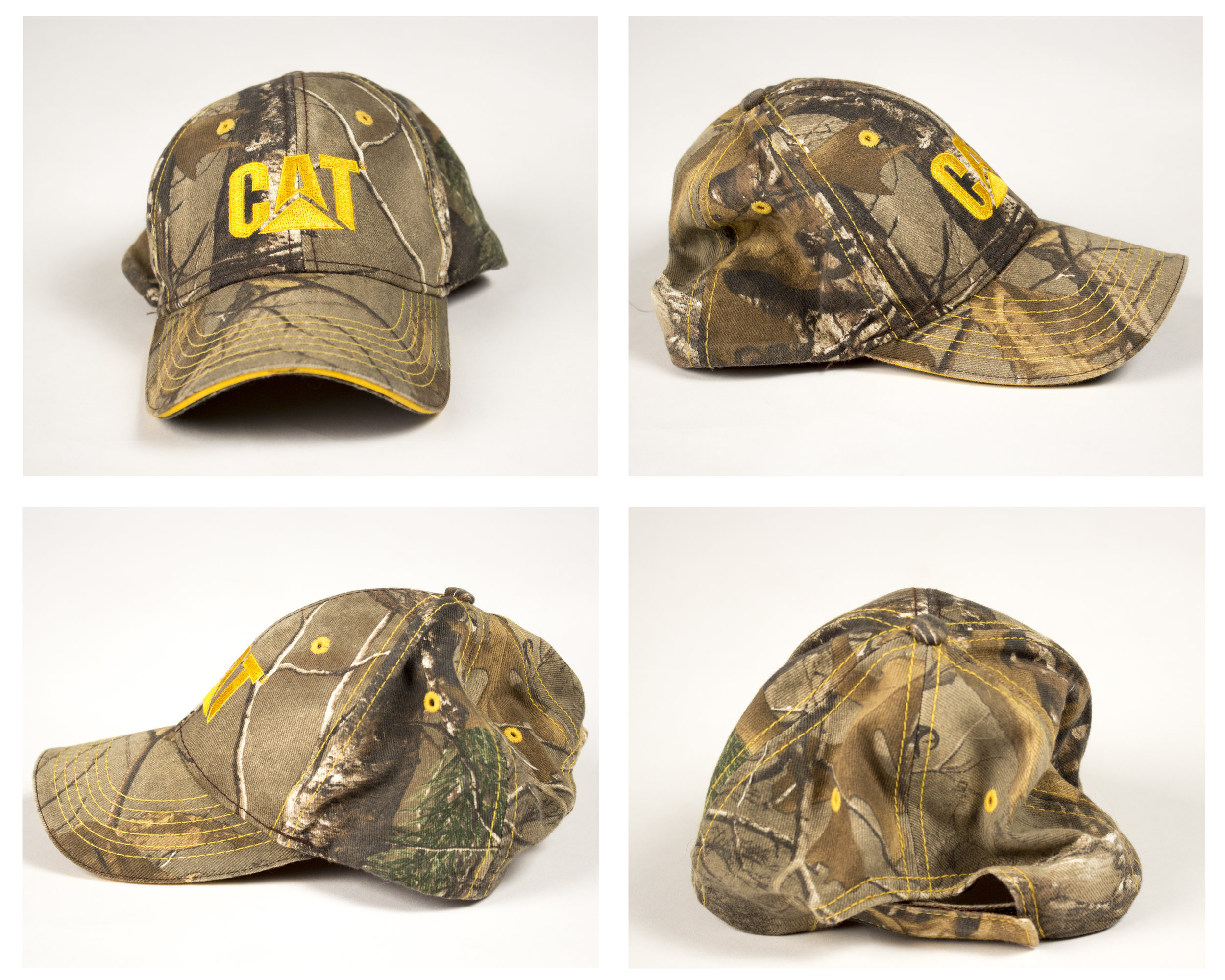

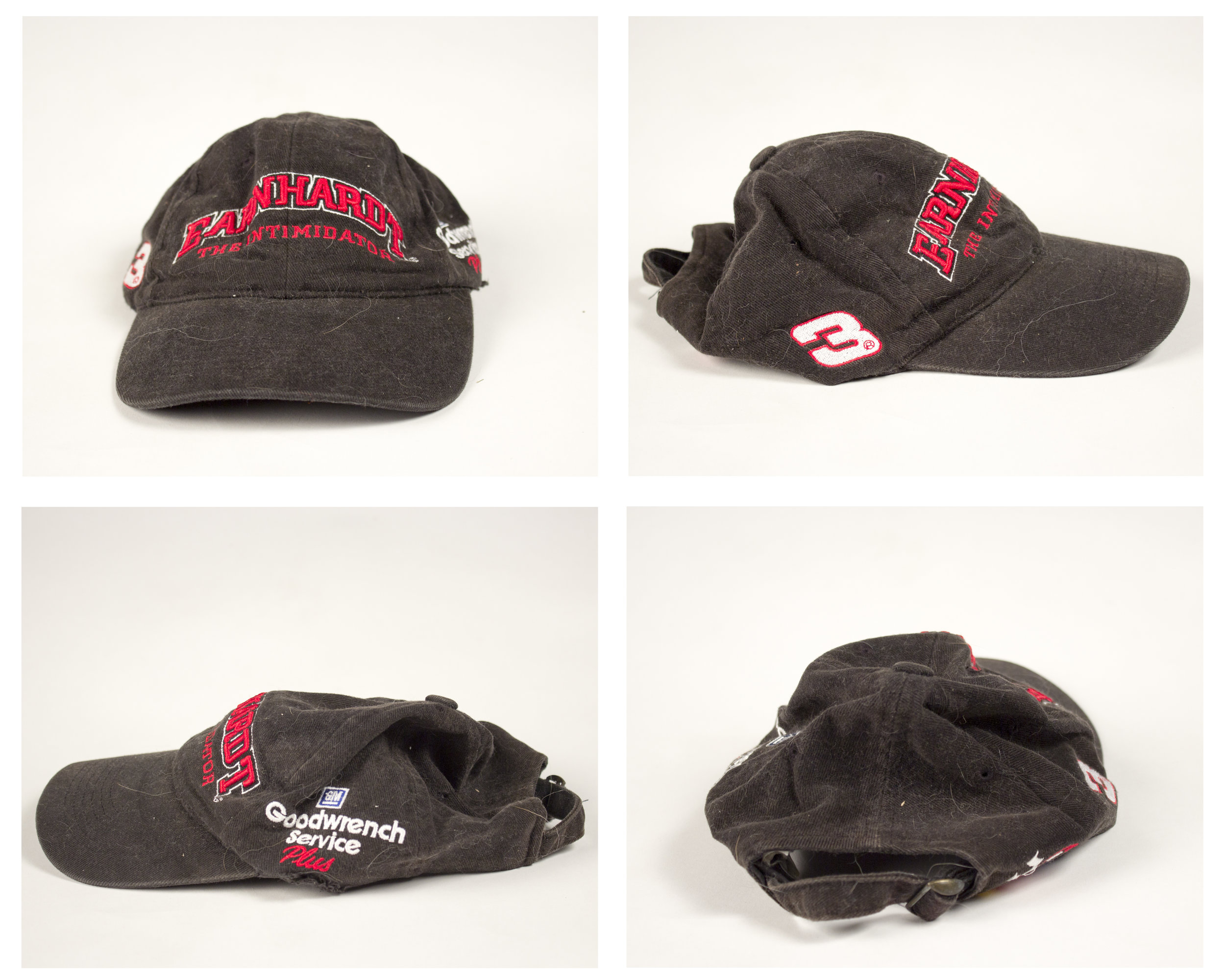

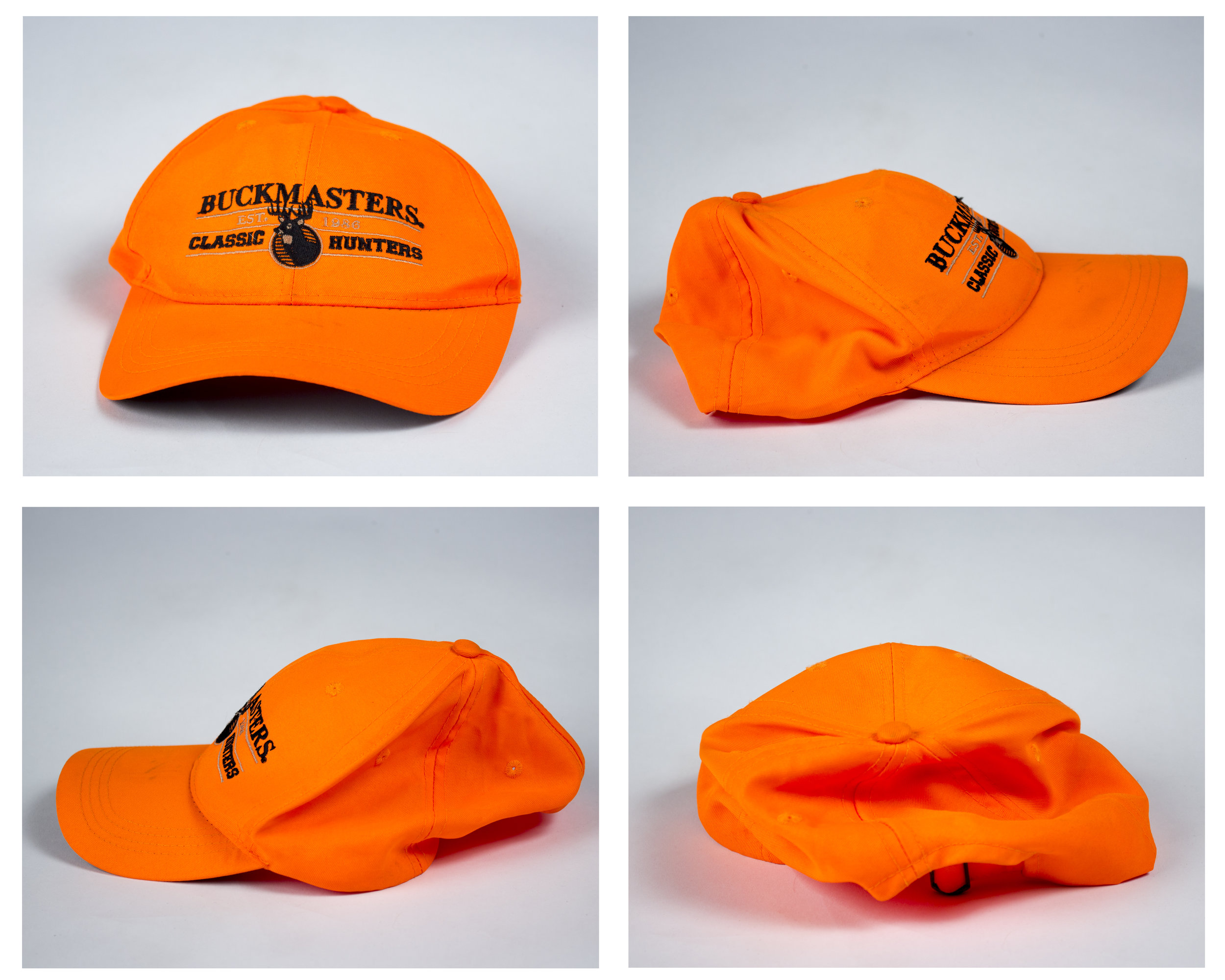

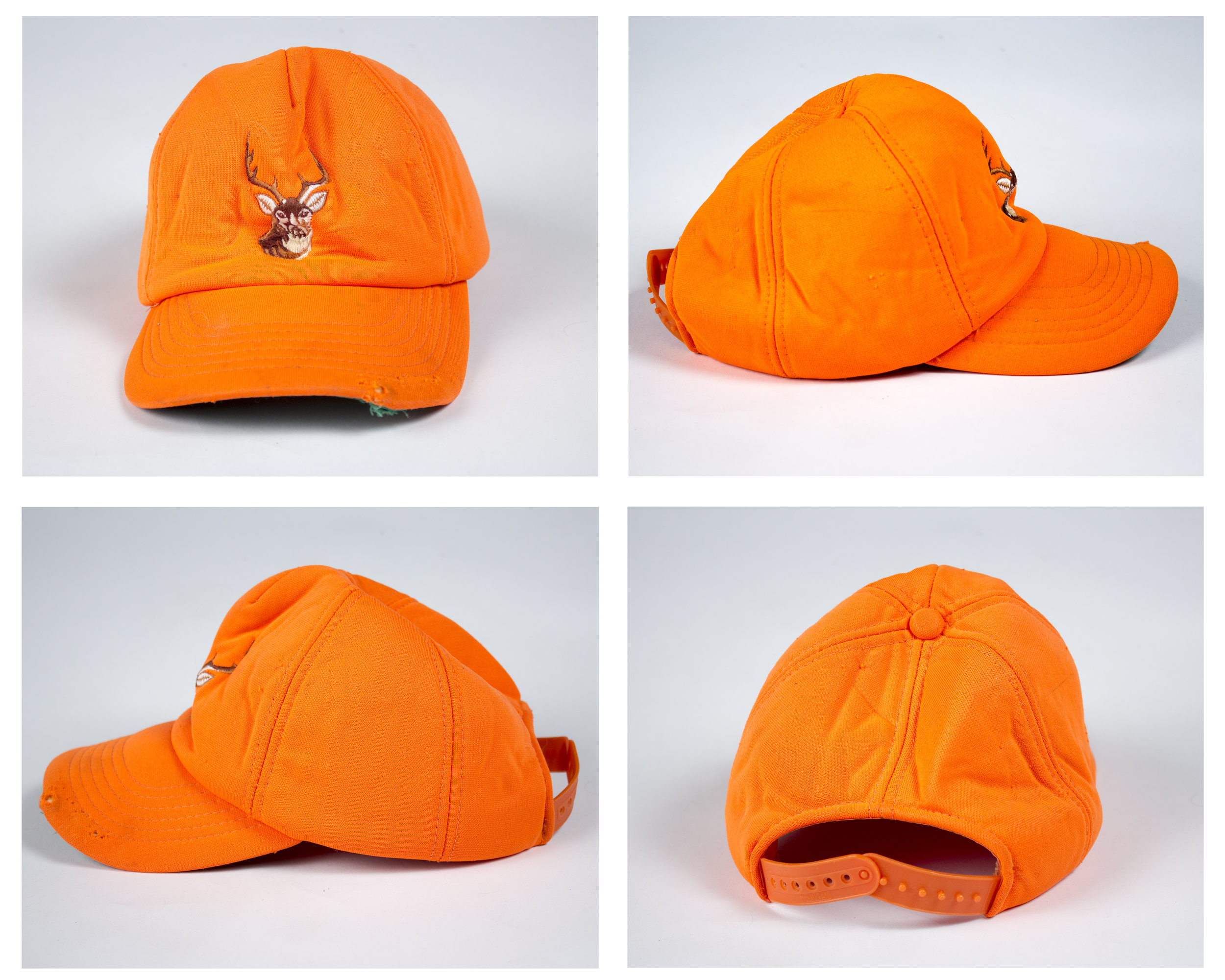

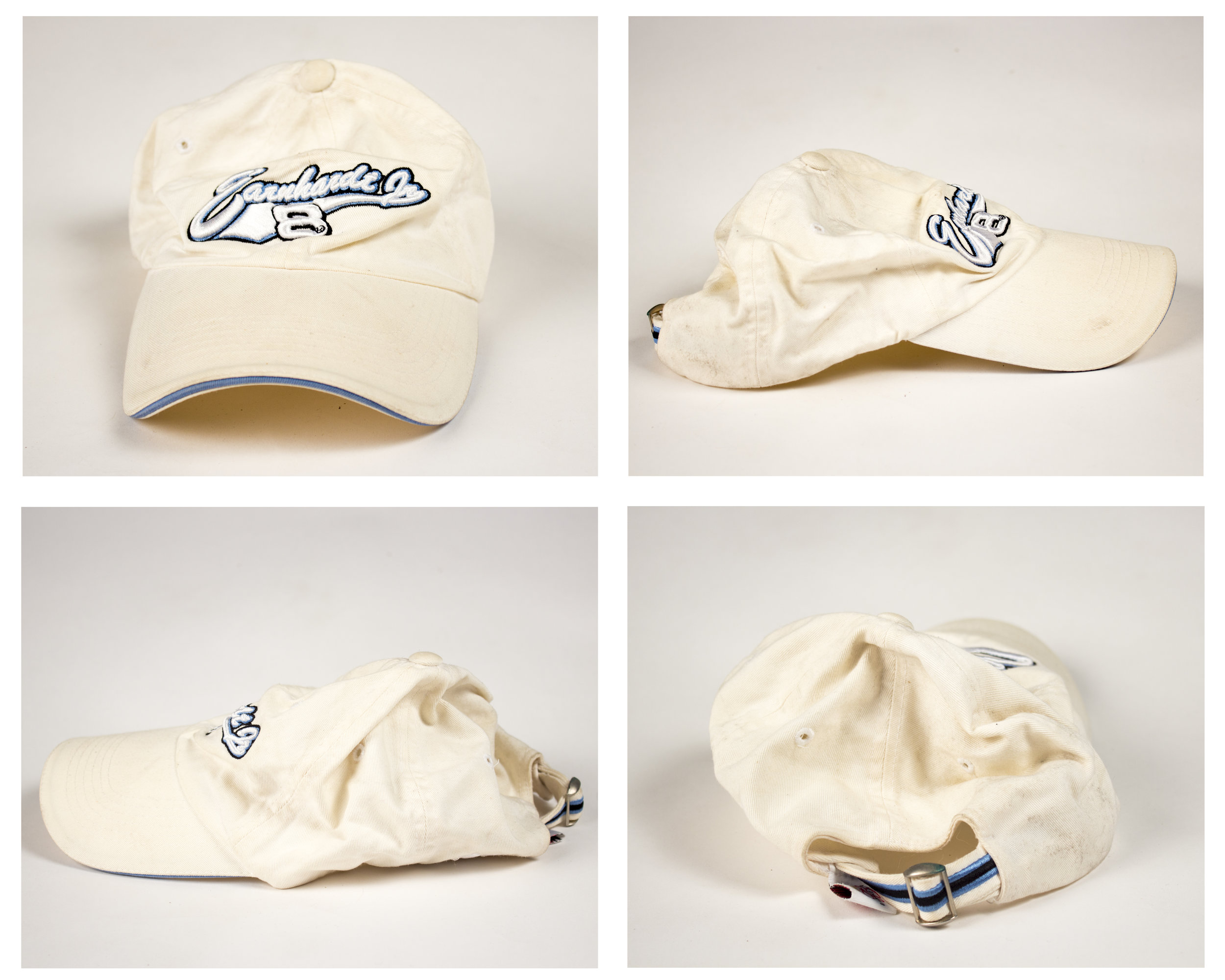
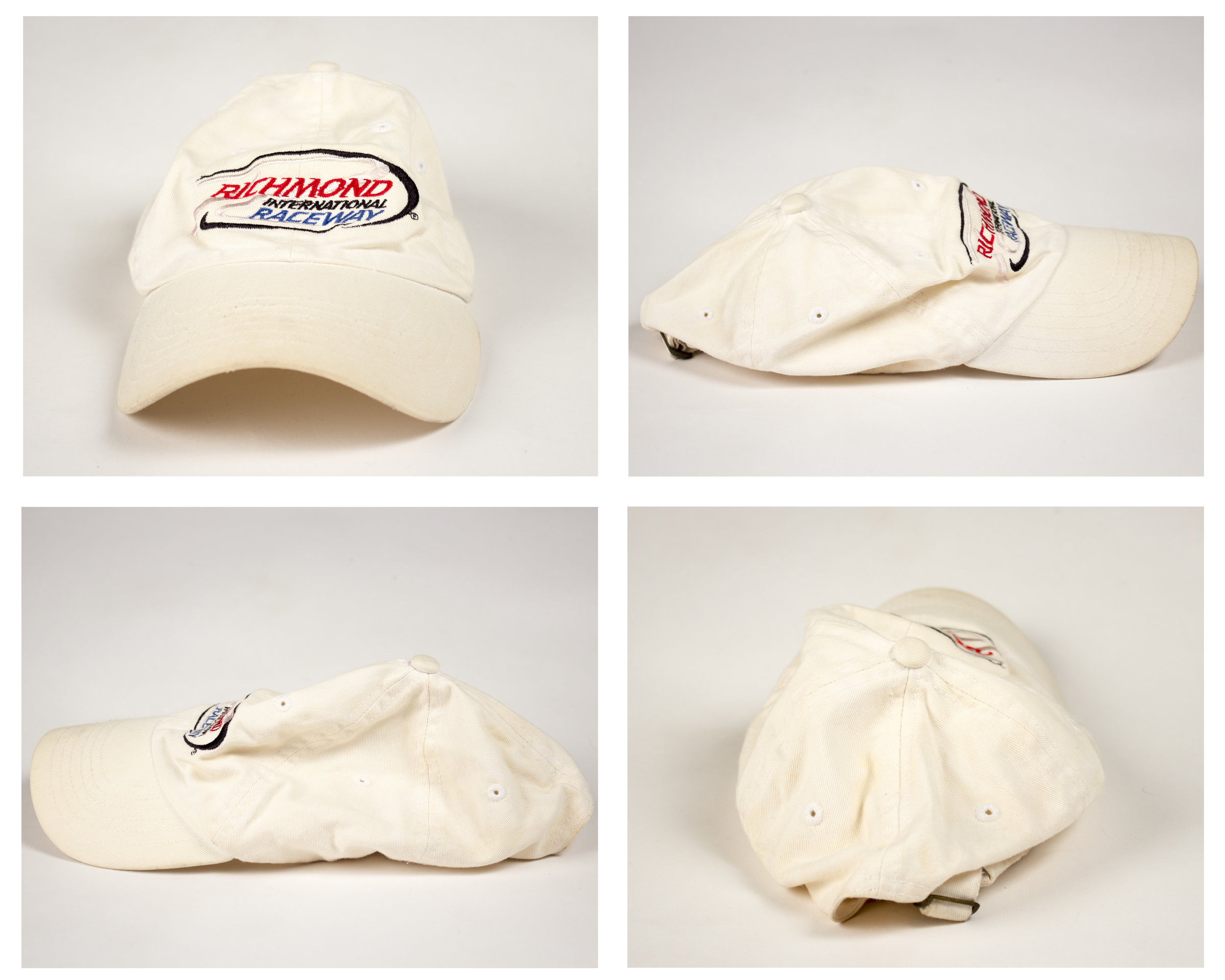
Left Behind
My father died unexpectedly in early 2015. He was working class poor, and spent the entirety of his life in the construction industry as a carpenter. Upon his death he had very little, except for his clothing and a few odds and ends. In order to process his loss and honor his life, I decided to ritualistically photograph every article of clothing he owned. I spent hours in the studio, carefully indexing and documenting his clothing, which felt like an intimate and meaningful way to connect to him. As a construction worker, his clothes were soiled, tattered, and dirty….and he liked it that way.
I loved holding each of these pieces, delicately laying them out, and photographing them. I was moved that so many pieces still smelled like him…
In spending time photographing his clothing, I noticed the memory of his body, the sweat stains, the hair, the dirt left behind, and I realized that these clothes were sort of documents of his existence. As they contain his shape and his DNA, suddenly it became clear to me that they were proof of his life even after his death. The ghostly emptiness of the white background and the formulaic process of photographing the items helped me see the work as accessible to others who may have also experienced the cutting pain of a loss like this. While these items are representations of my father, they also serve as stand ins for other physical items that become portents of our ephemerality after death. Their permanence smacks at the impermanence we have in this world. Please enjoy this small selection of this body of work.















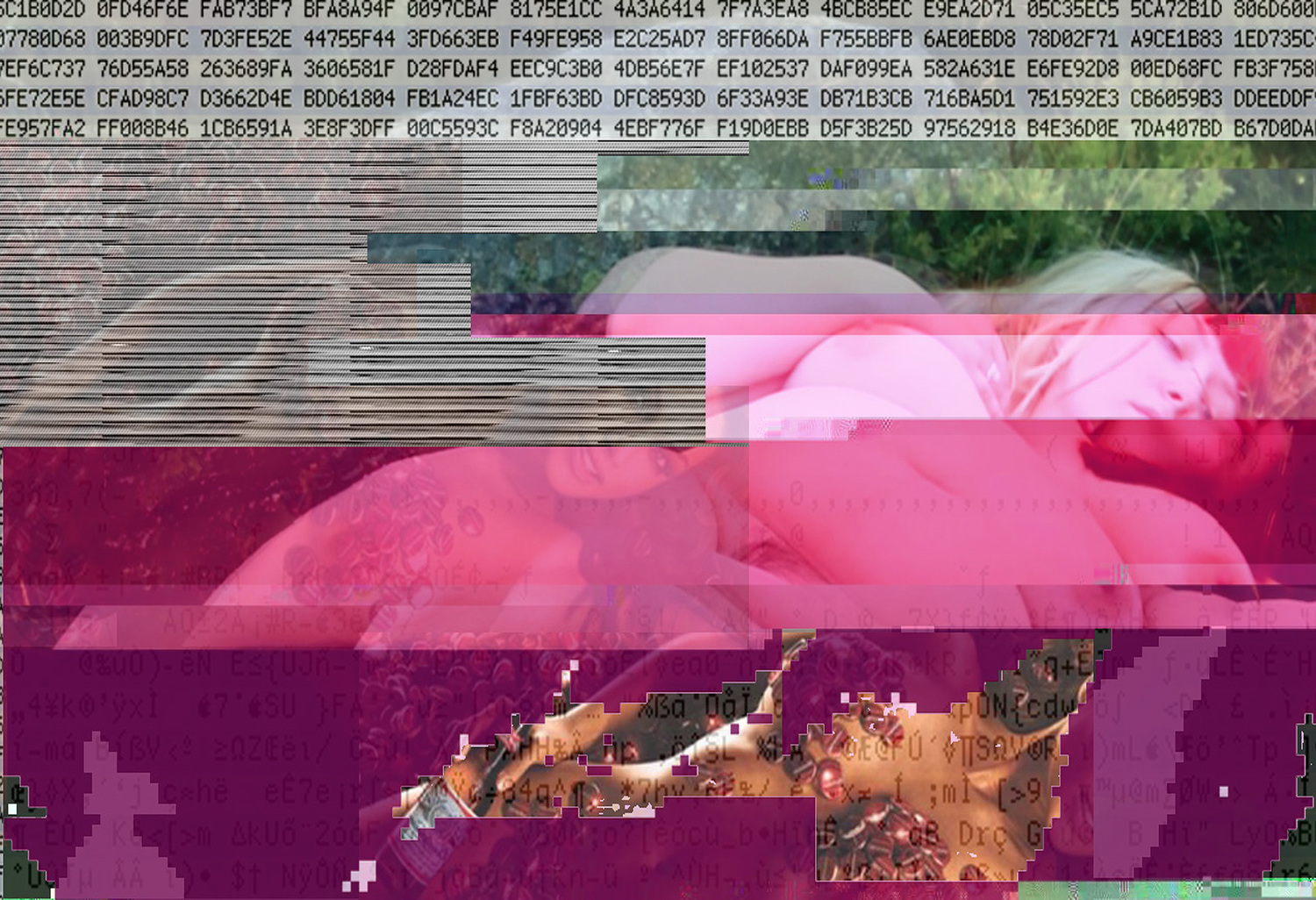

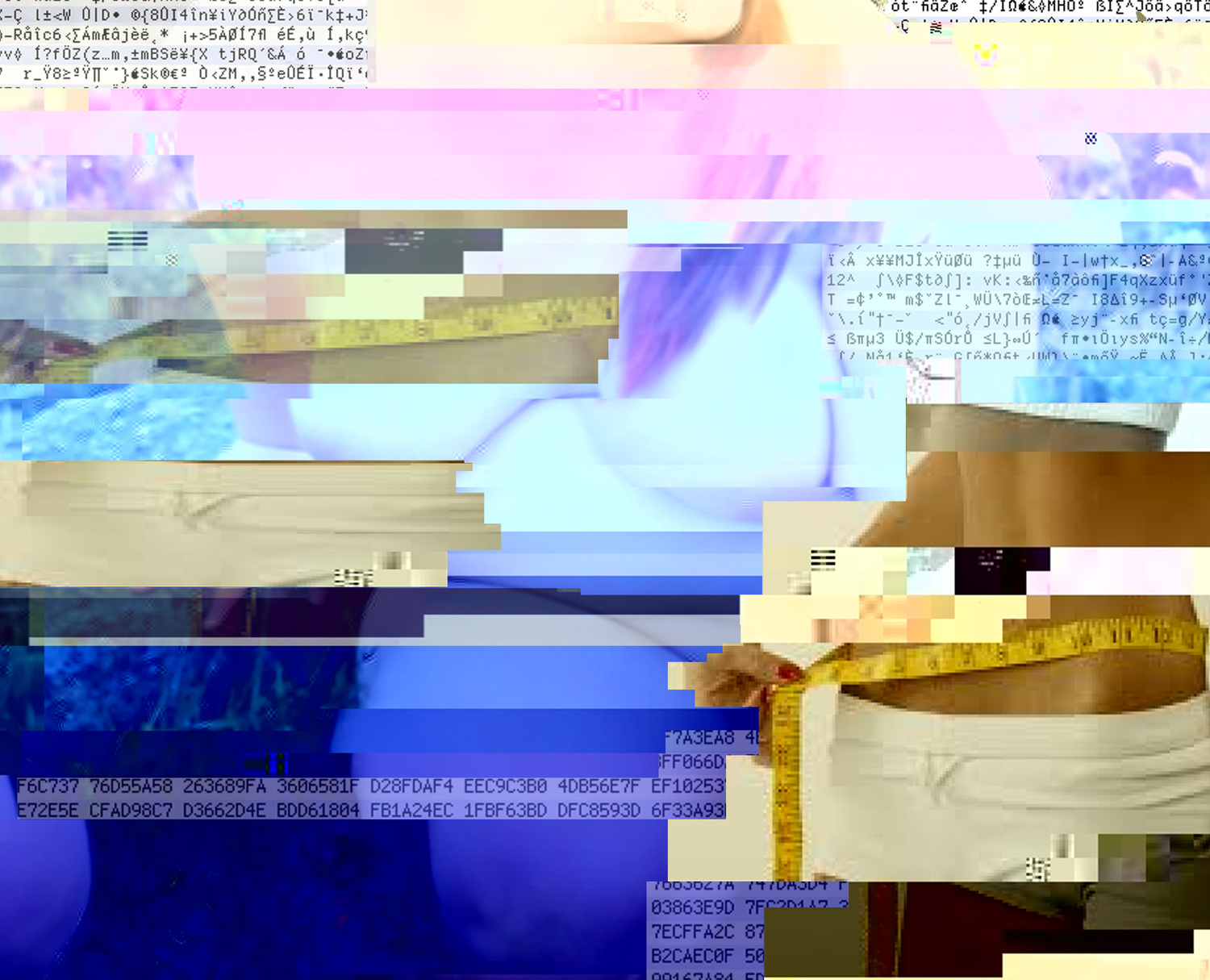
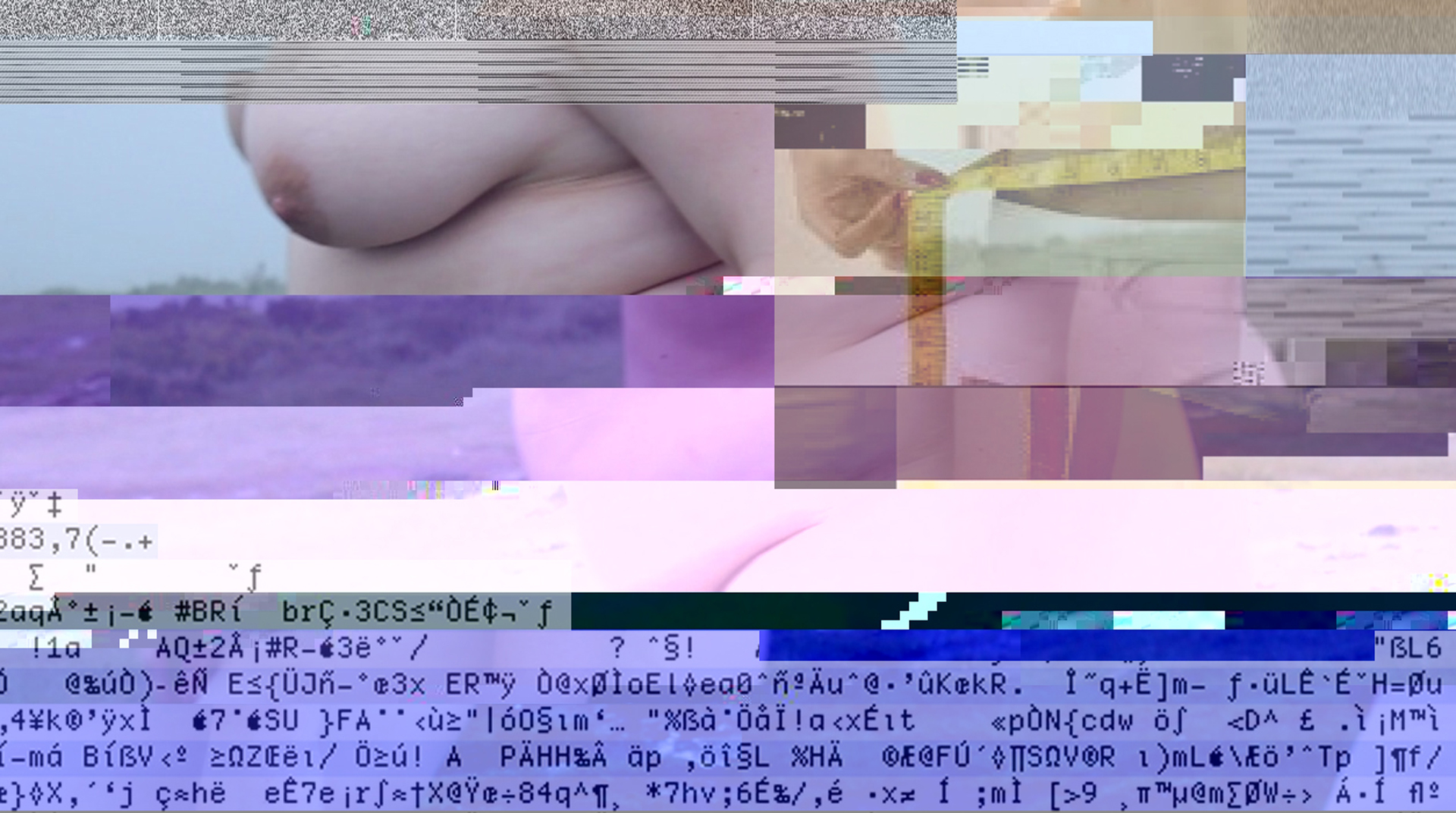
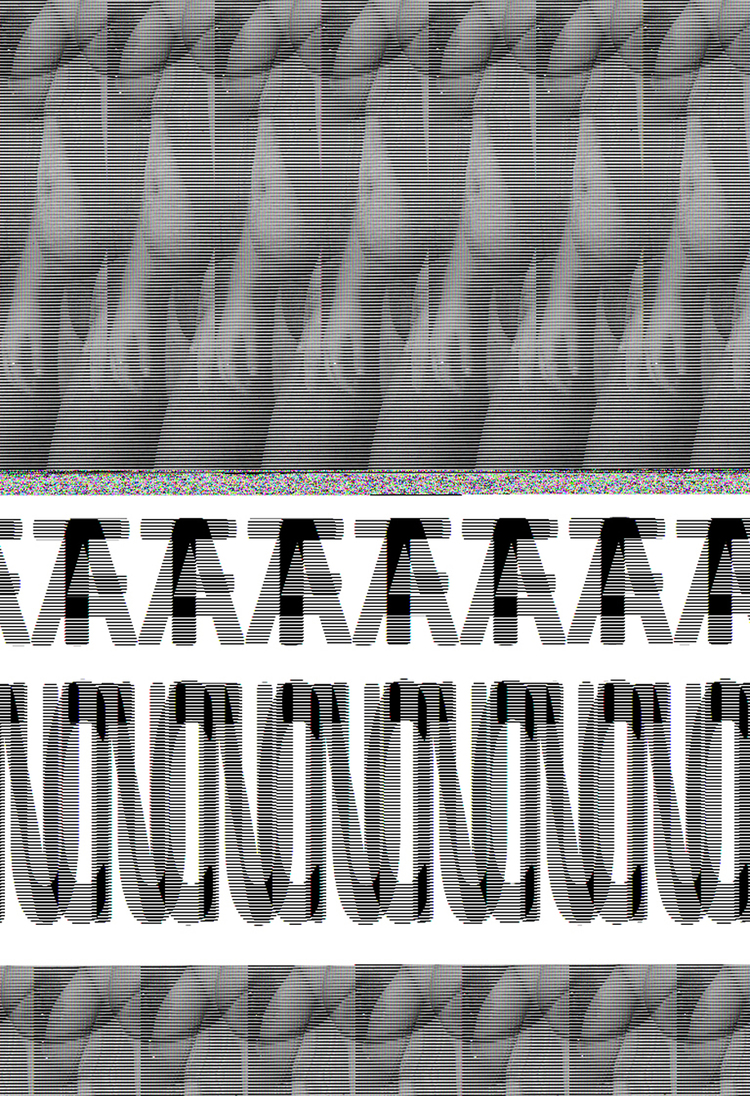
Glitch Art - Facebook Ads
Often times targeted ads can be upsetting or triggering, especially to women who suffer with body dysmorphia or other weight or beauty related issues. As I did more and more work on the CONTROL series, the targeted ads on my social networks began to change, and suddenly they became very much directed at weight management and body image, with some even conflating fat content with self-worth and desirability. Social media was a place where I wanted to go to escape from being bombarded about body image from every TV and radio ad, but suddenly my safe space online was no longer safe. This prompted my exploration of digital glitch work.
The images this series were created by going into the hexadecimal code of the image files in order to purposefully glitch and destroy them. I started with nude self-portraits, and inside each image, I went into the code and added textual data to begin breaking and modifying the photo. The textual data used to break the images came from the hexadecimal code from a facebook ad geared at weight loss or body image.
After using the code from the ad to disrupt the code from the self-portrait, I then went back into the self-portrait and added in brief statements about how the ads made me feel about myself or my body. The textual data of each confession, fear, or anxiety further broke the self portrait, revealing this ugly glitch or interruption in the image.
Since glitching is a process that cannot be controlled, I wanted to re-establish some of that control in my process. So I took the glitched portraits, the facebook ads, and the code into Photoshop and began to composite them together. The above series shows the results of that process.
By allowing part of the glitched image, the ads, and the underlying code to come together, I'm working with the same language of code, control, structure, and layering to draw connections to societal structures, cultural paradigms, and unfair dichotomies that affect us all, both on the screen, and in real life.
A selection of this series was shown during Art | Basel Miami at the Koubek Center, Miami, FL in 2014.